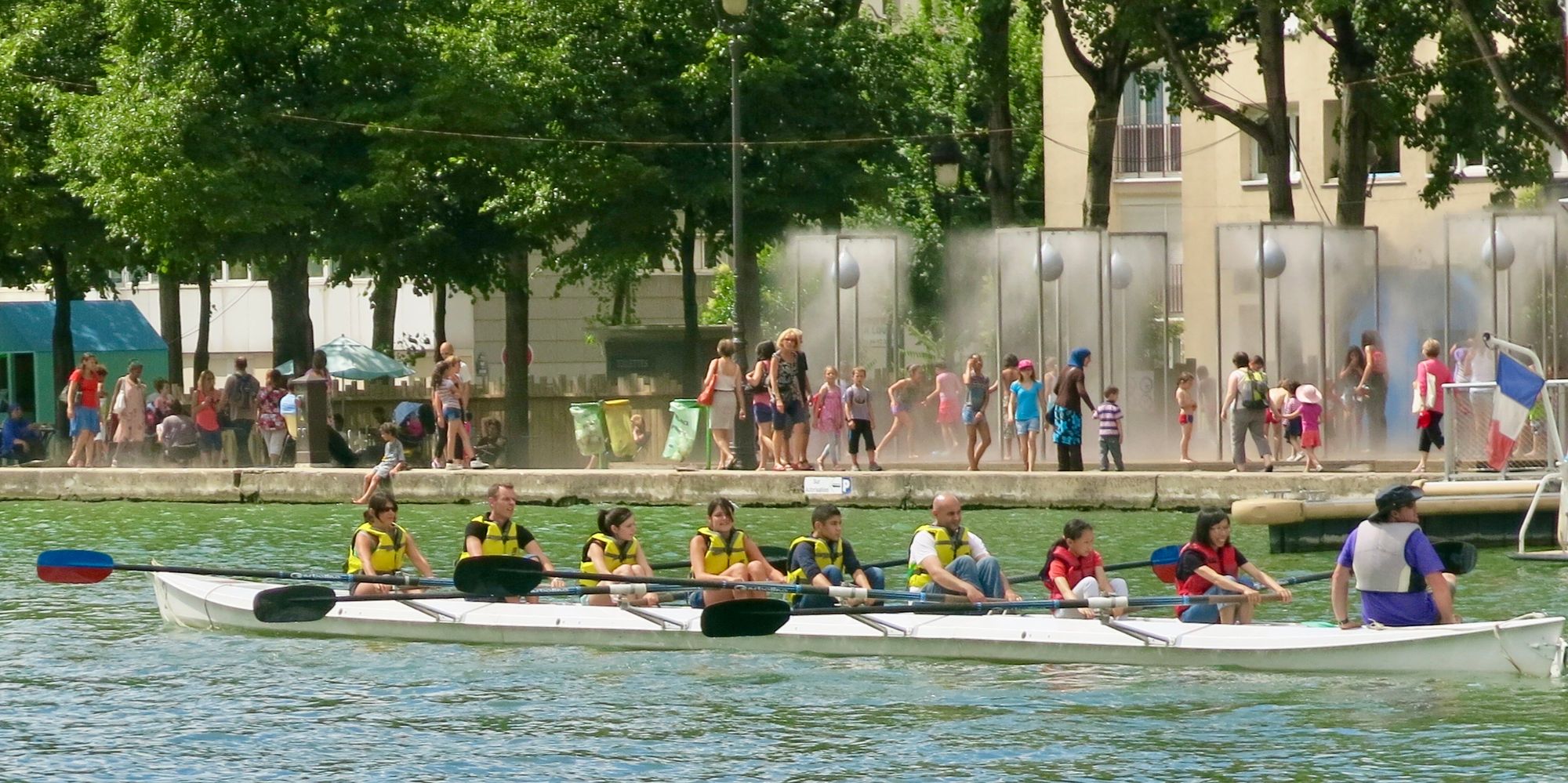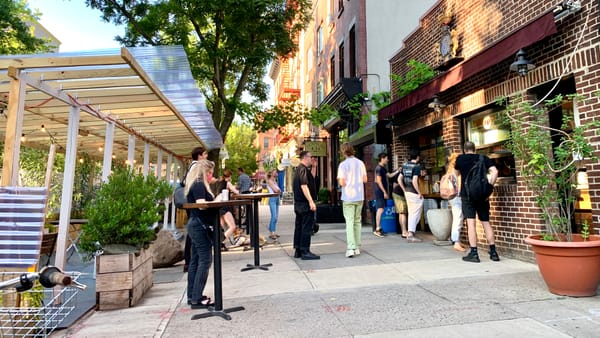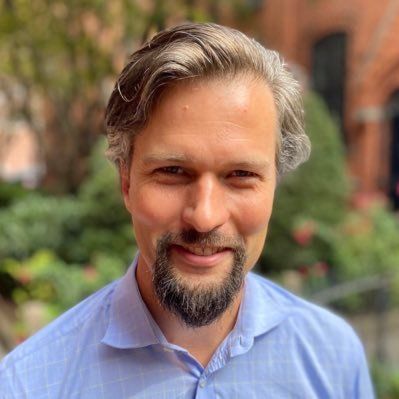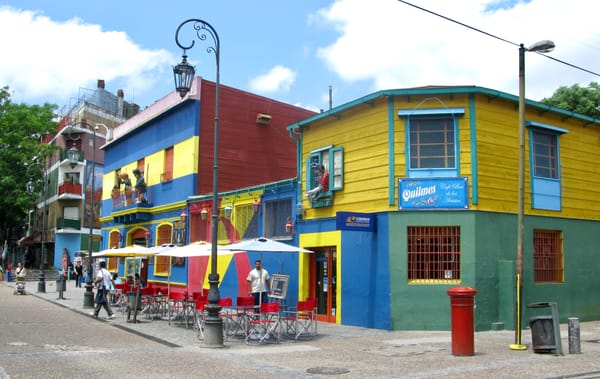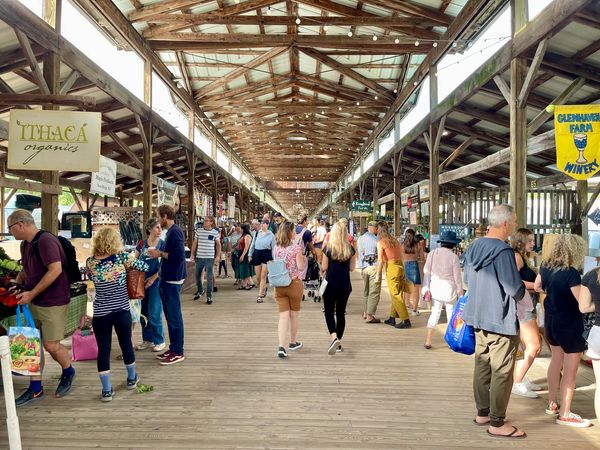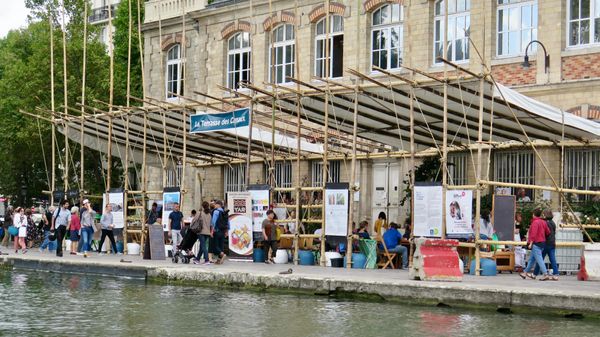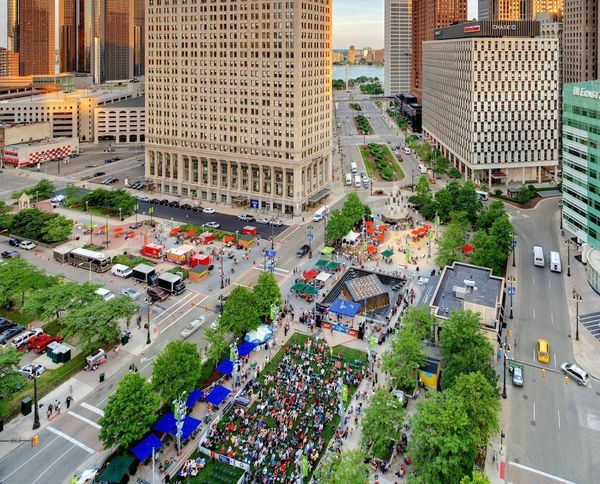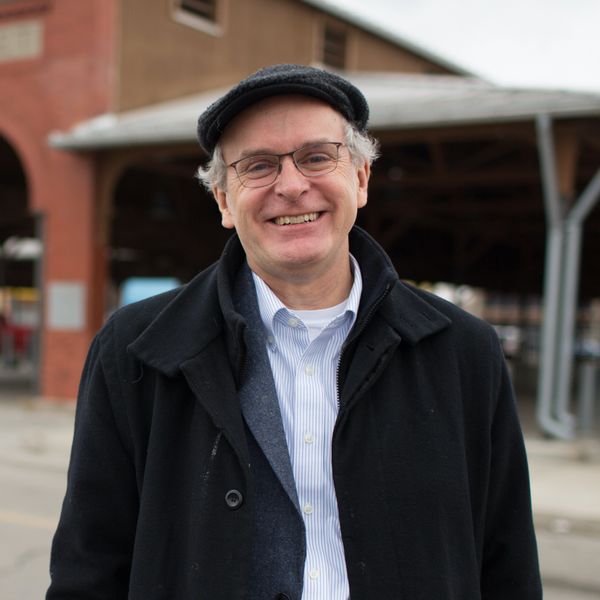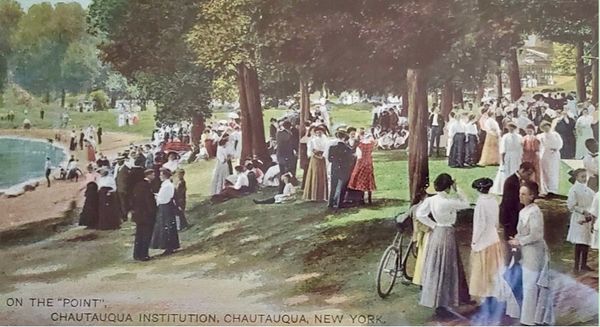Updated February 2022: Making waterfronts better than ever is both a challenge and a big opportunity. Paris, and its Paris Plage, show us how to do it quickly and at a low cost. Paris has led the way on this, turning fast-moving roads into the most accessible and diverse waterfront in the world in just a few short years.
As a way to offer people respite during the summer, Paris initiated a project called the Paris Plage in 2002 on the Right Bank of the Seine. This earned it the nickname "Paris on the Riviera." It has grown from this strong beginning on the Right Bank, and since spread to the Left Bank — extending from the Musee D'Orsay South toward the Eiffel Tower in what became called Les Berges. Then it picked up again North of the Île de la Cité and Notre Dame with various open-air activations and well-used amphitheater-like spaces, then expanding into a stretch of highly creative restaurants.
As a result, both sides of the Seine have become places where people come together to hang out, play, dance, eat and drink, or enjoy a waterfront view of the city.
This article will explore some of the various segments of the Seine waterfront in Paris, showing what goes into such a success story. It will also highlight the latest addition, Bassin de la Villette, where the most inventive of all the waterfront activations occurred in a largely immigrant neighborhood:
Original Paris Plage on Right Bank
Looking back over the years, our almost-annual visit starting in 2002 reveals some of the most innovative and exciting settings and activities that surprised us along the original Paris Plage. We are so often reminded of how thrilling a visit to the Plage is for all residents of Paris and its many guests during the summer months.
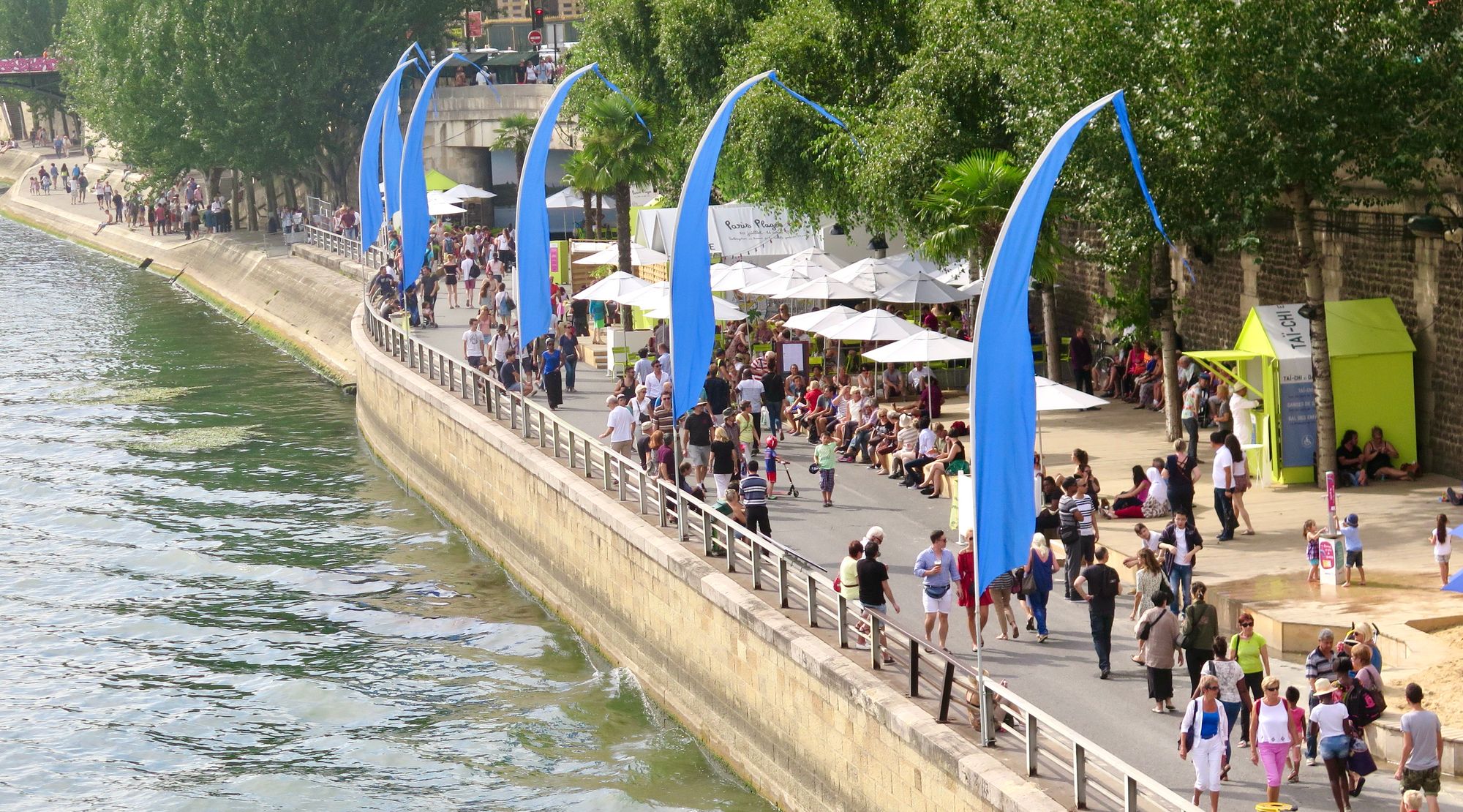
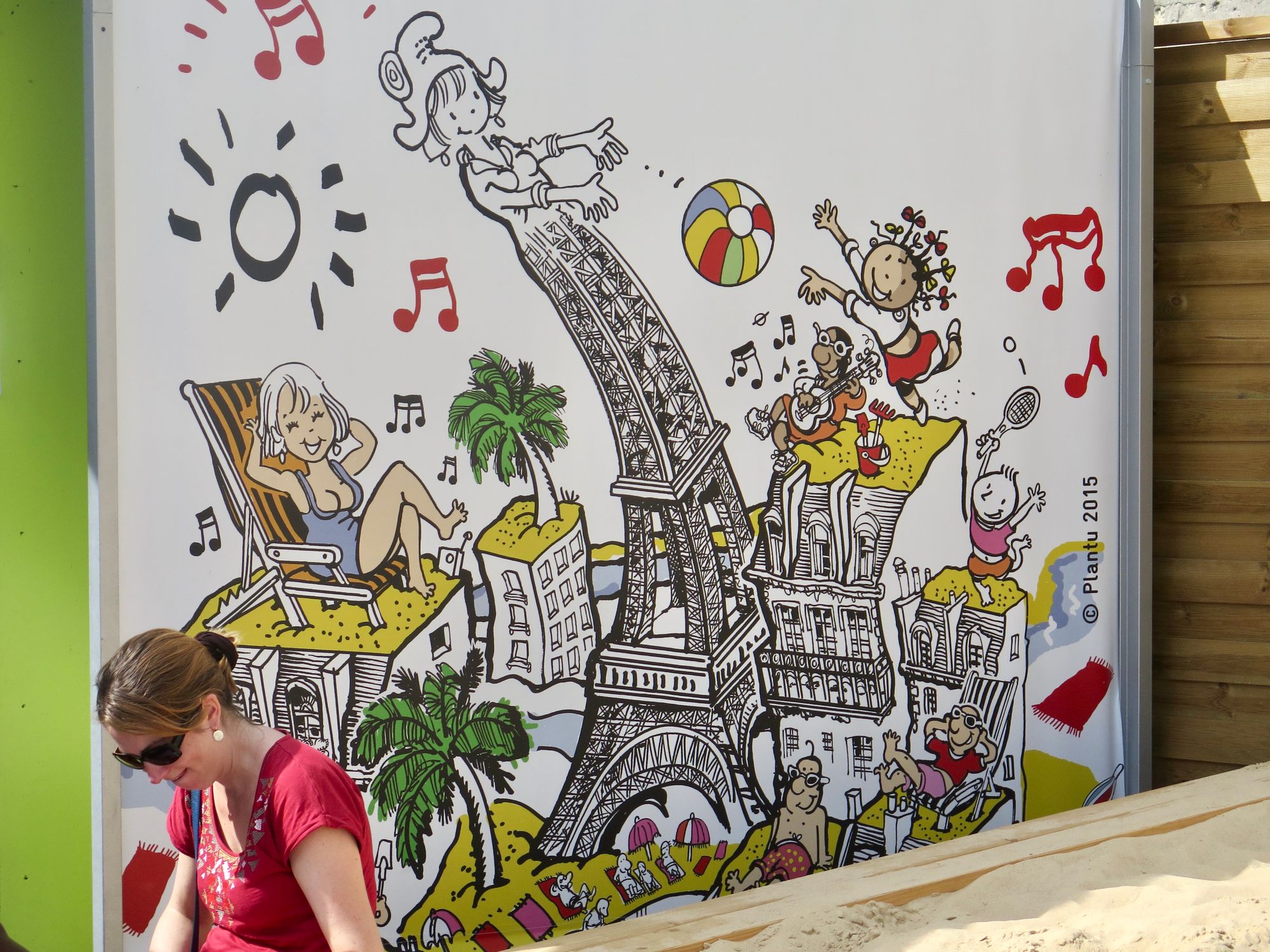
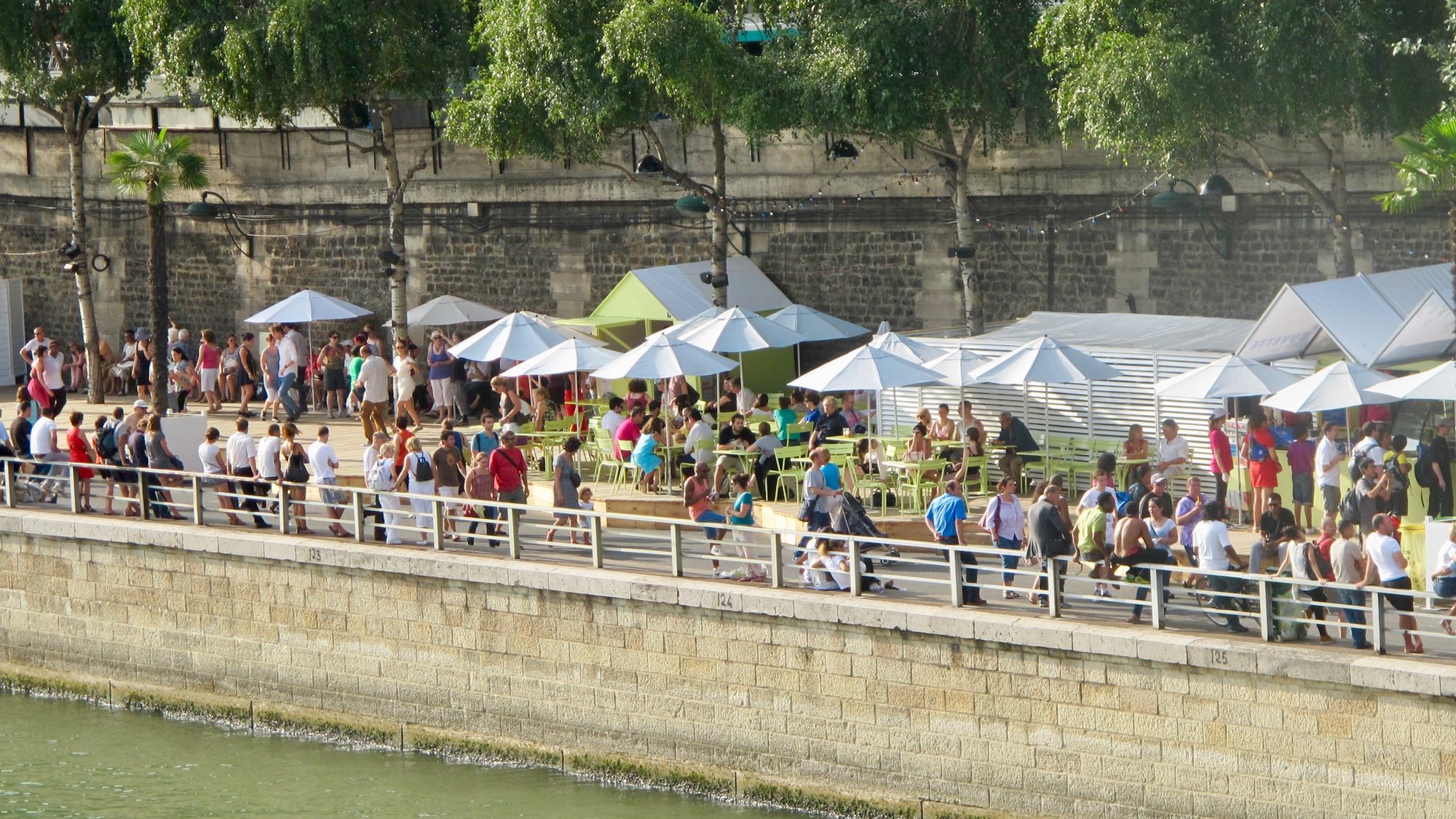
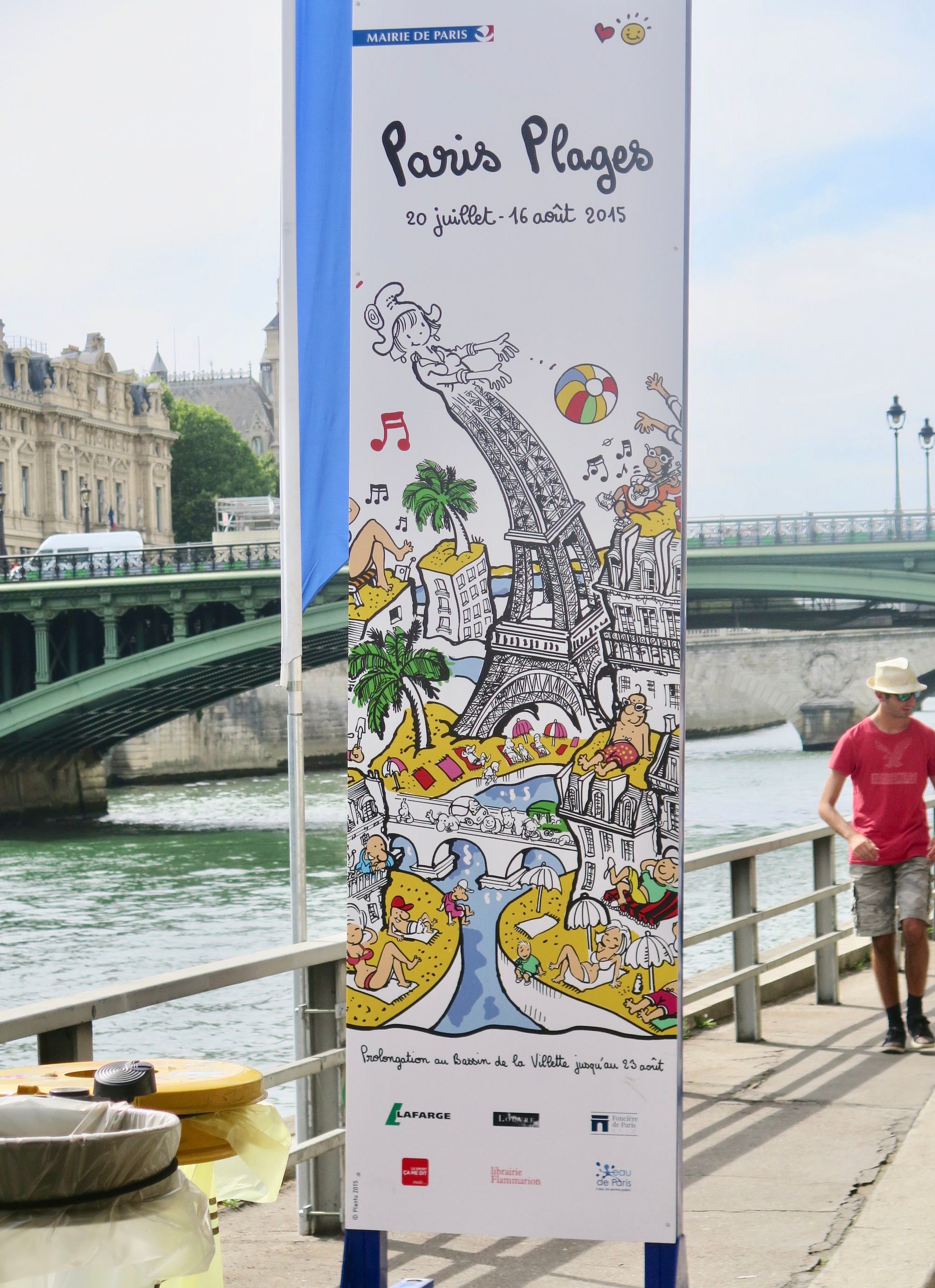
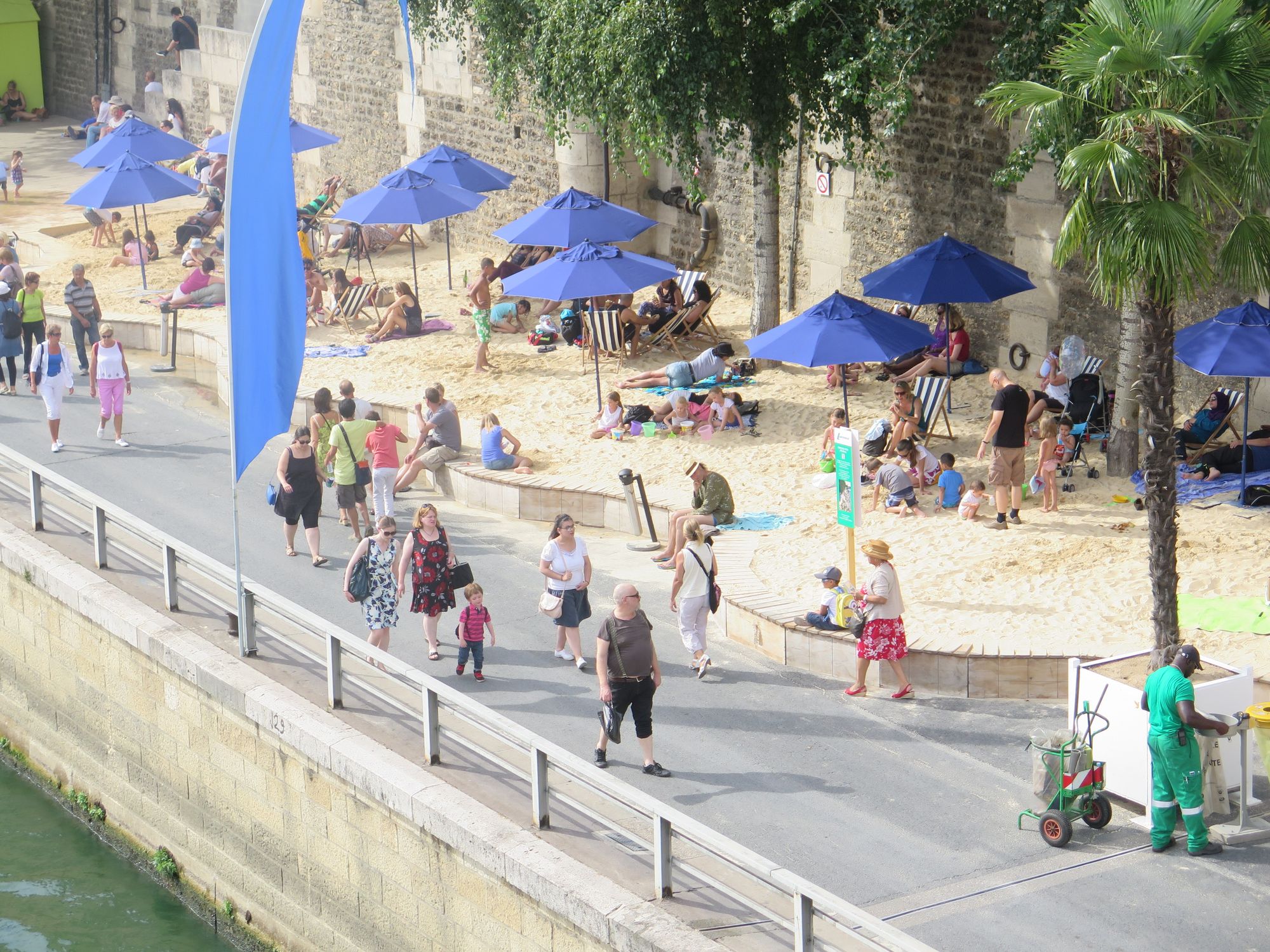
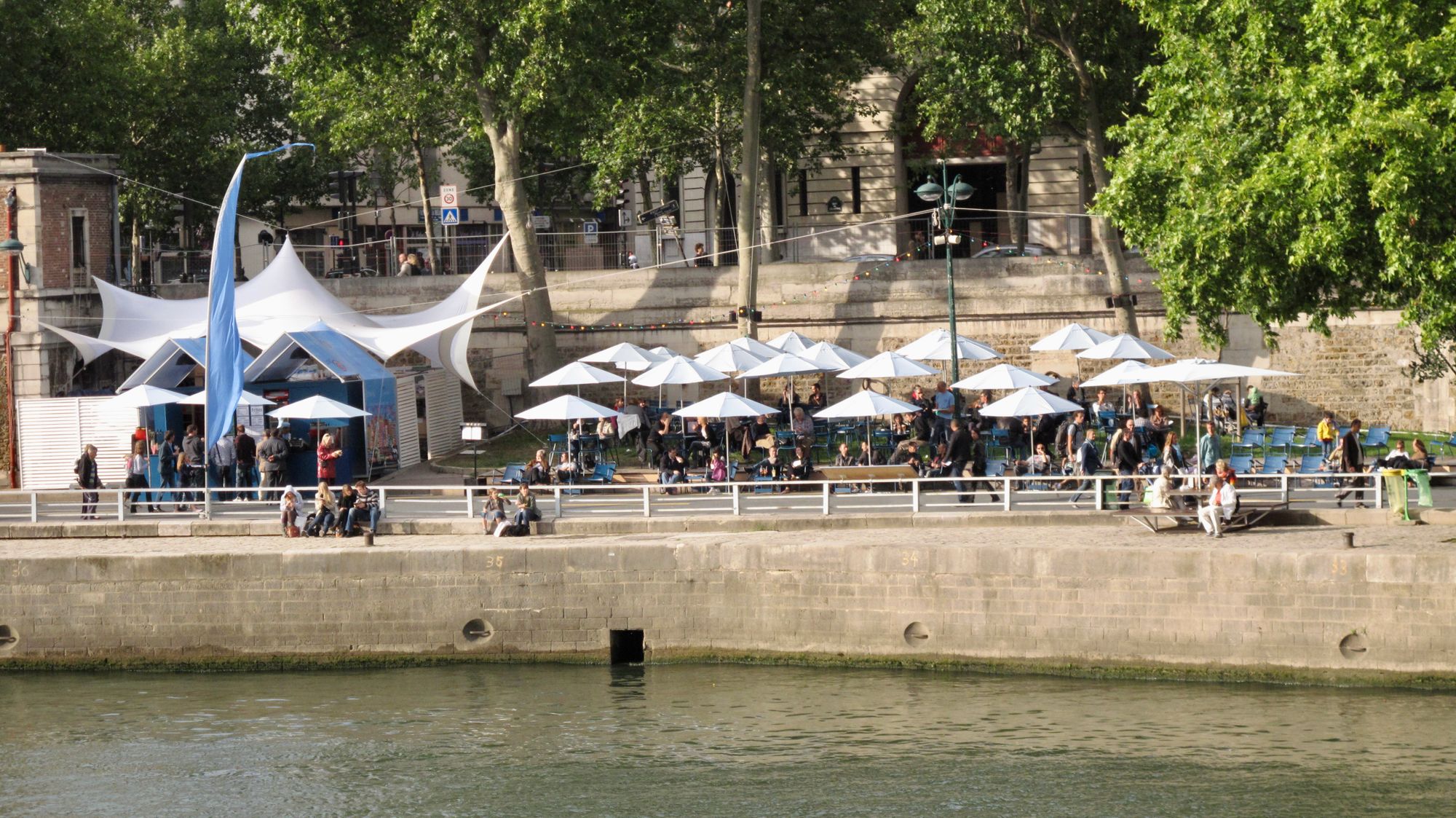
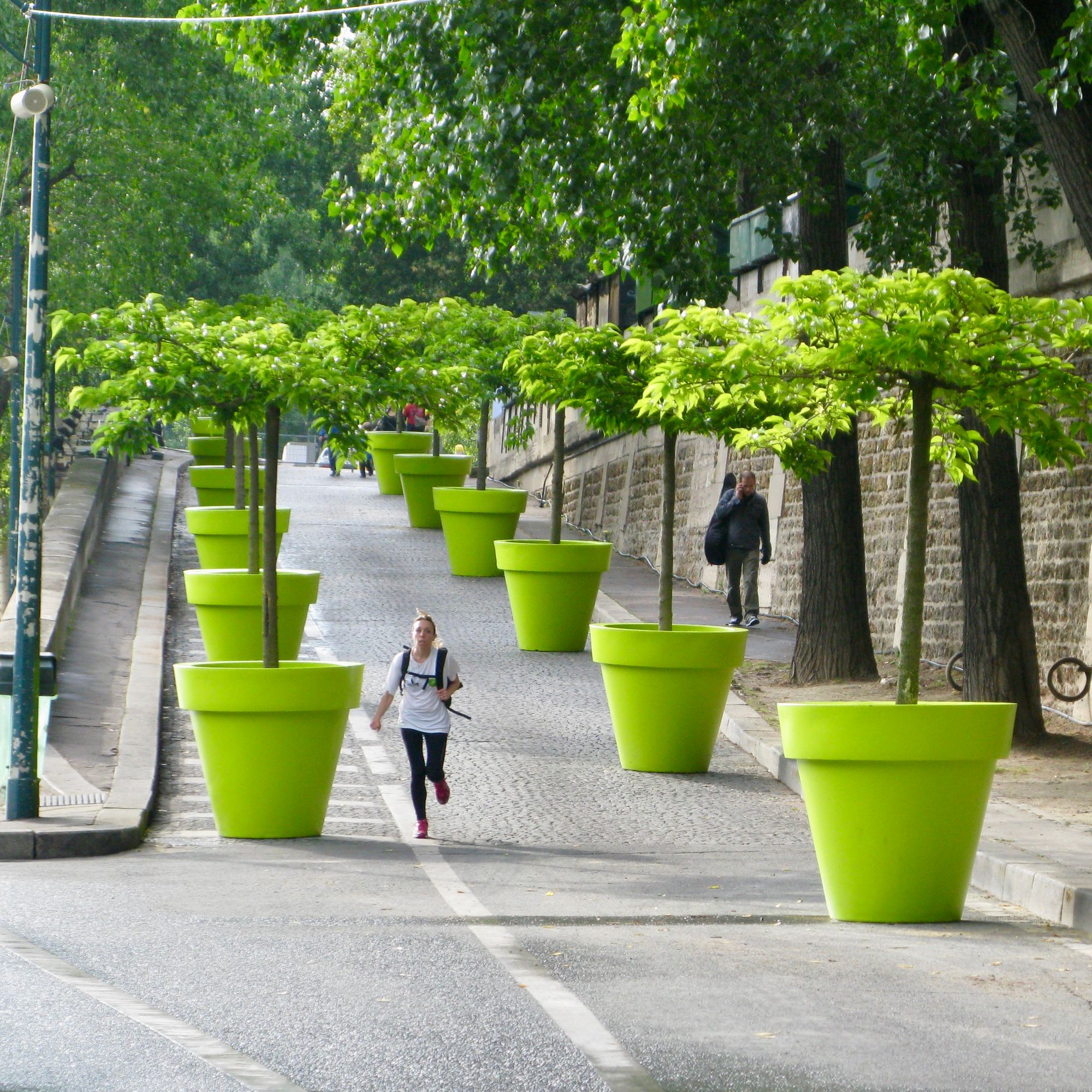
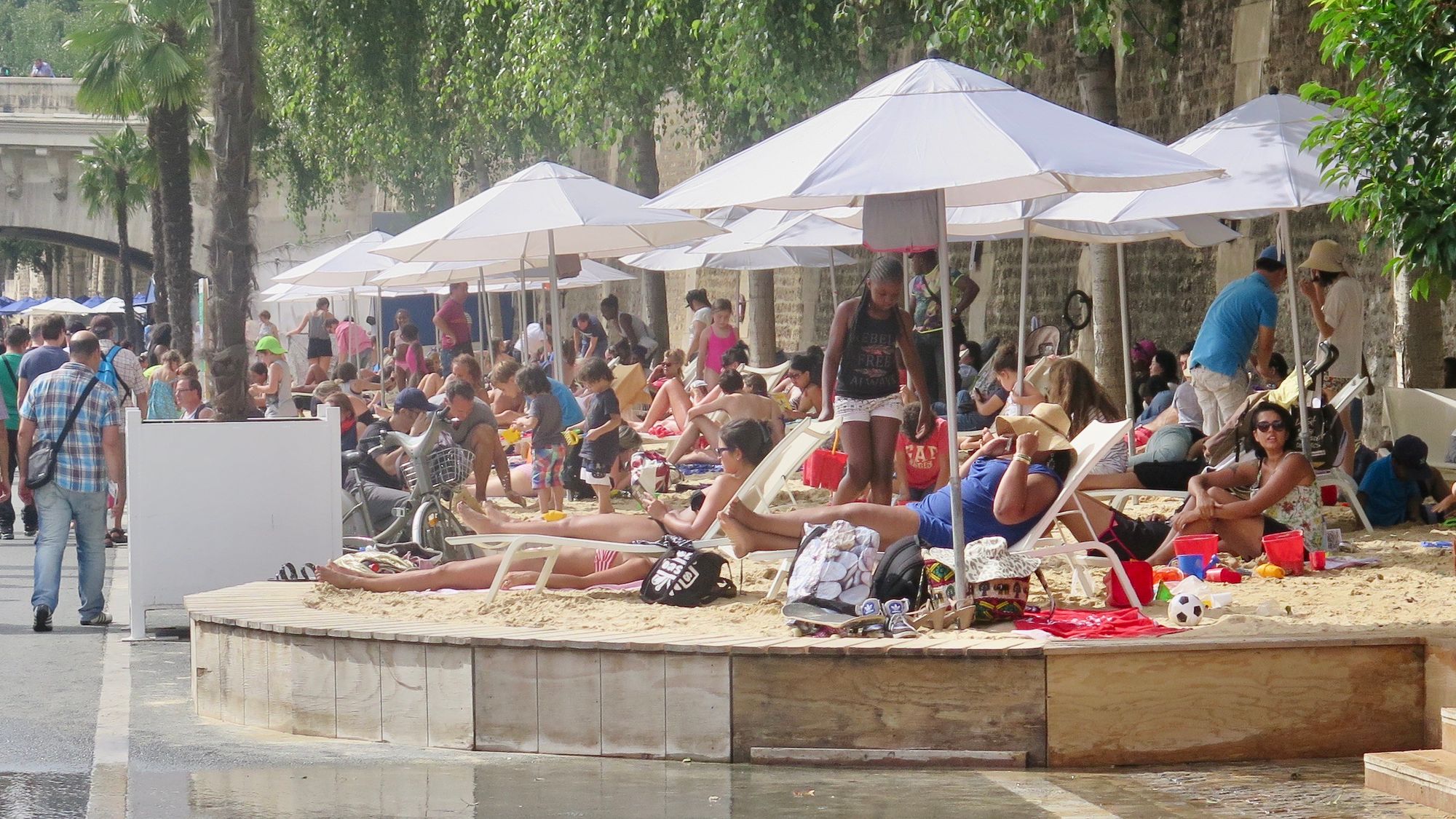
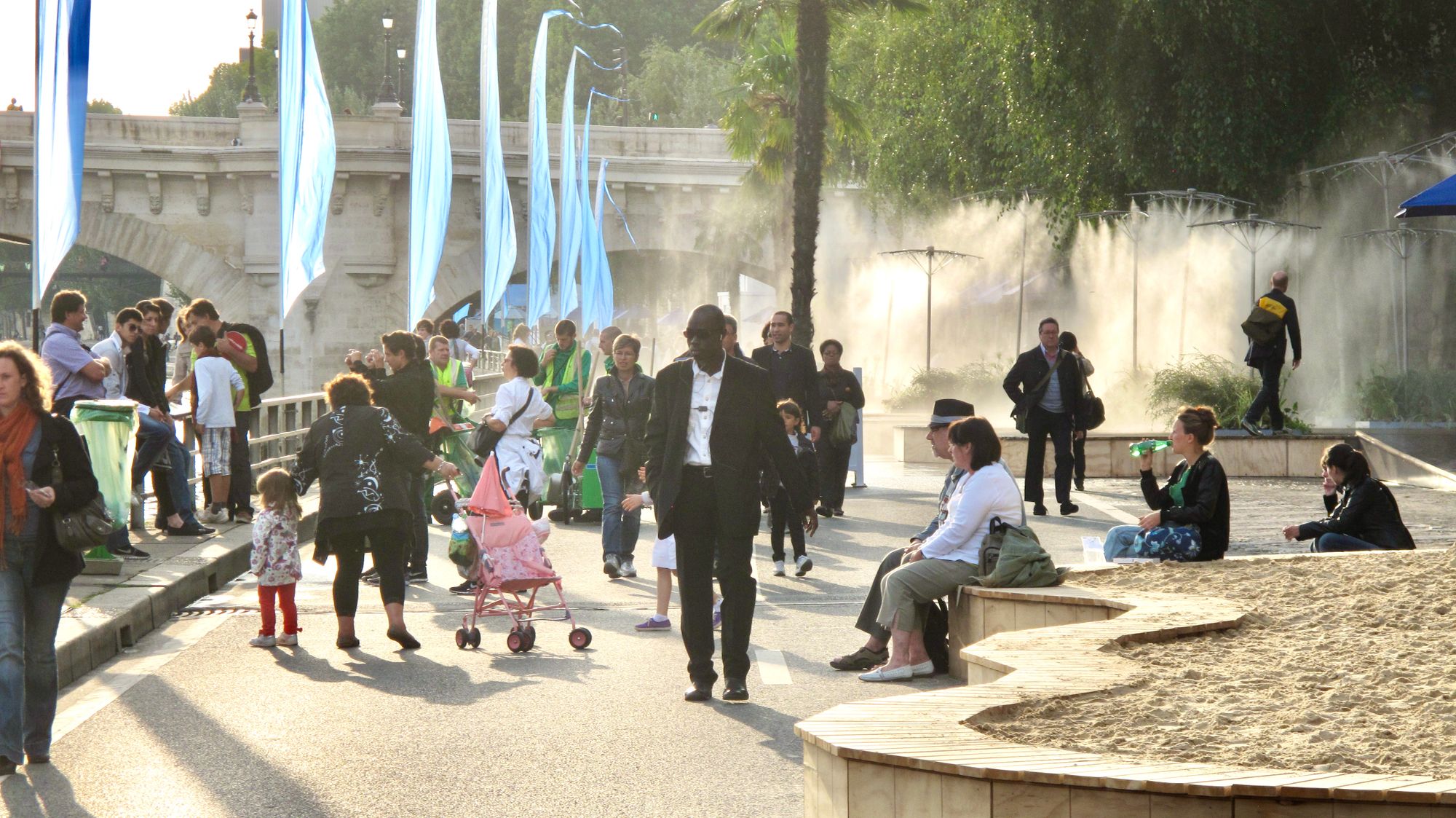
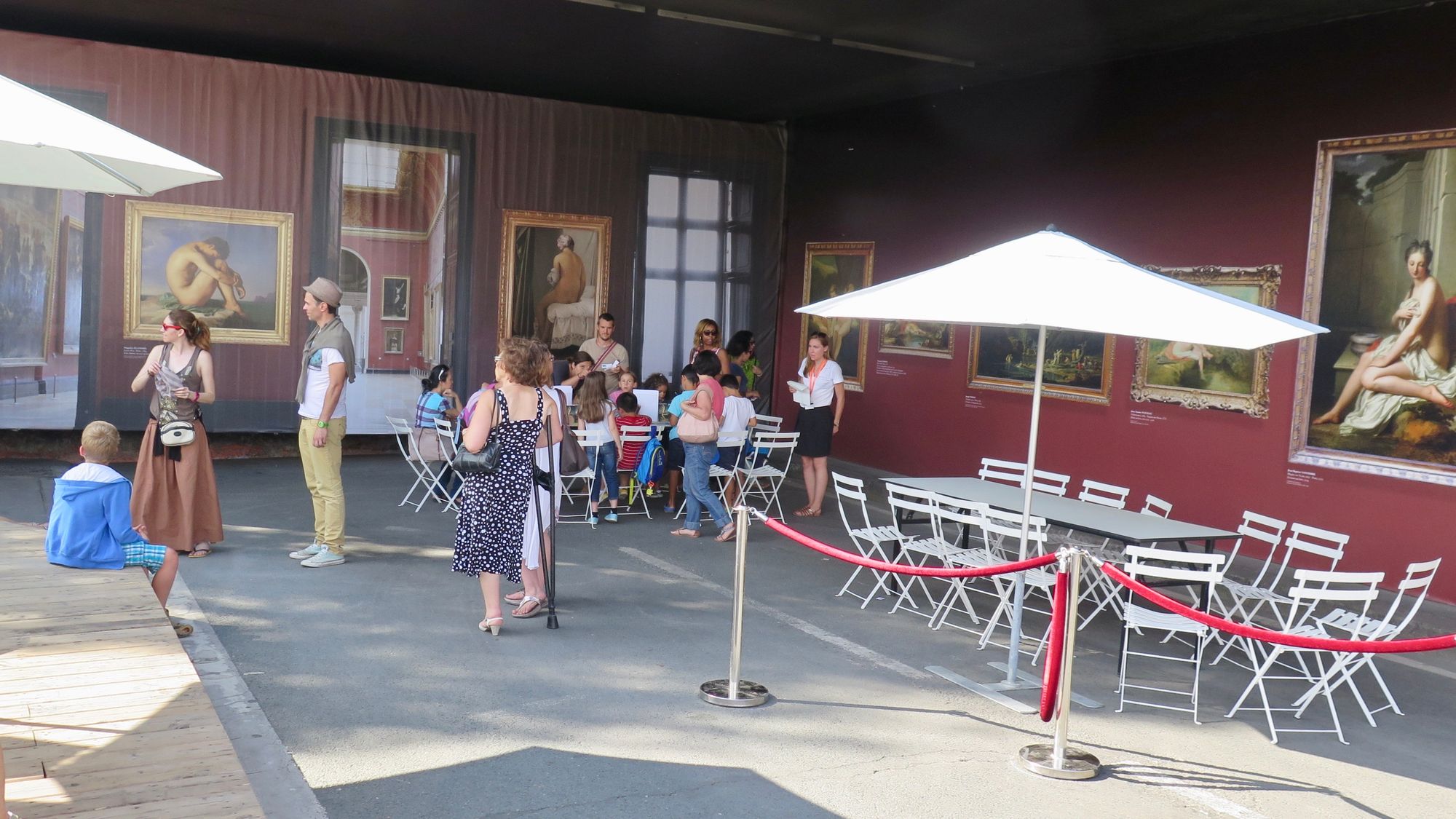
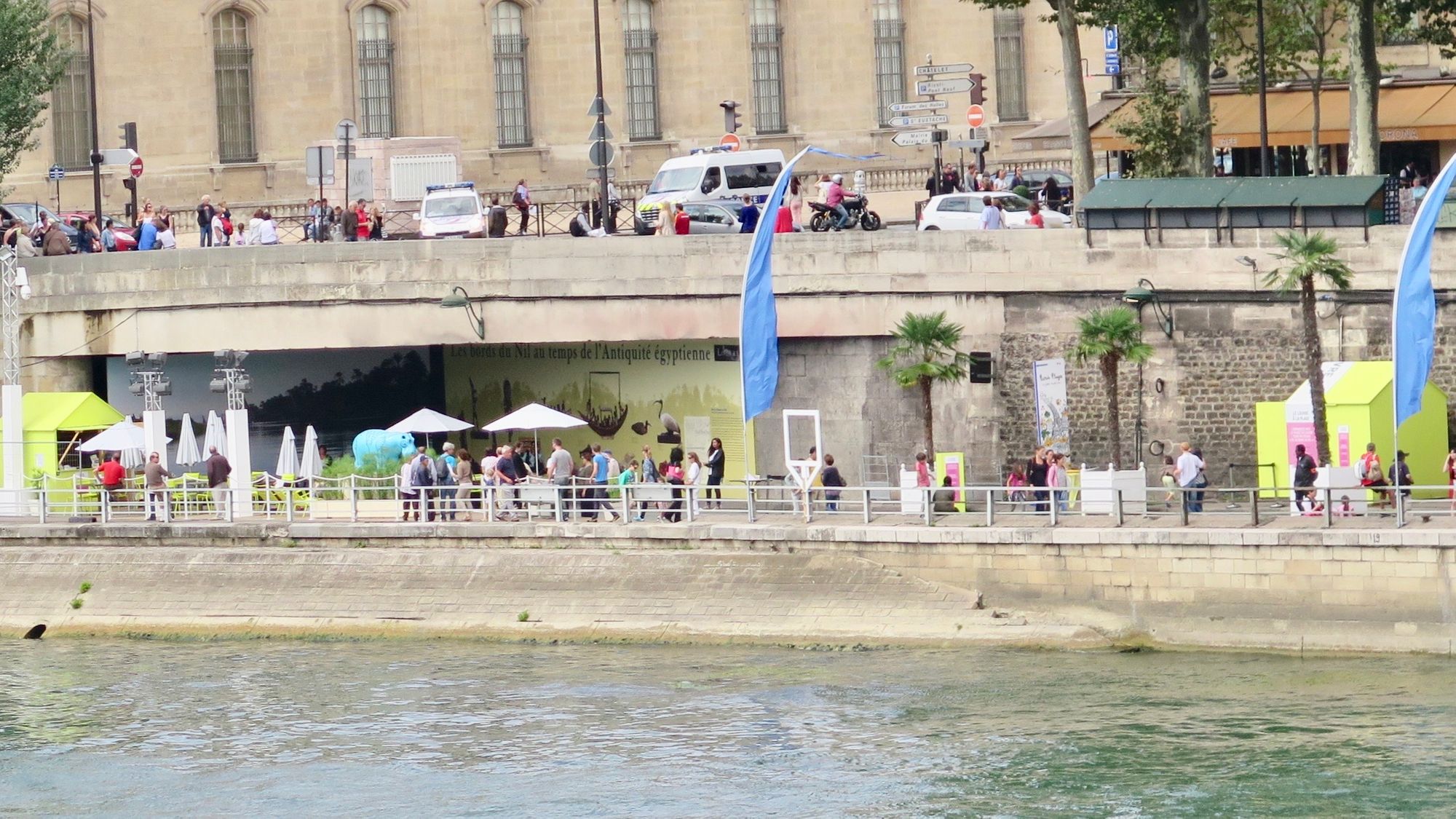
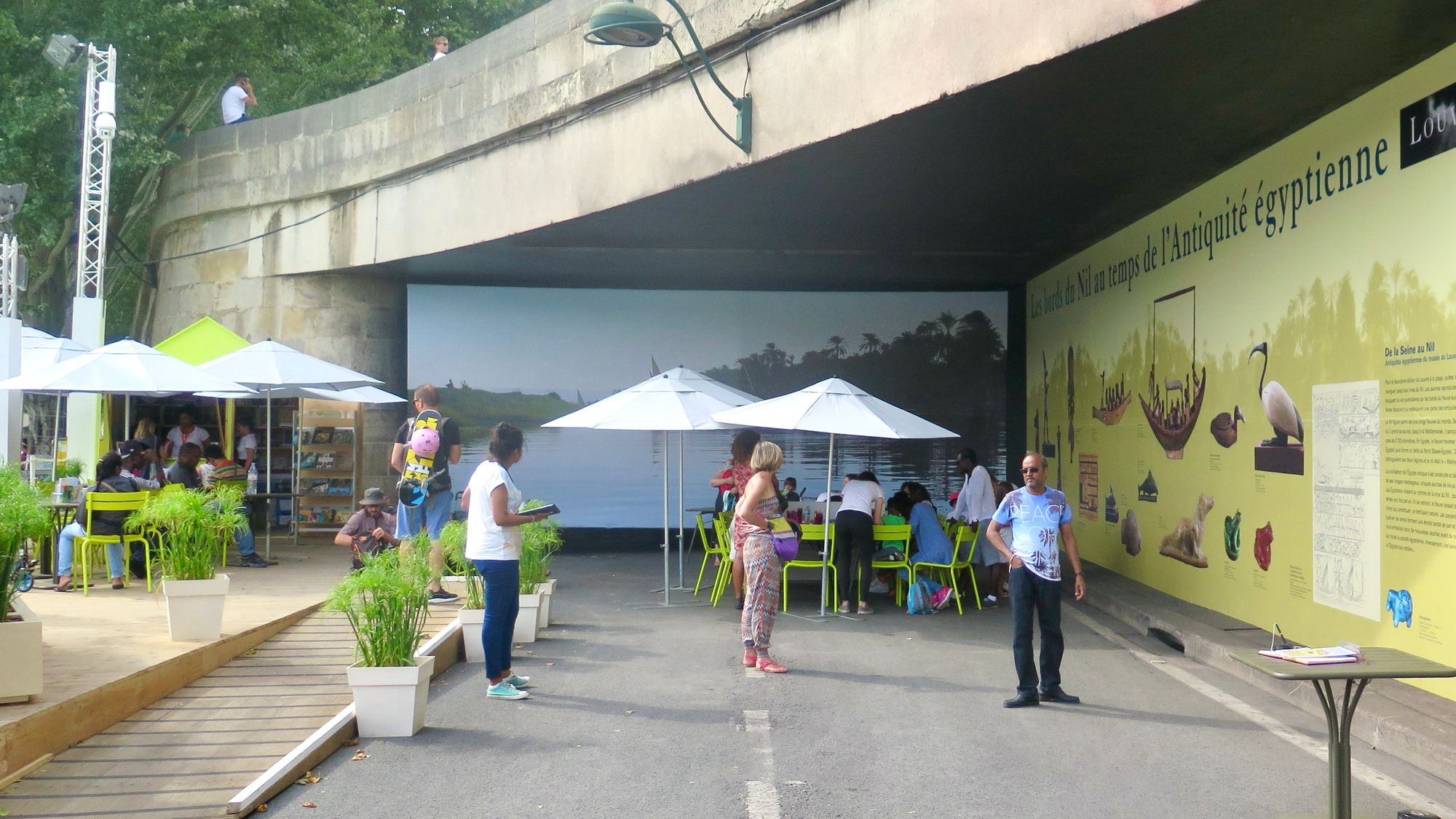
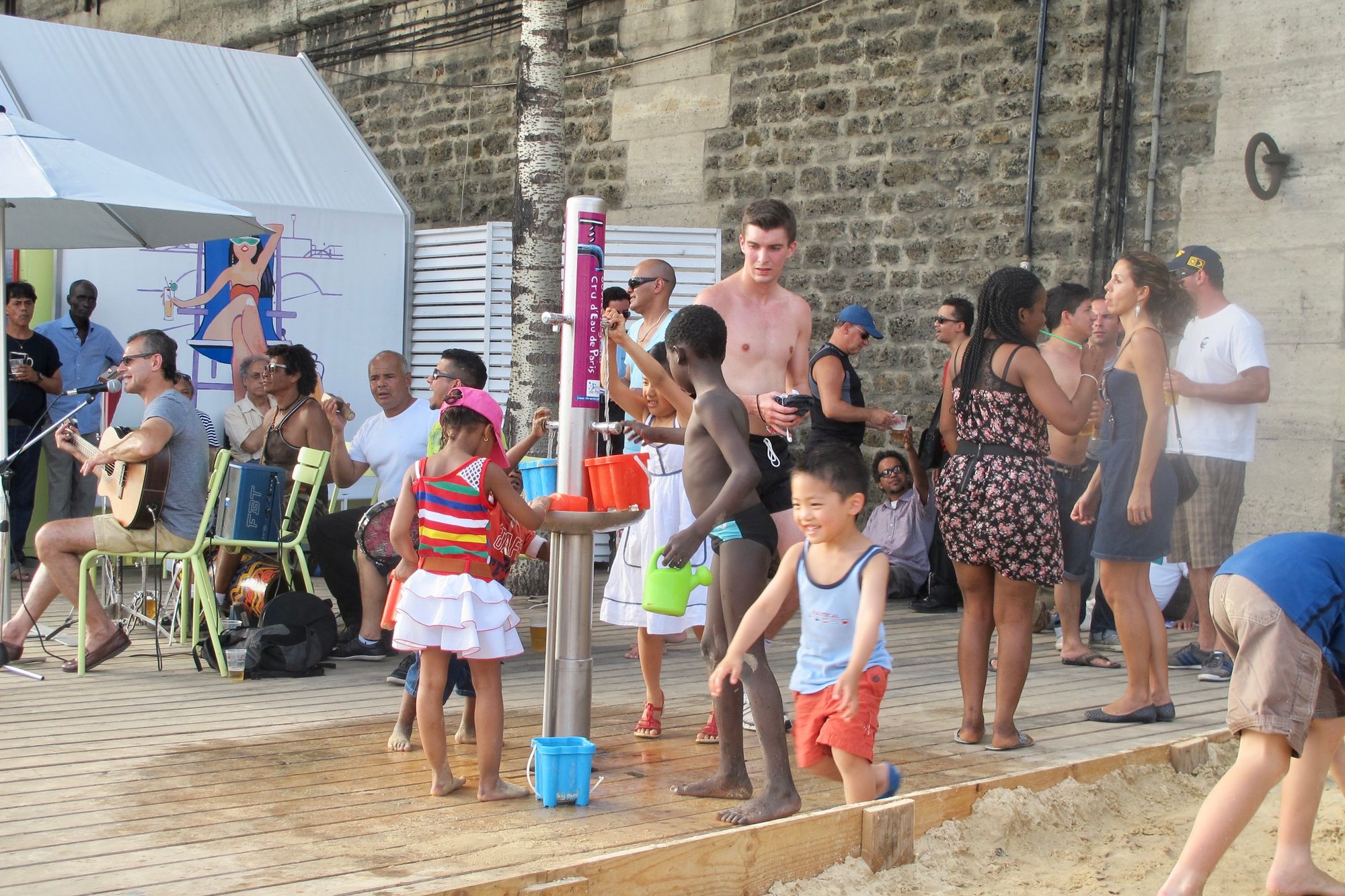
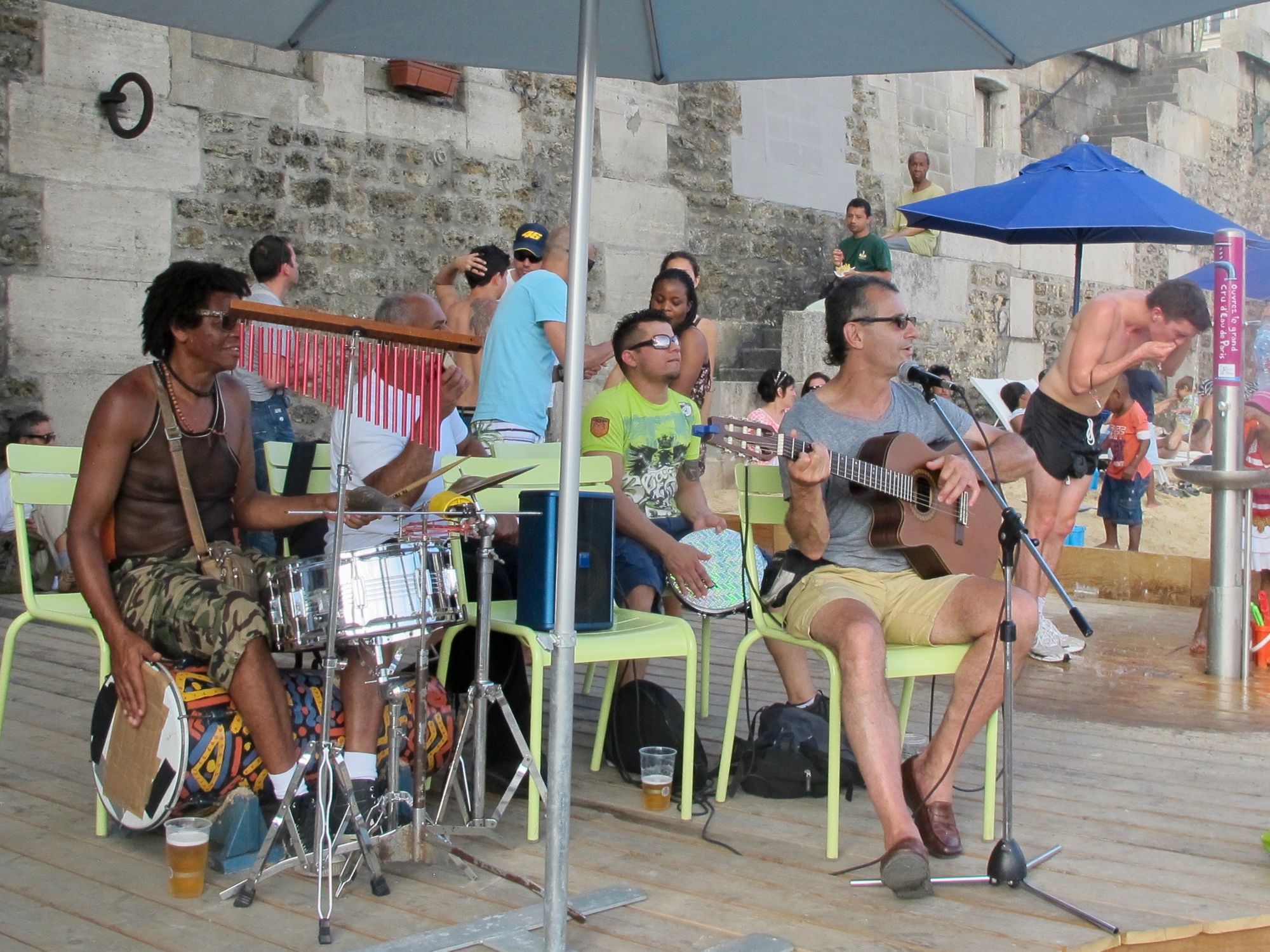
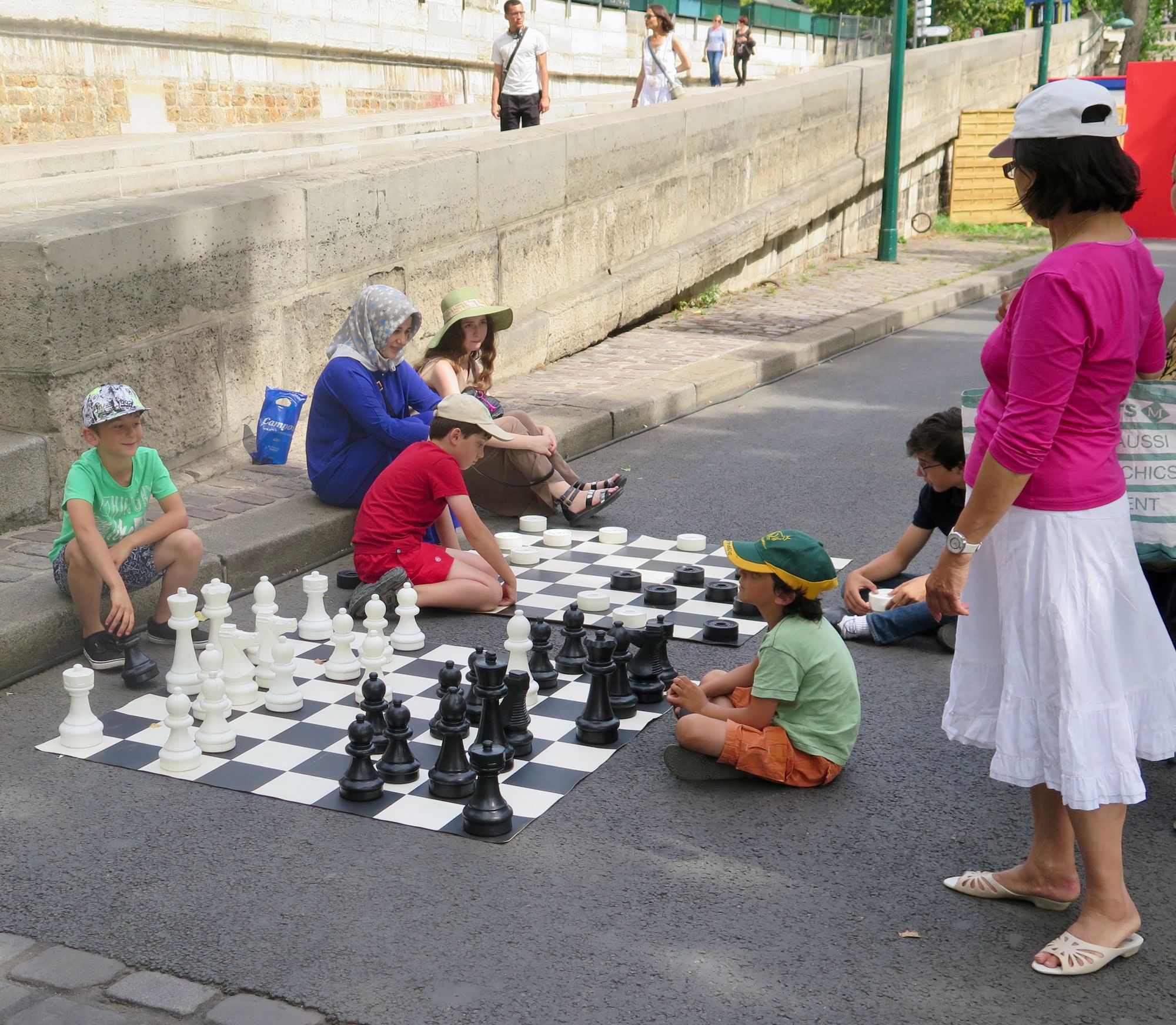
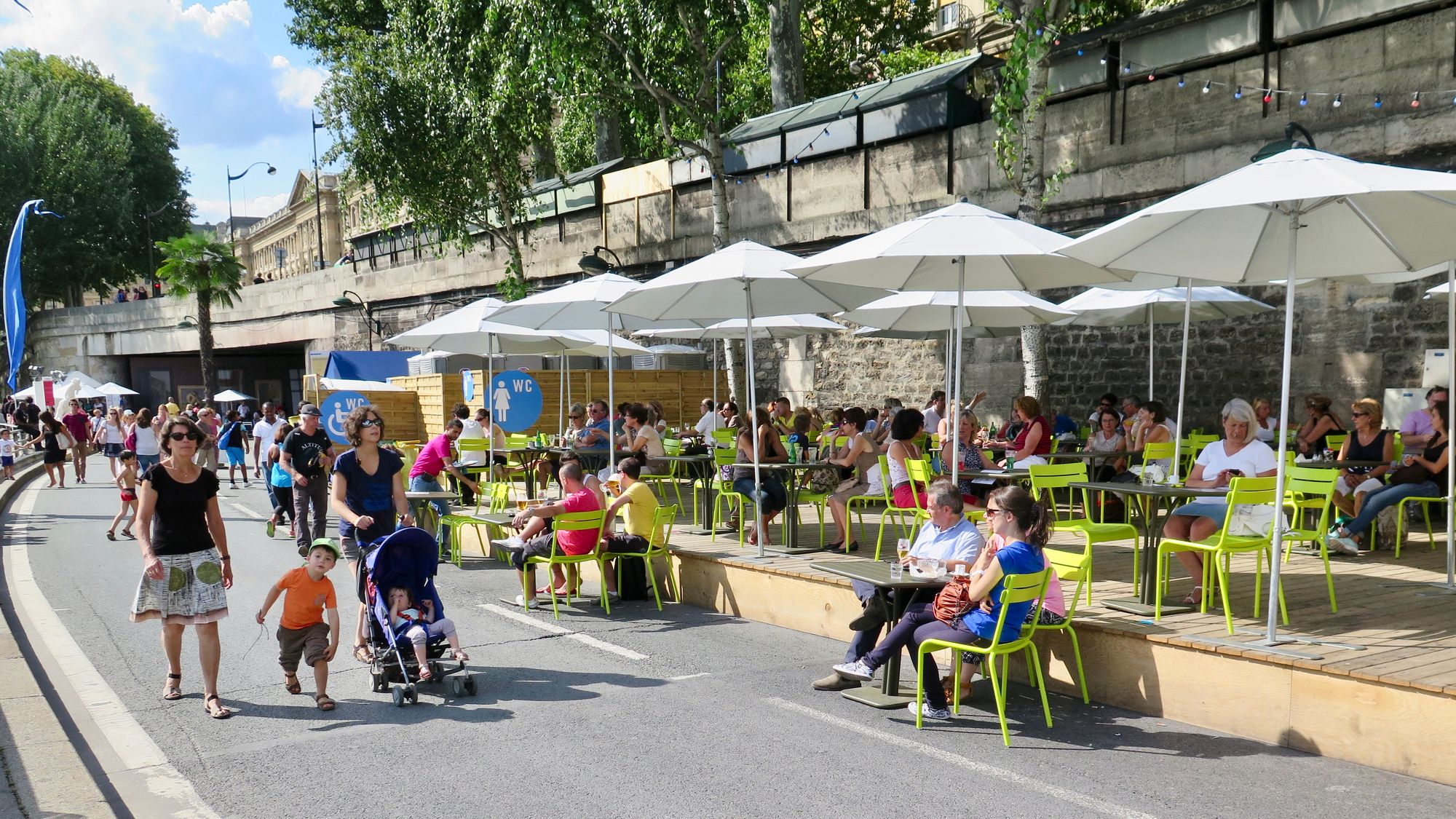
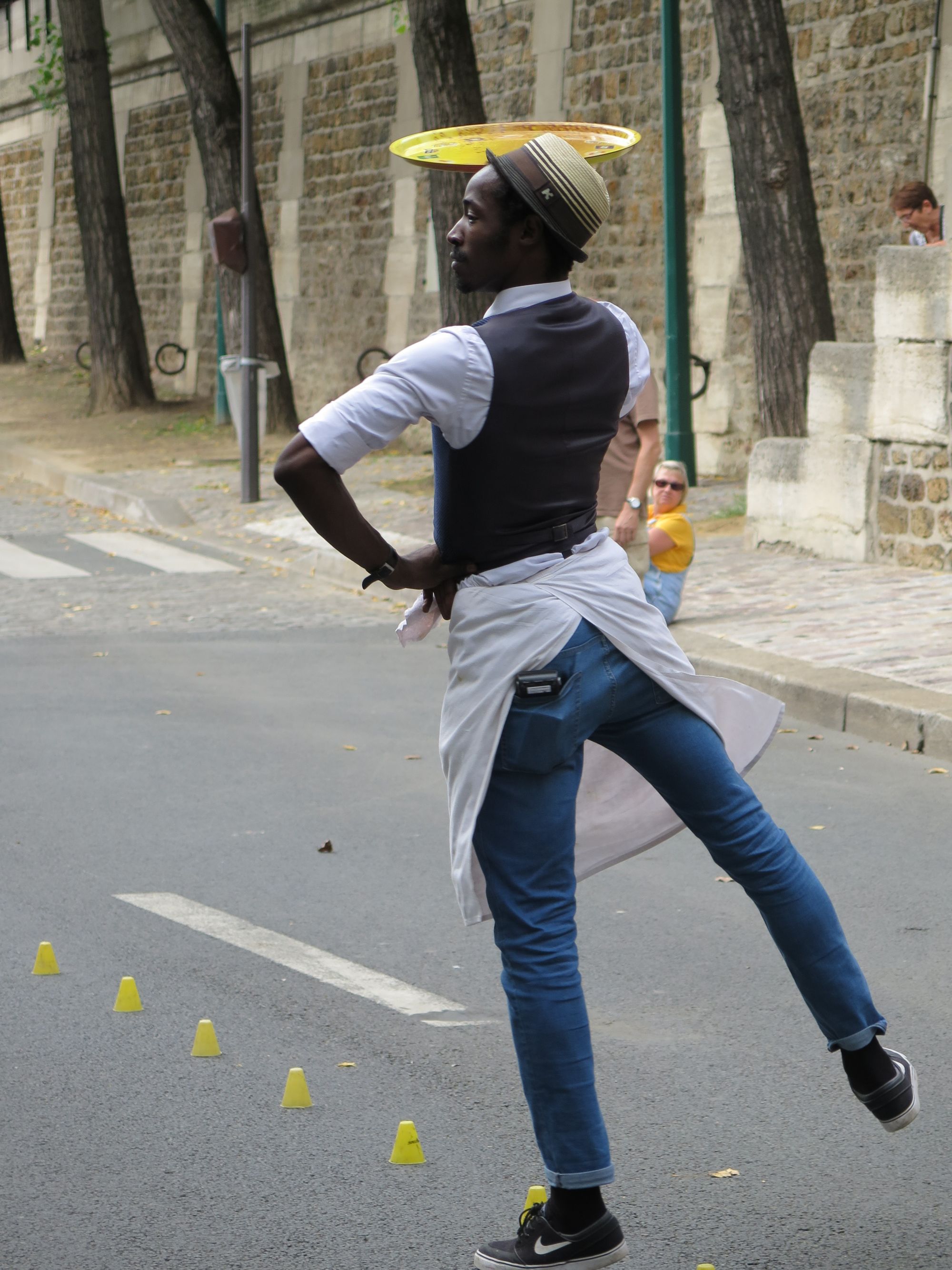
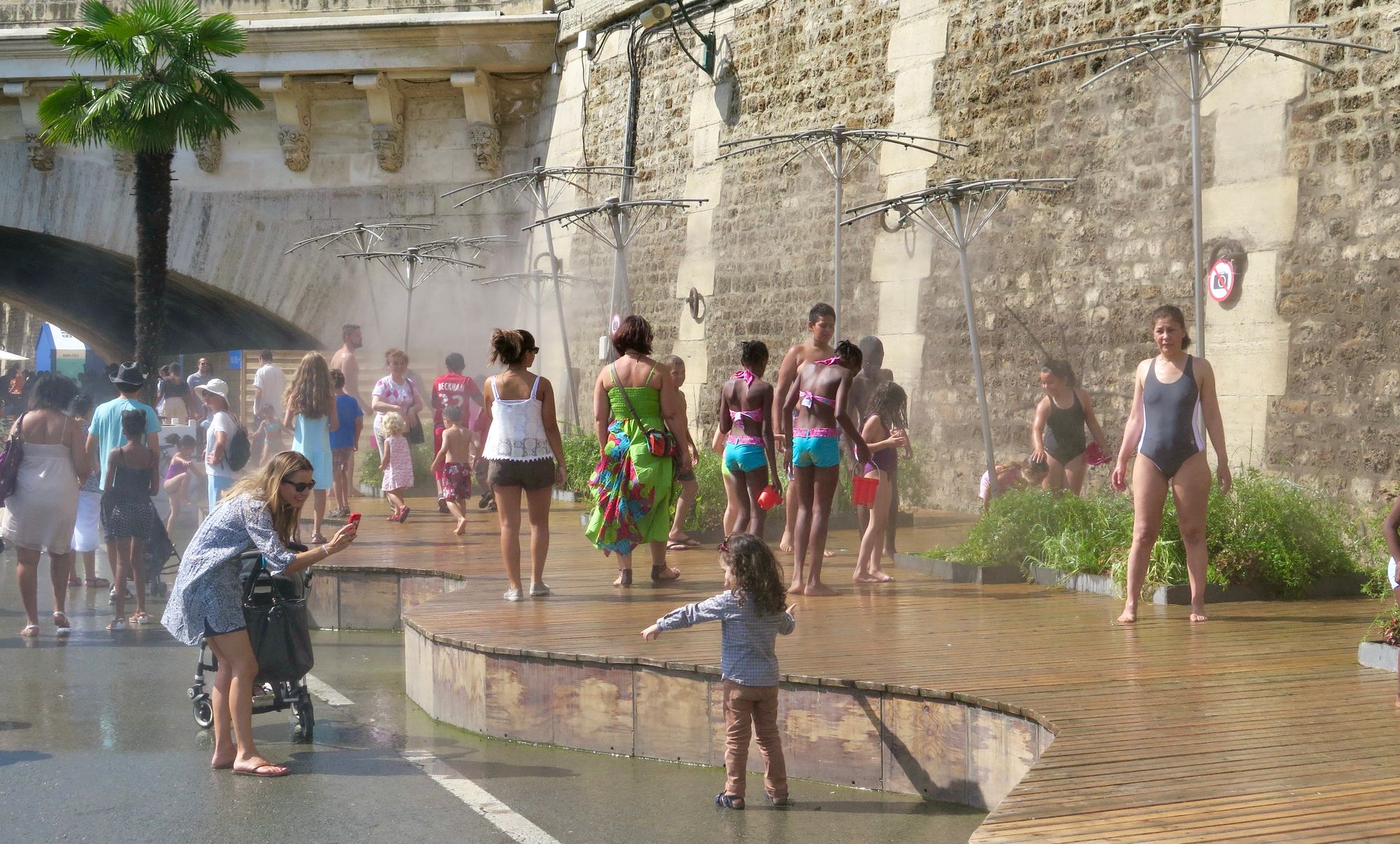
From the Louvre to individuals performing to games, every section offers something special
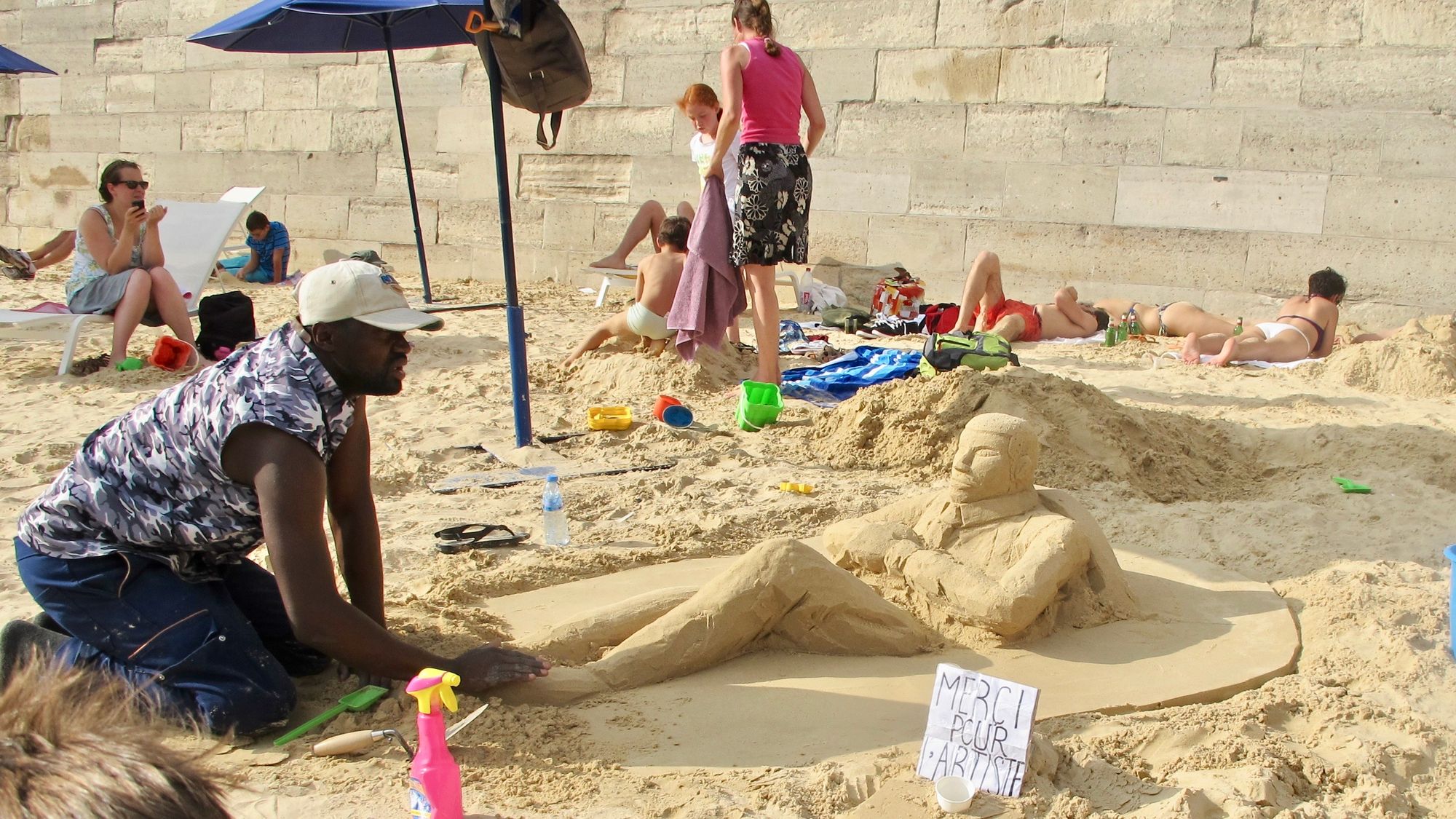
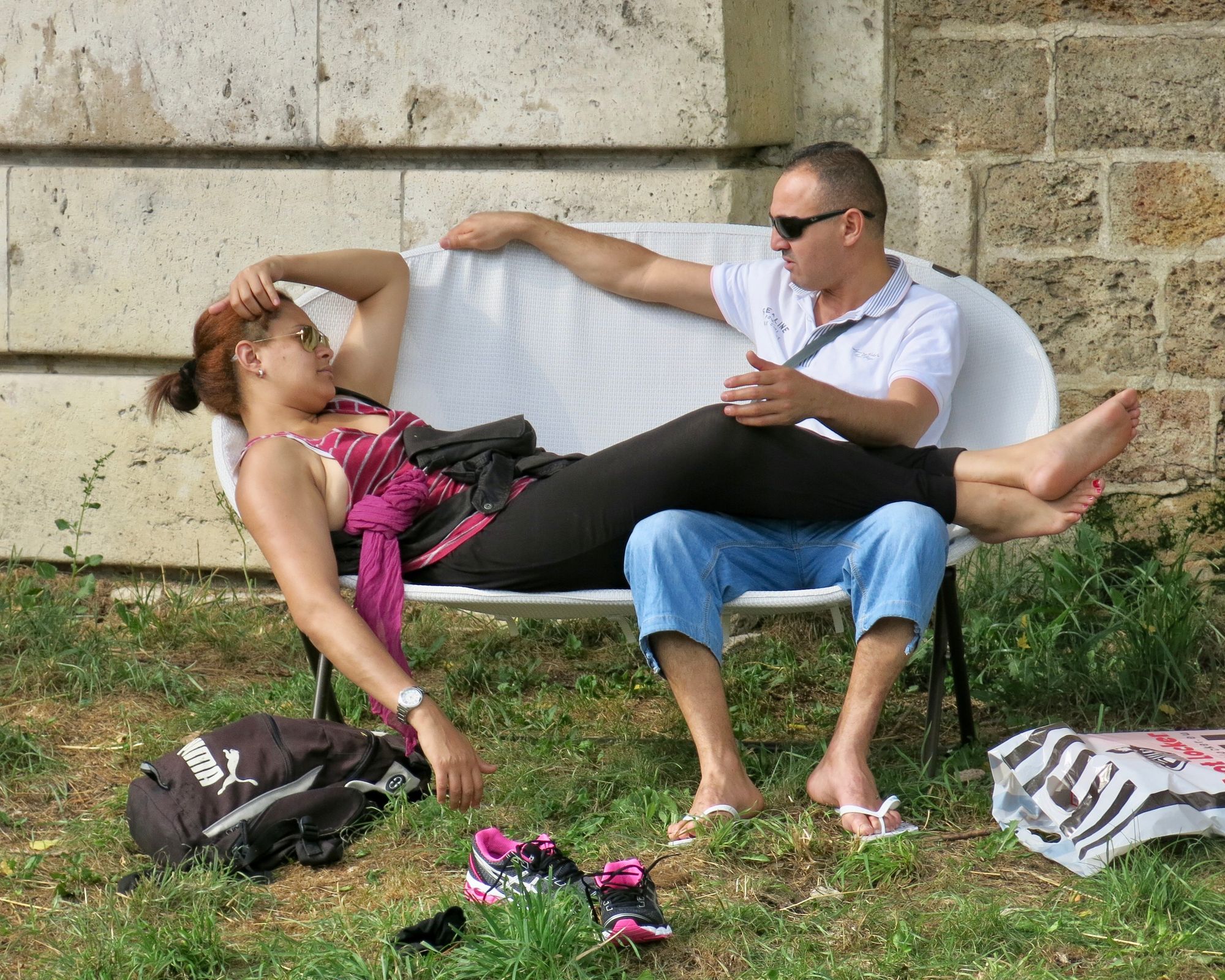
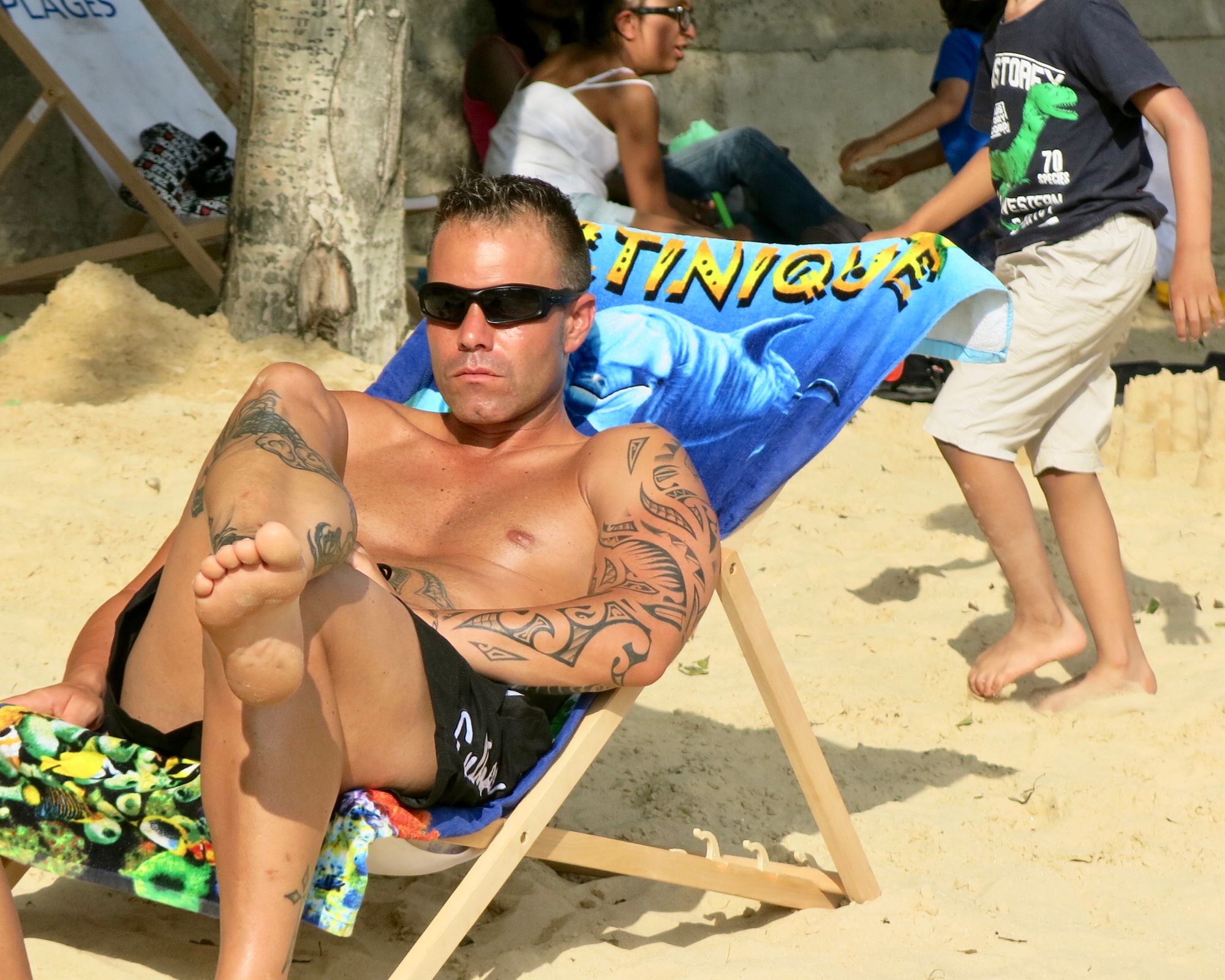
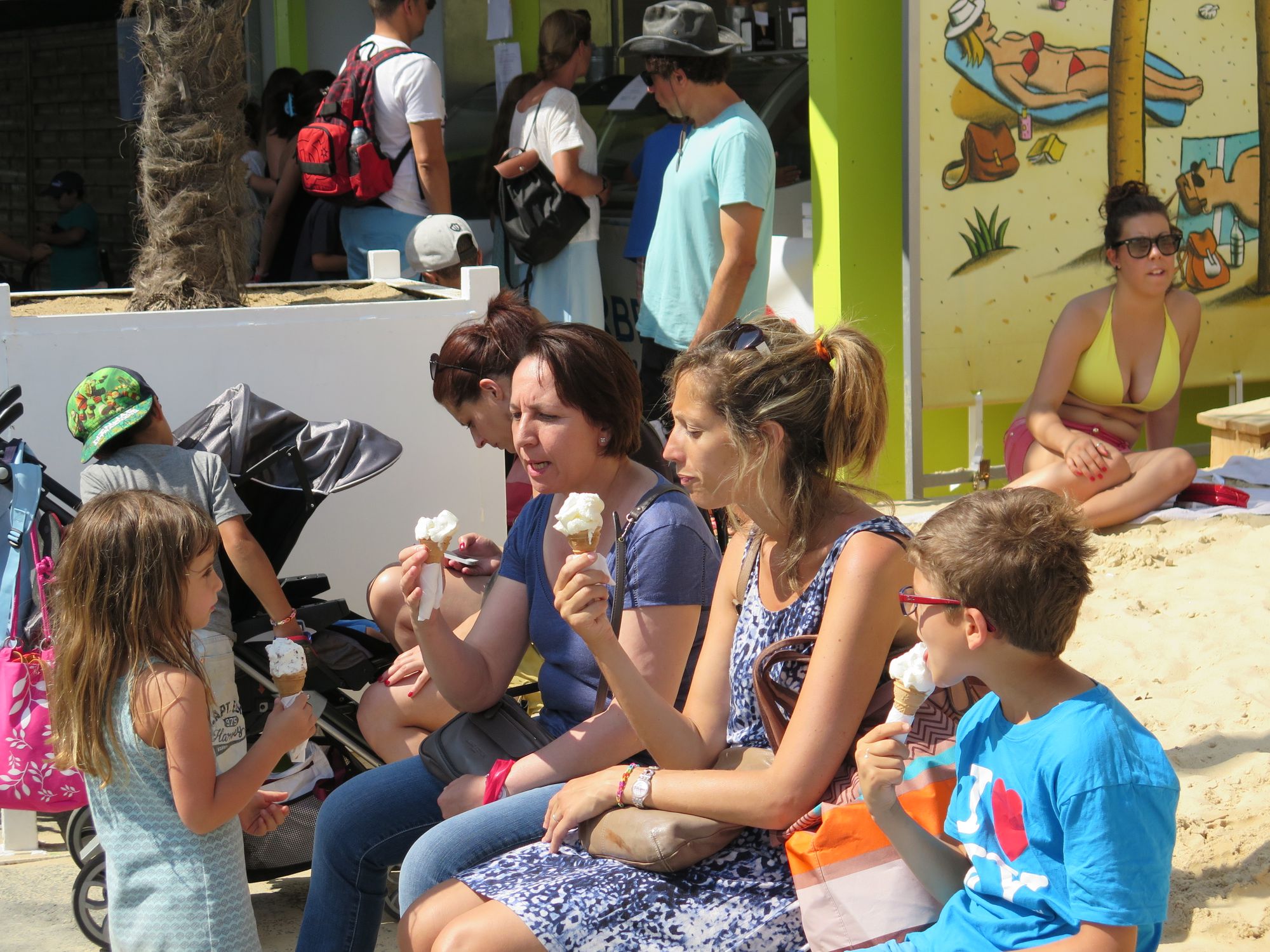
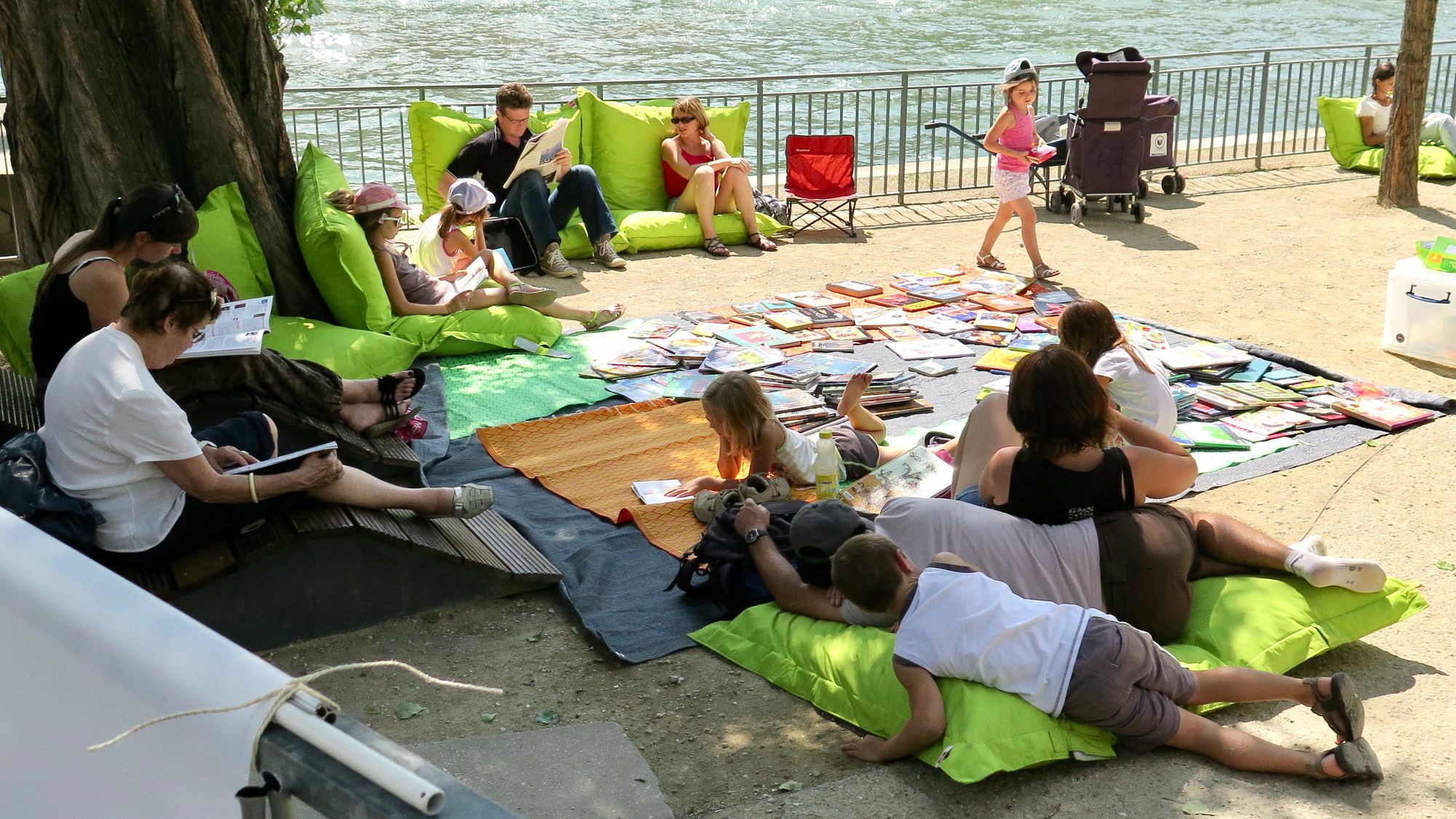
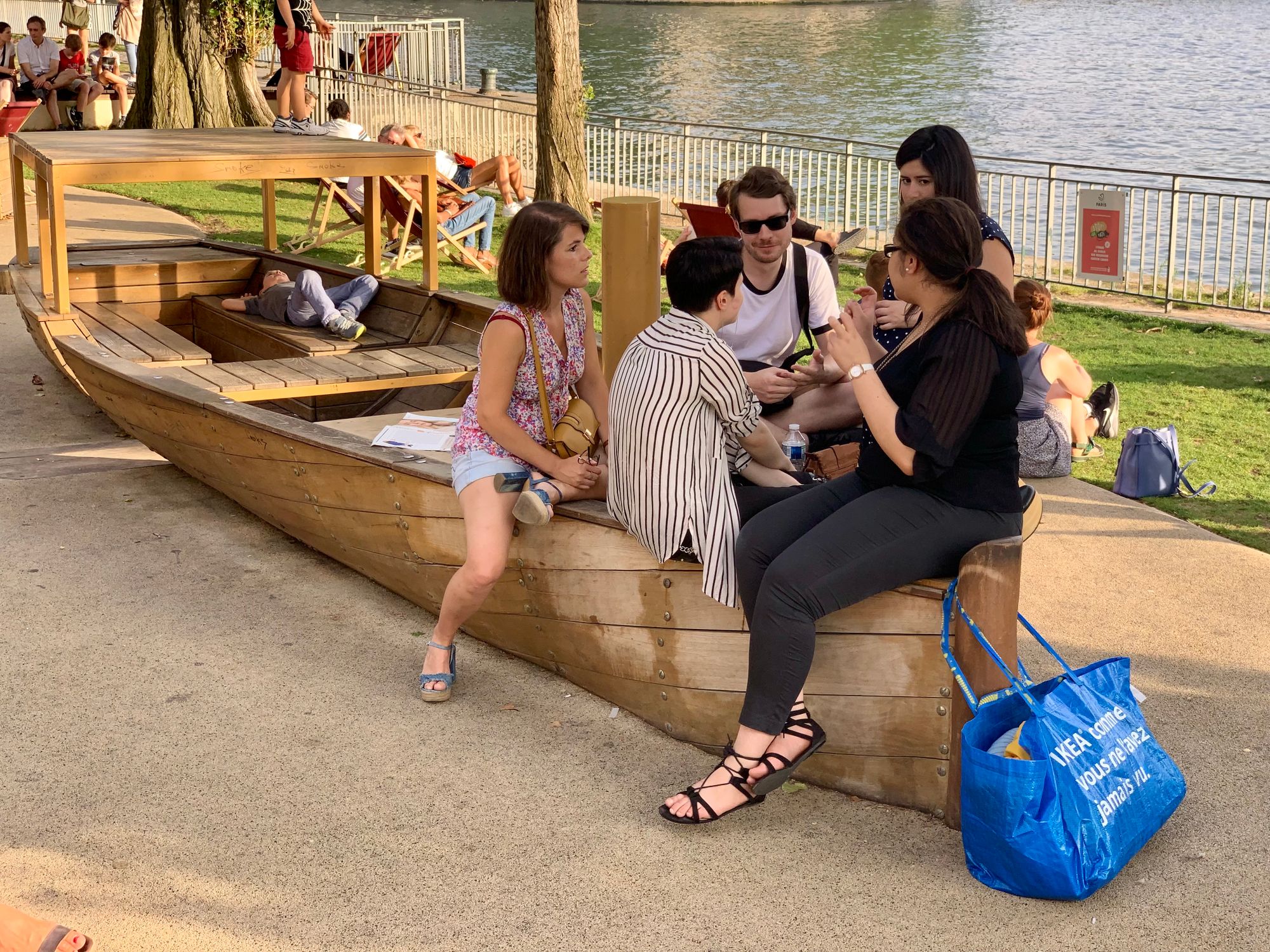
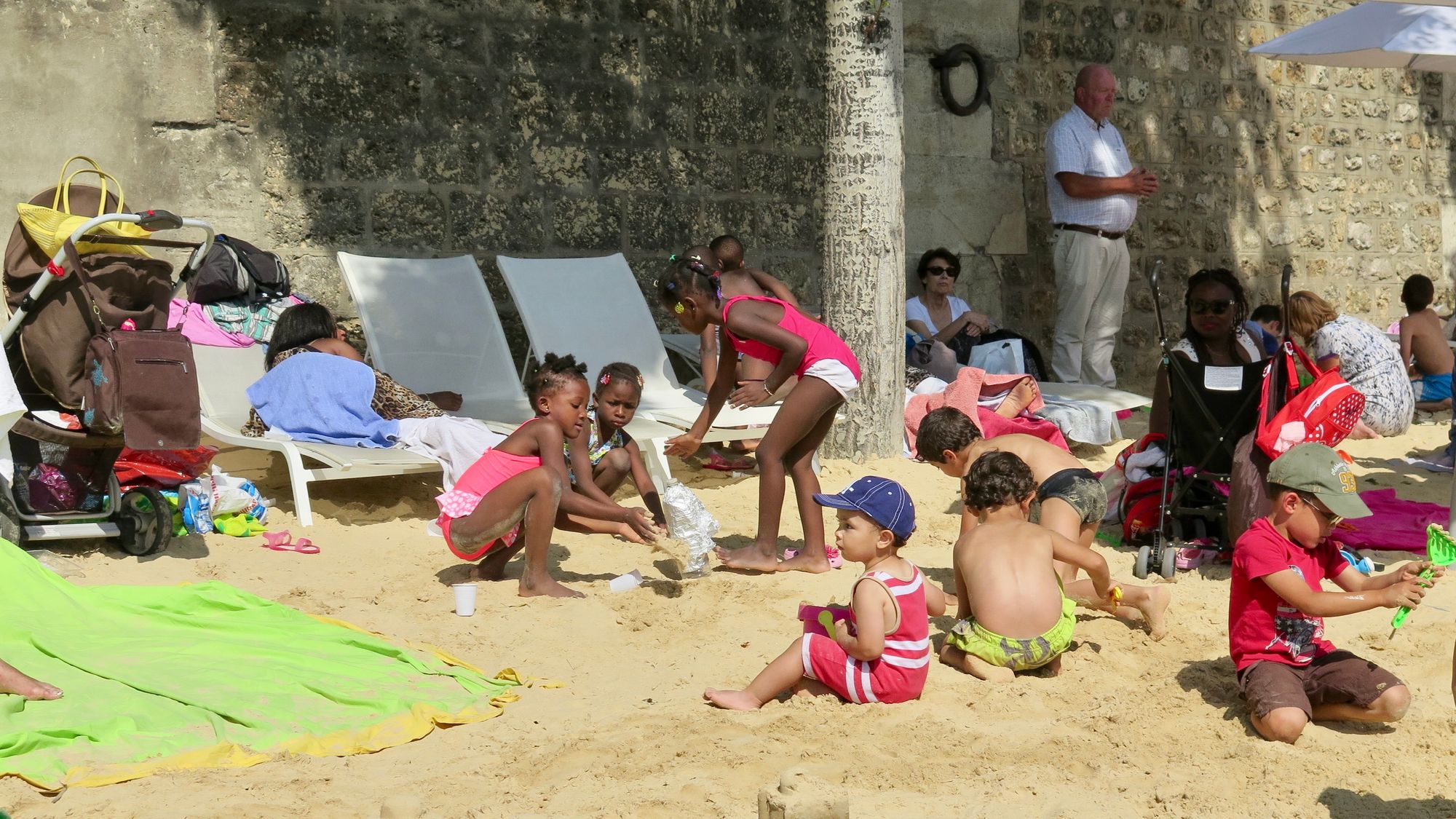
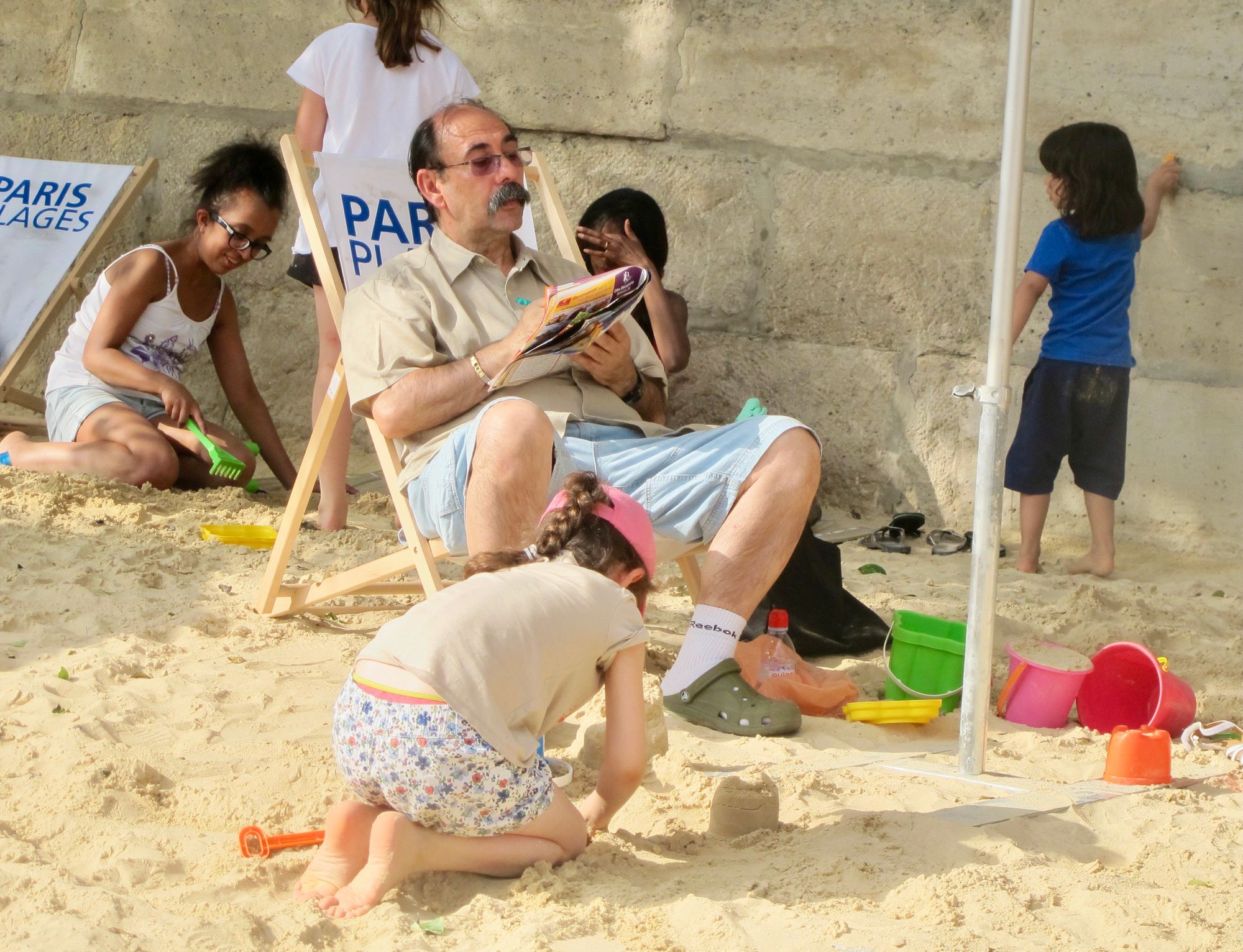
There is always something to do on the Right Bank, from dancing to visiting cafés.
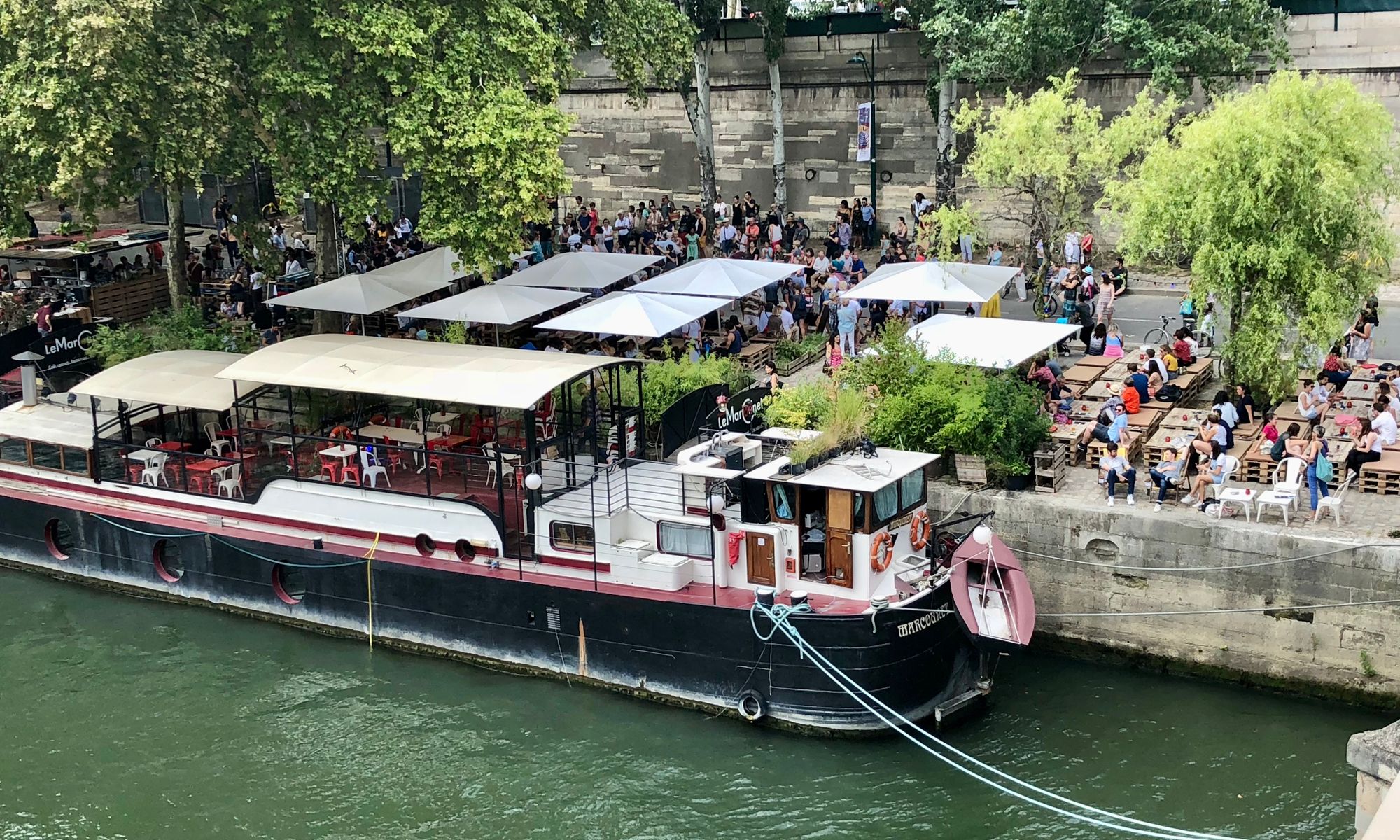
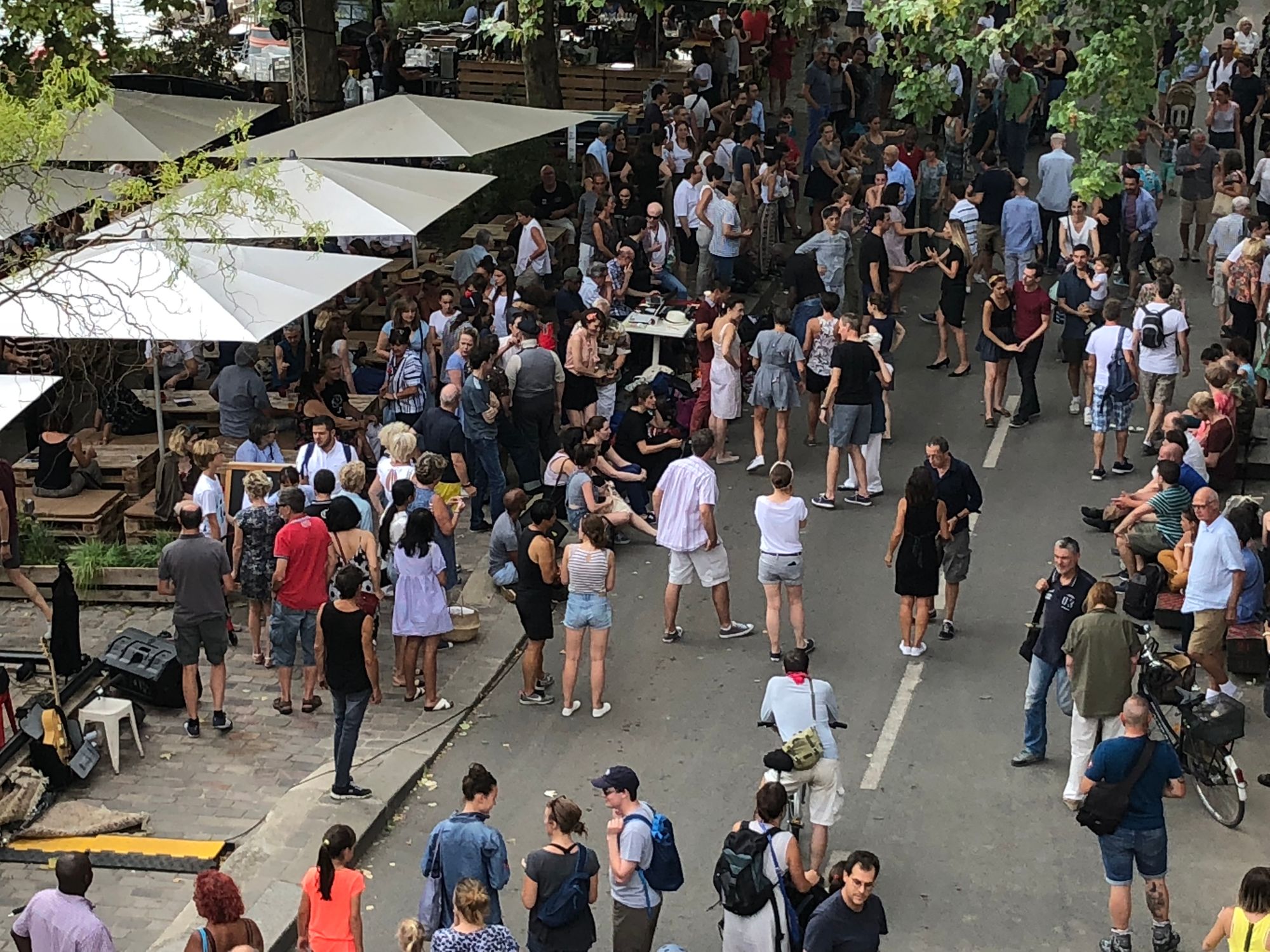
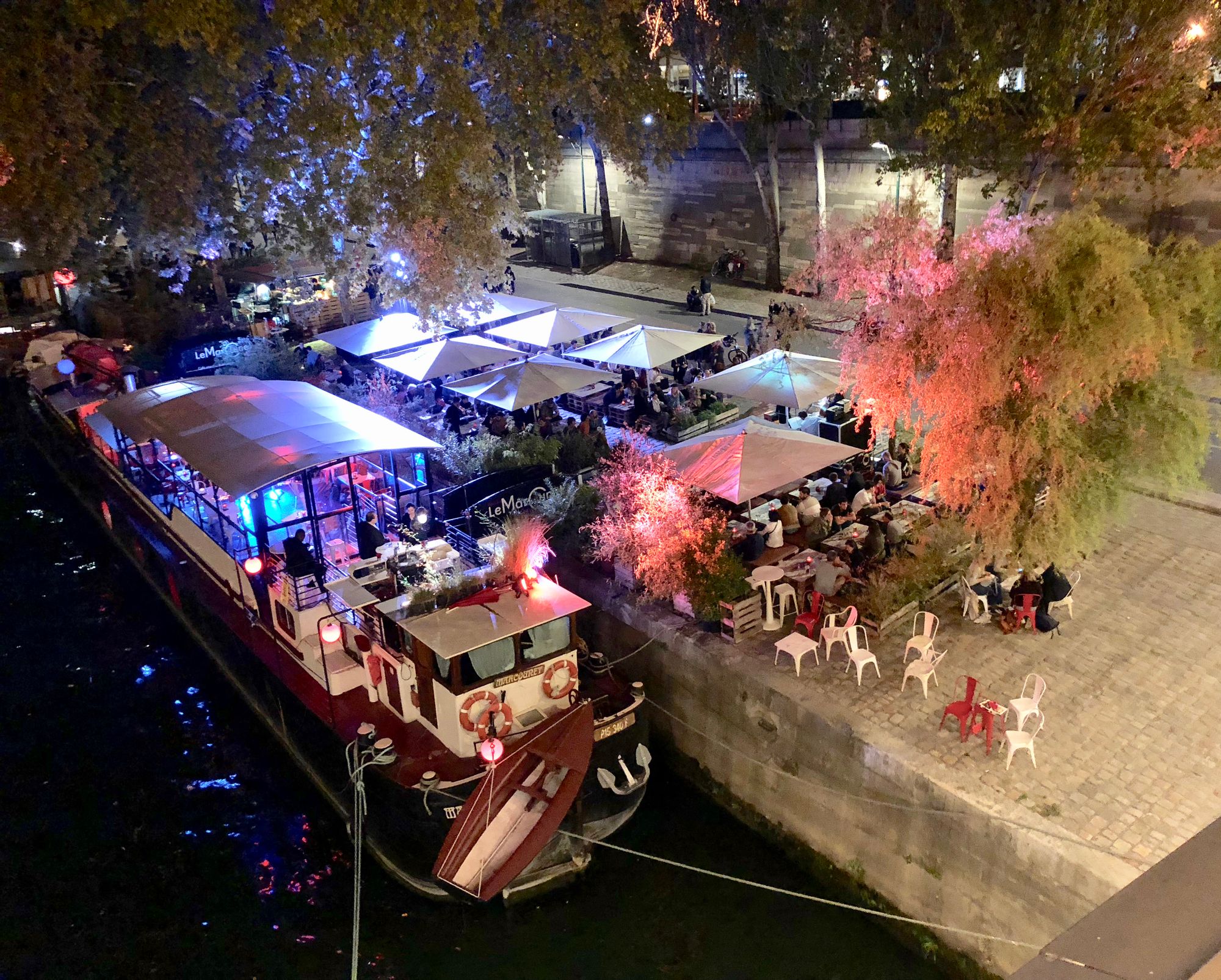
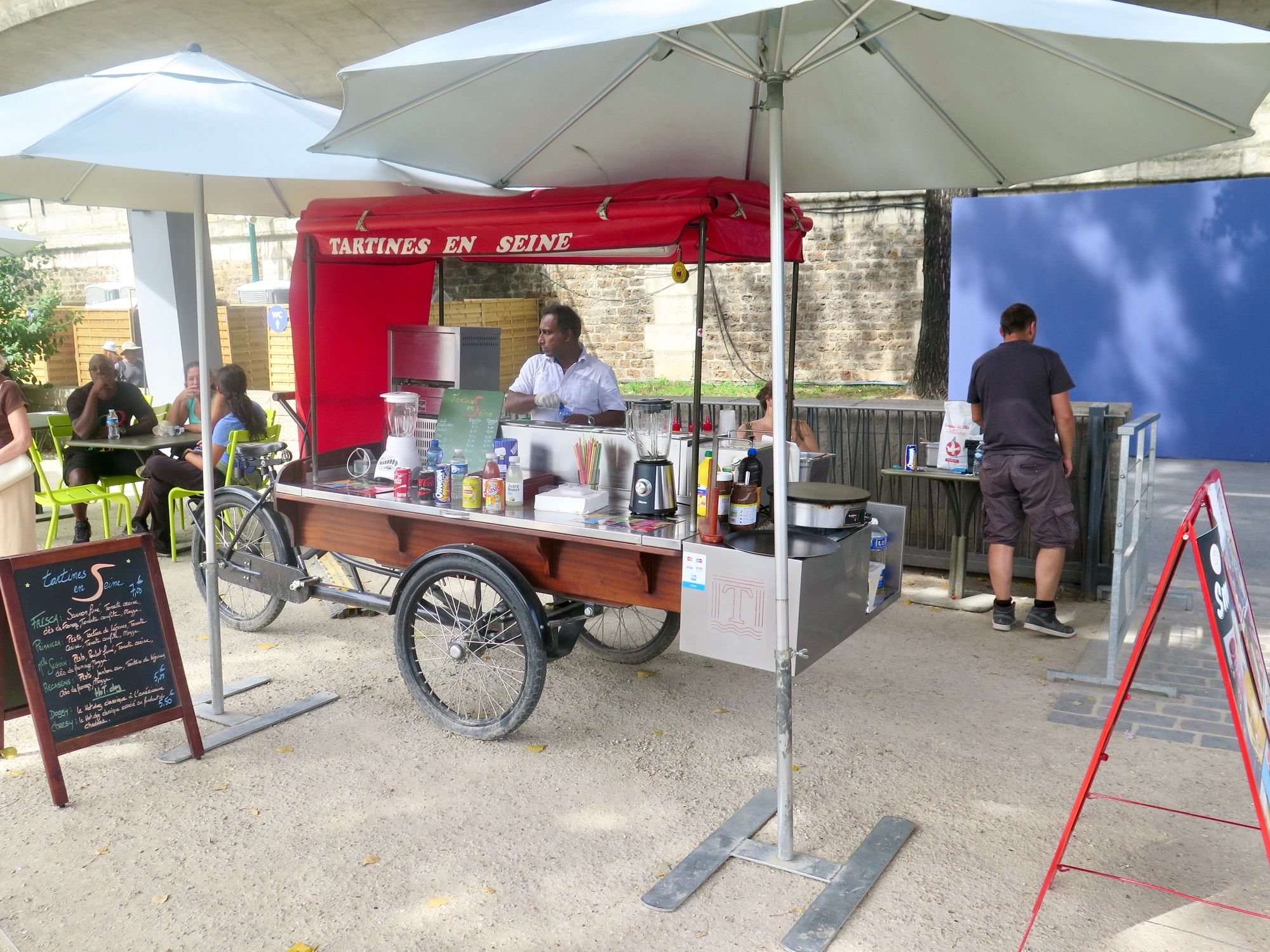
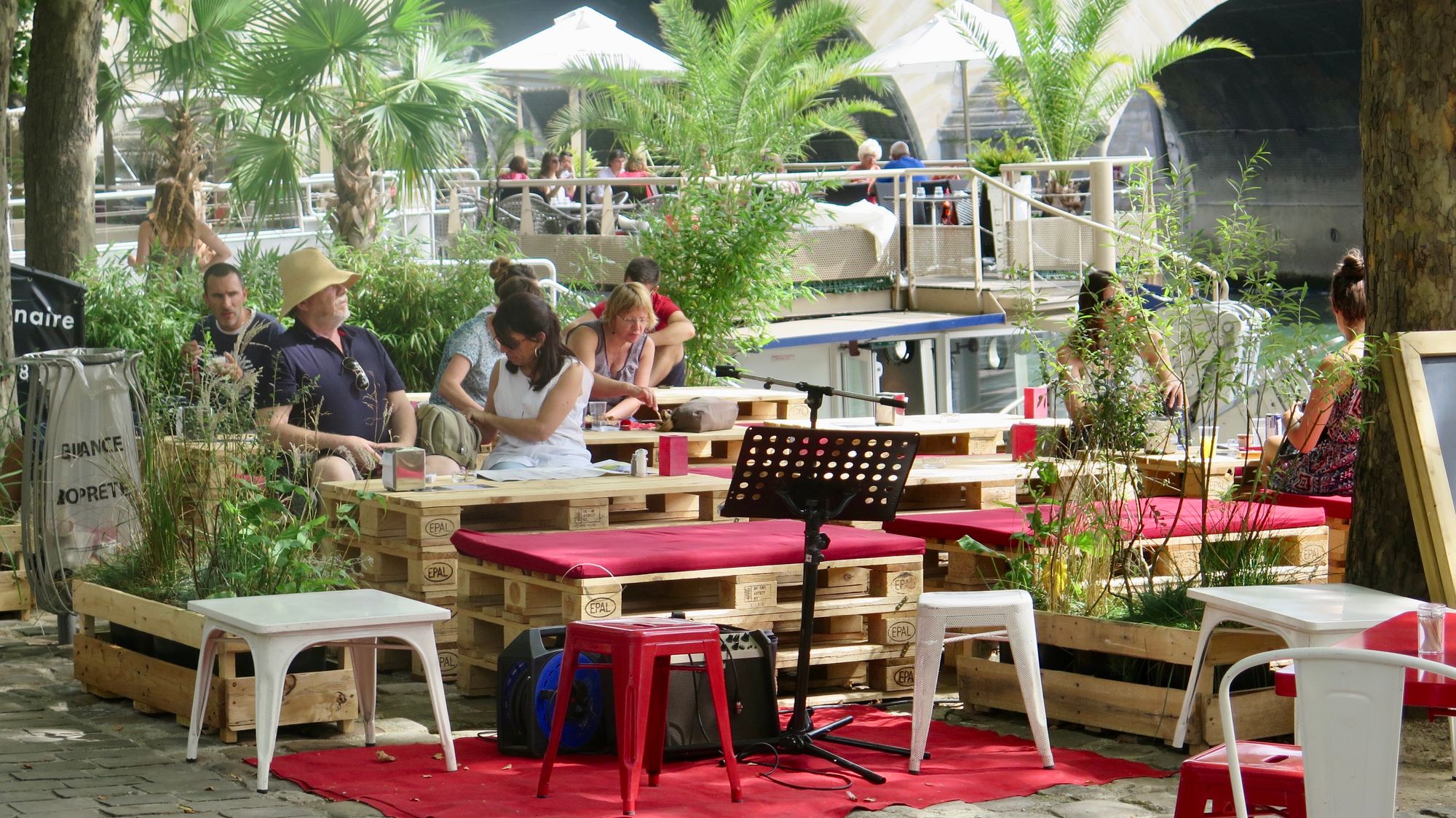
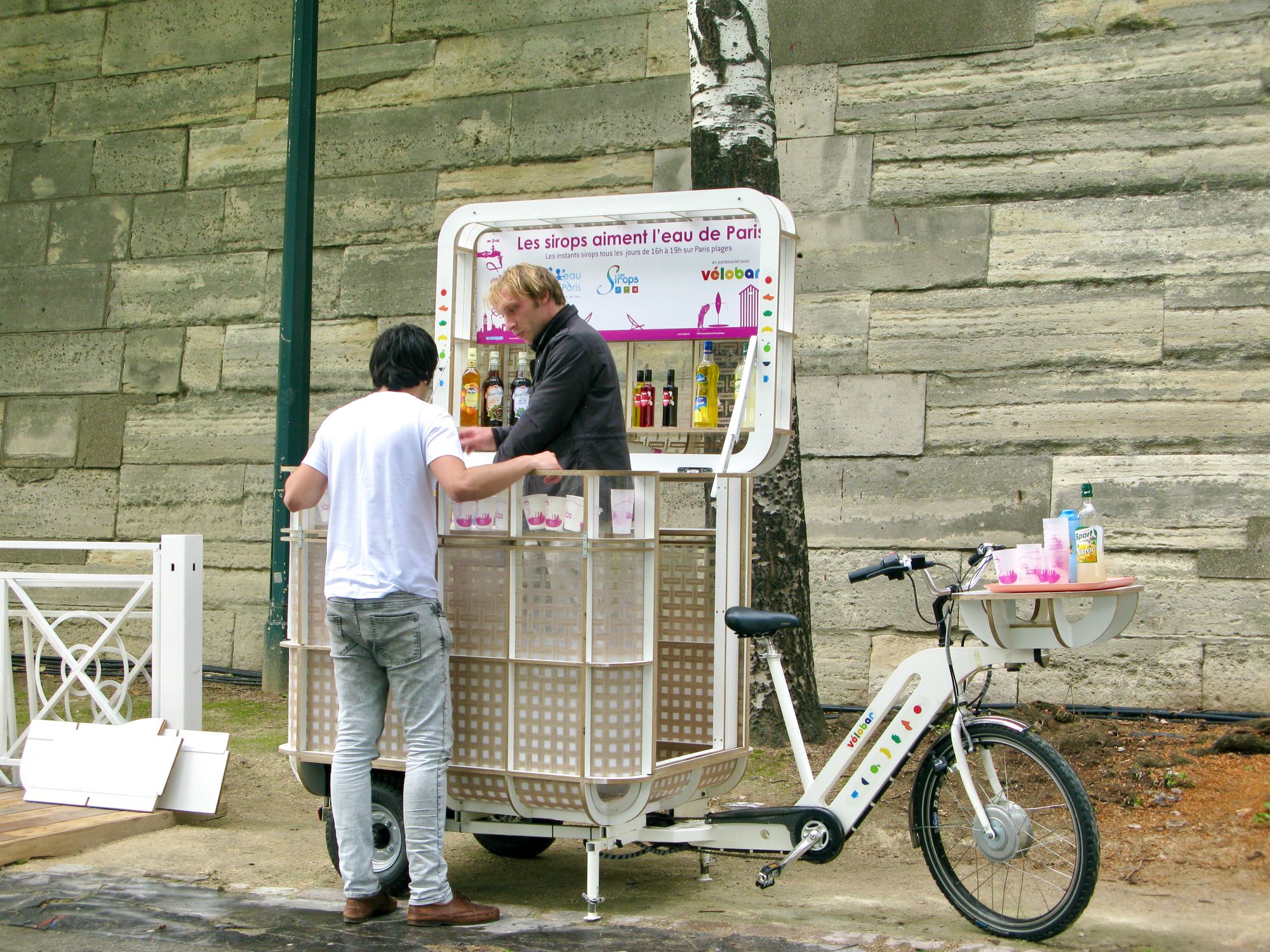
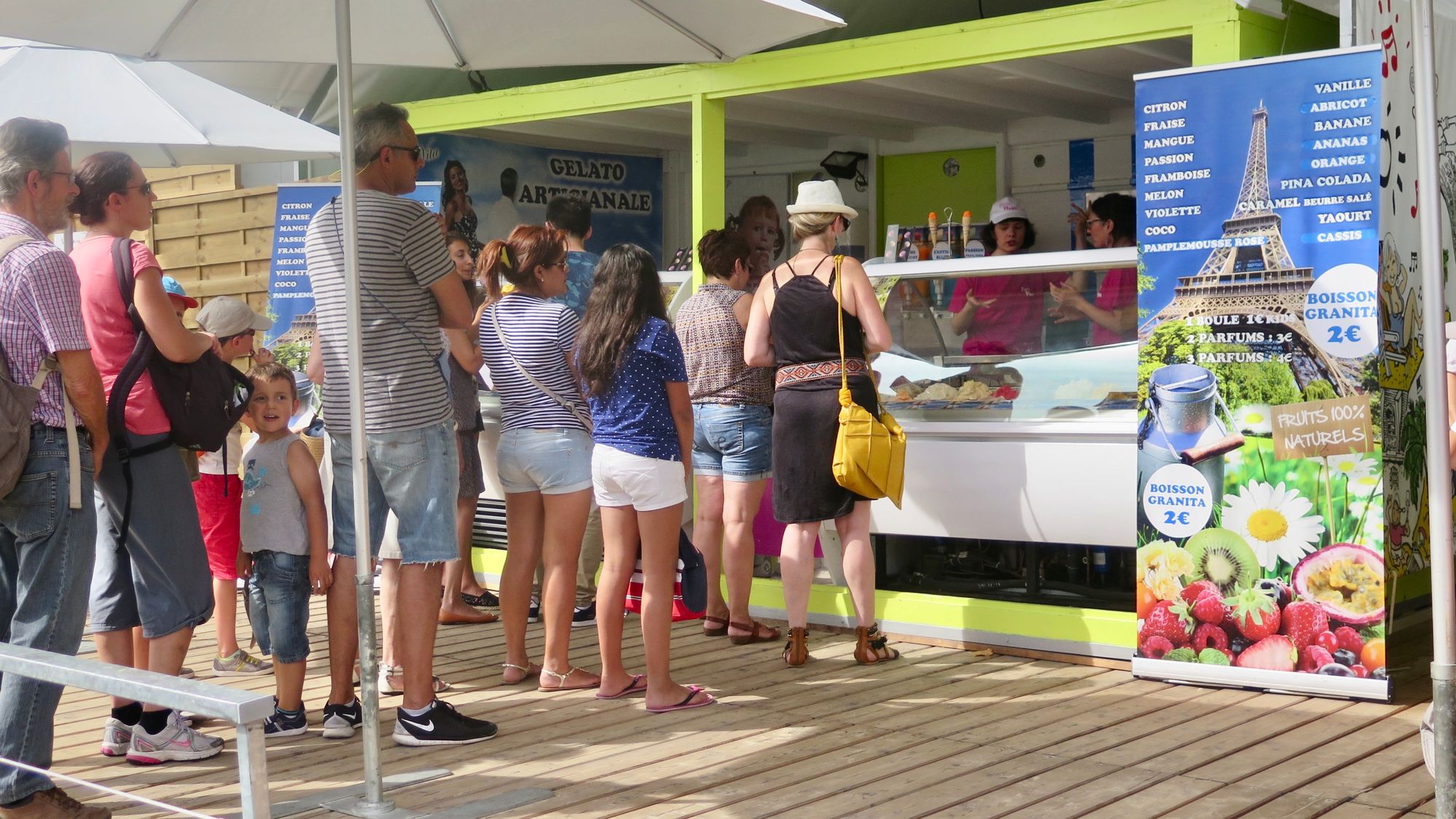
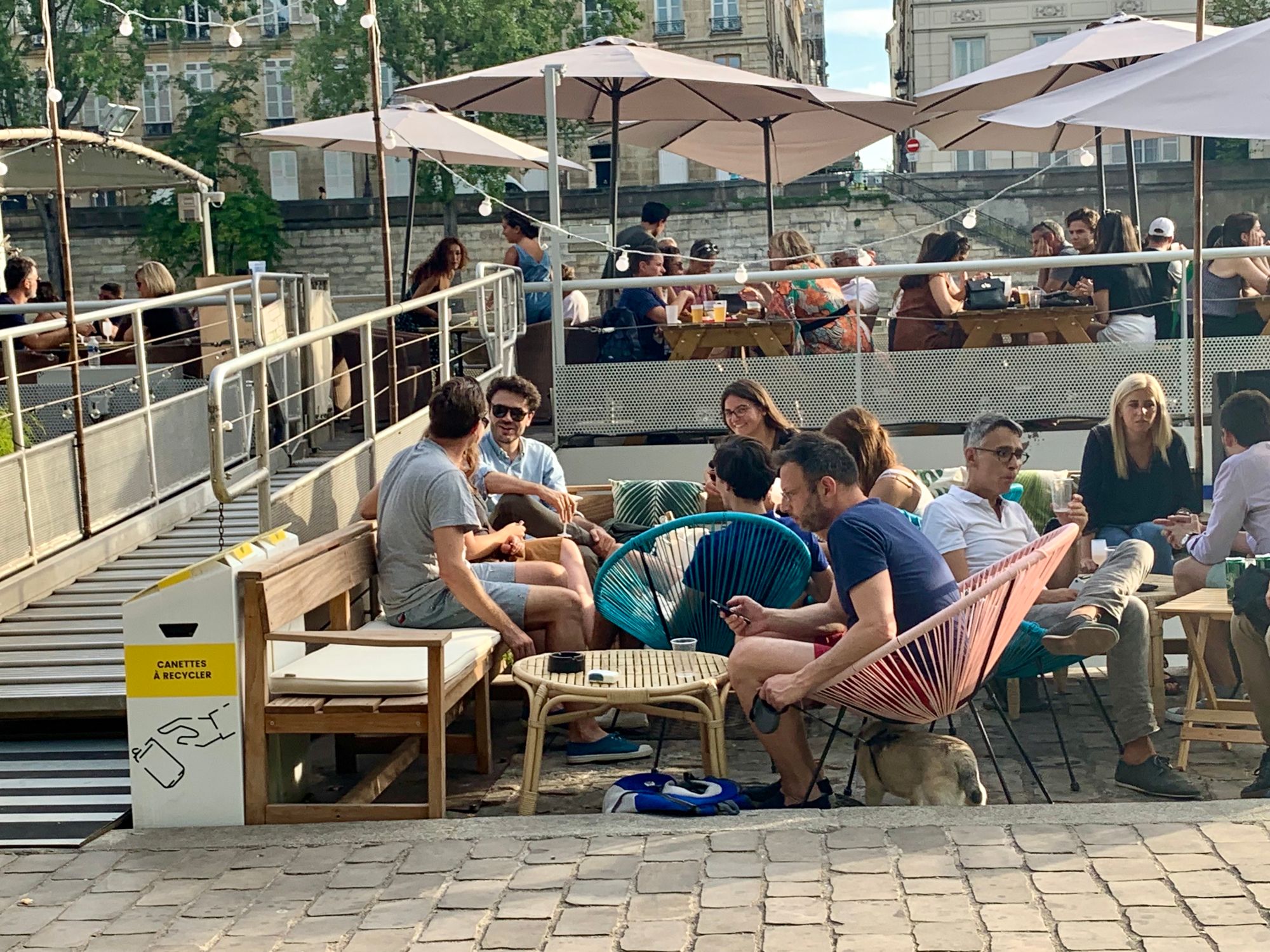
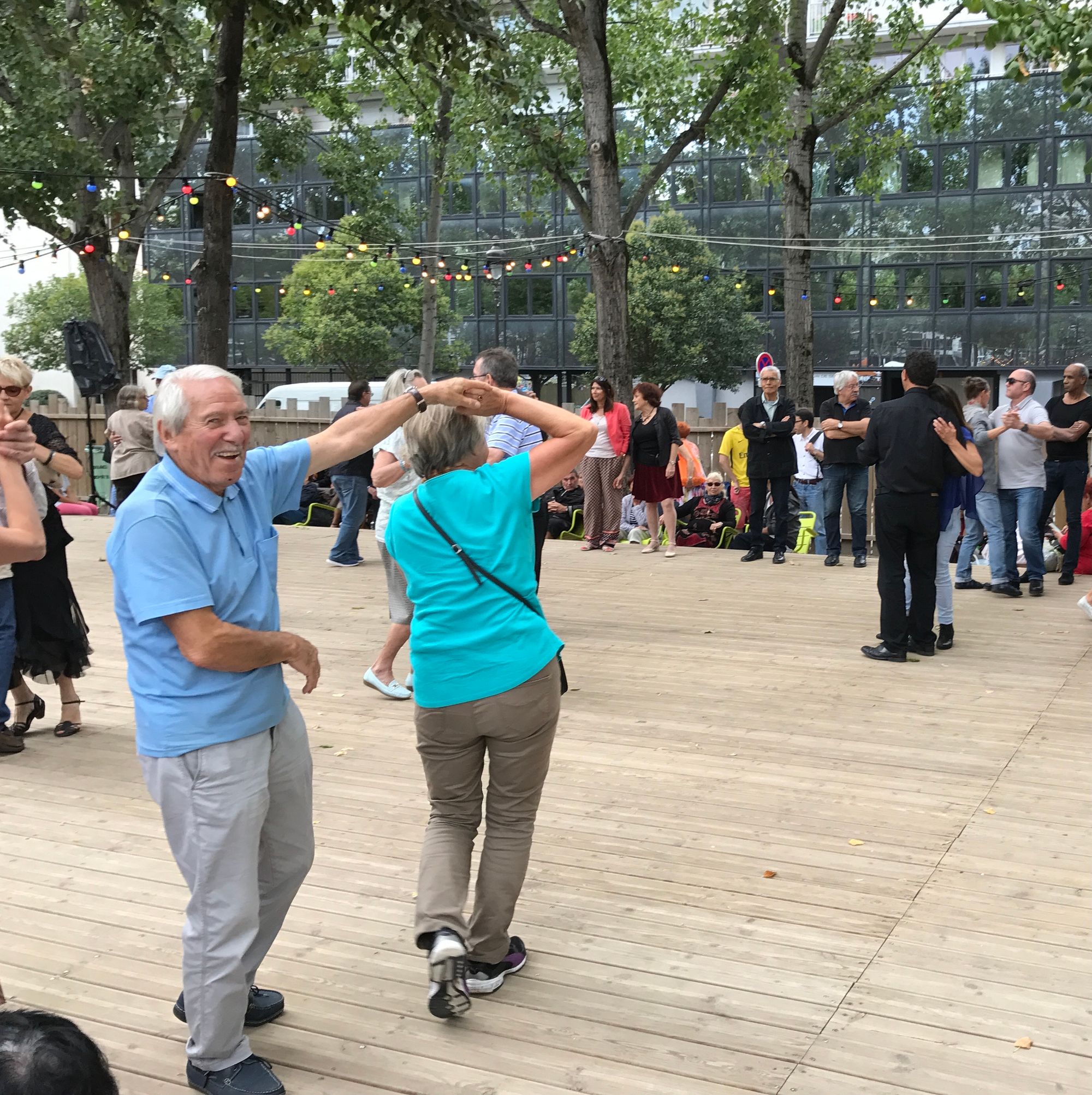
There are often games, exercise classes, music, and even sand castle exhibits going on, too!
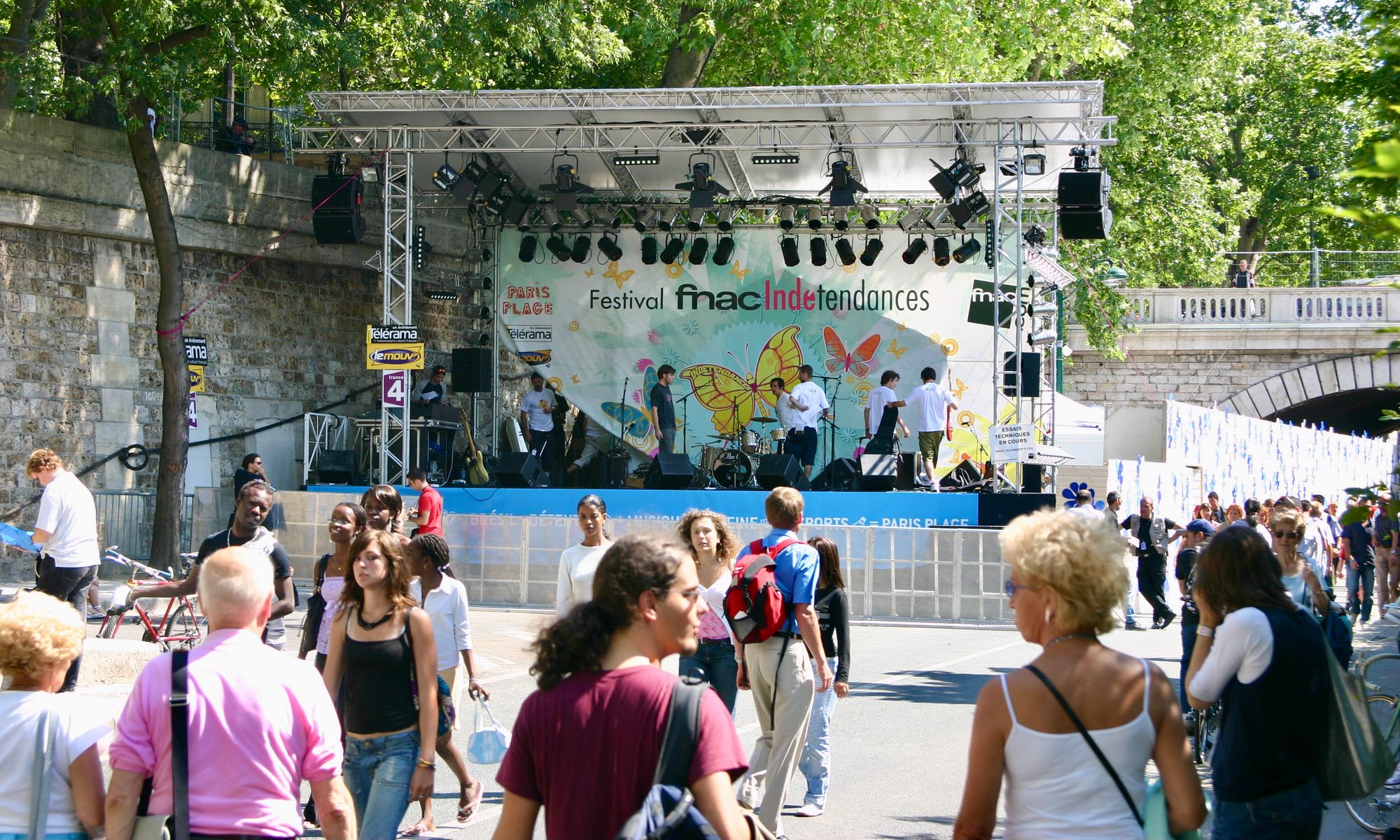
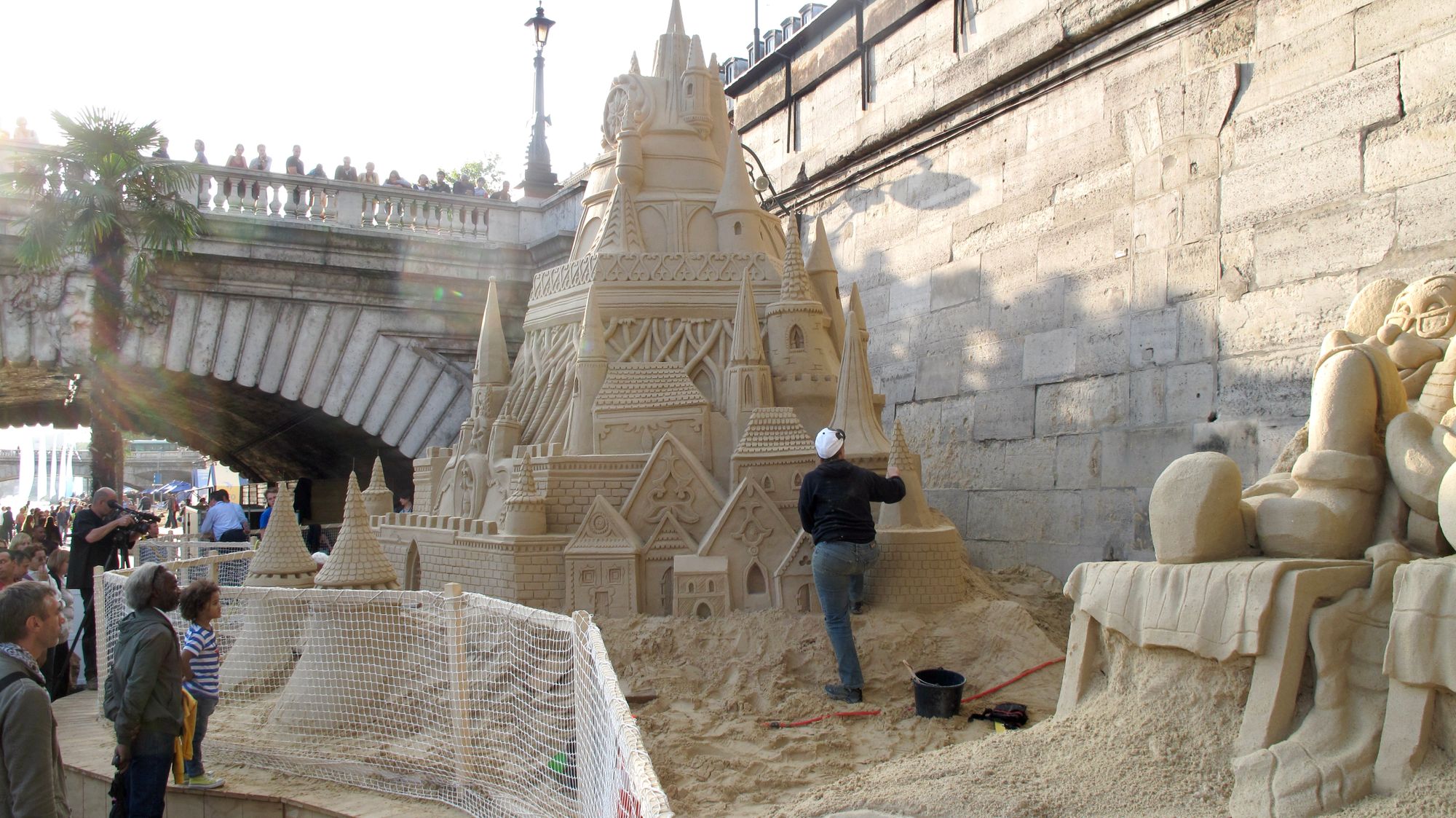
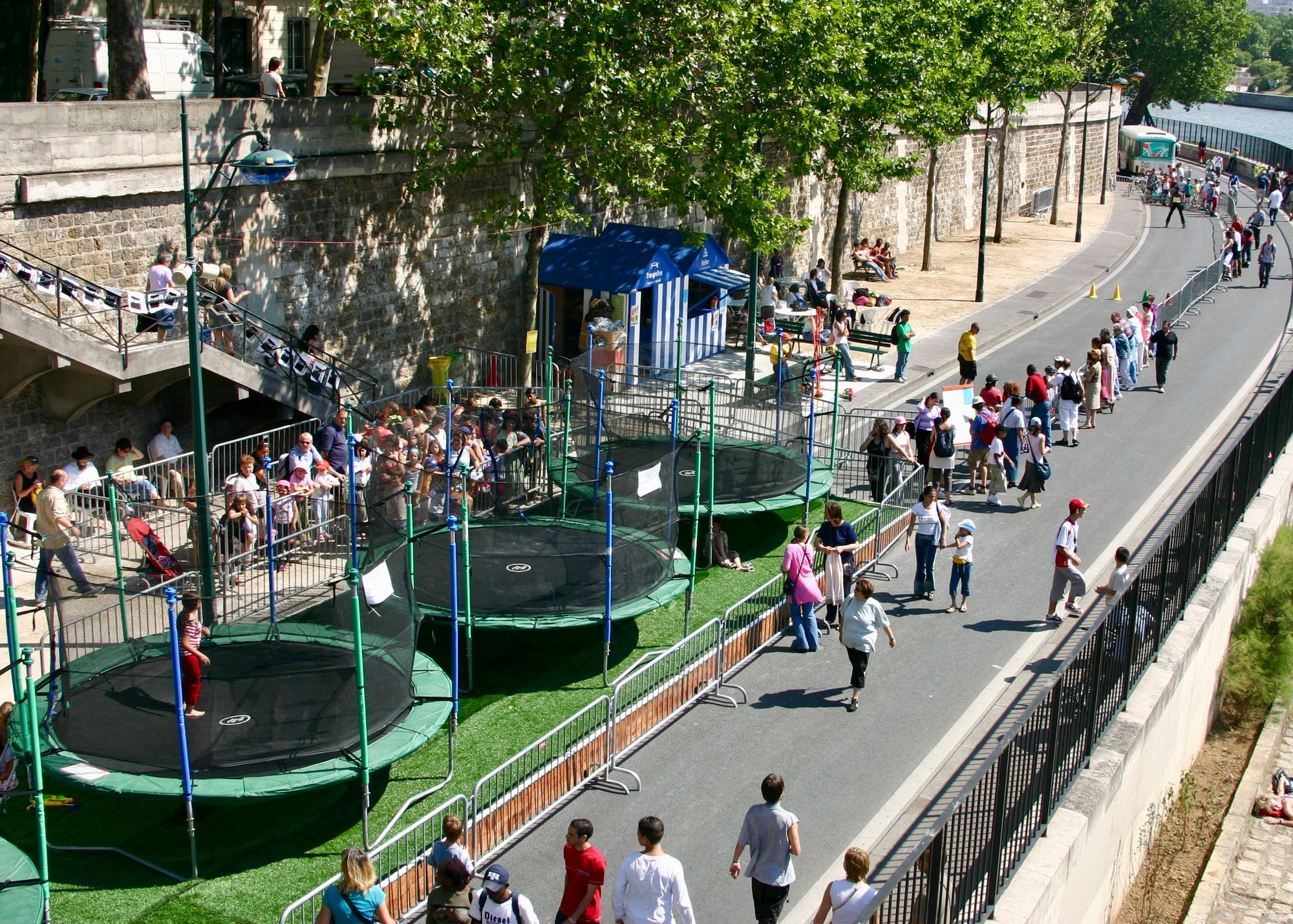
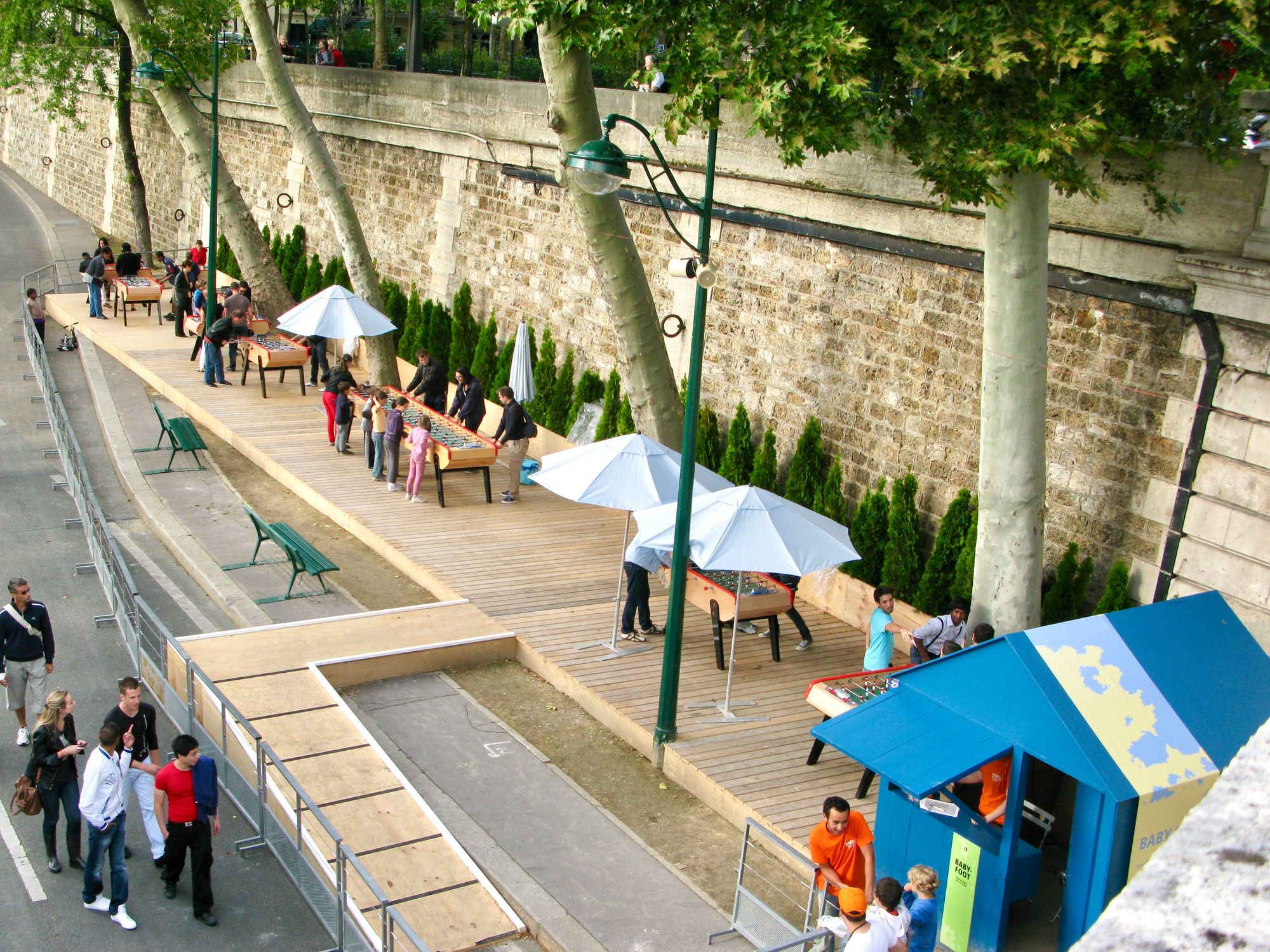
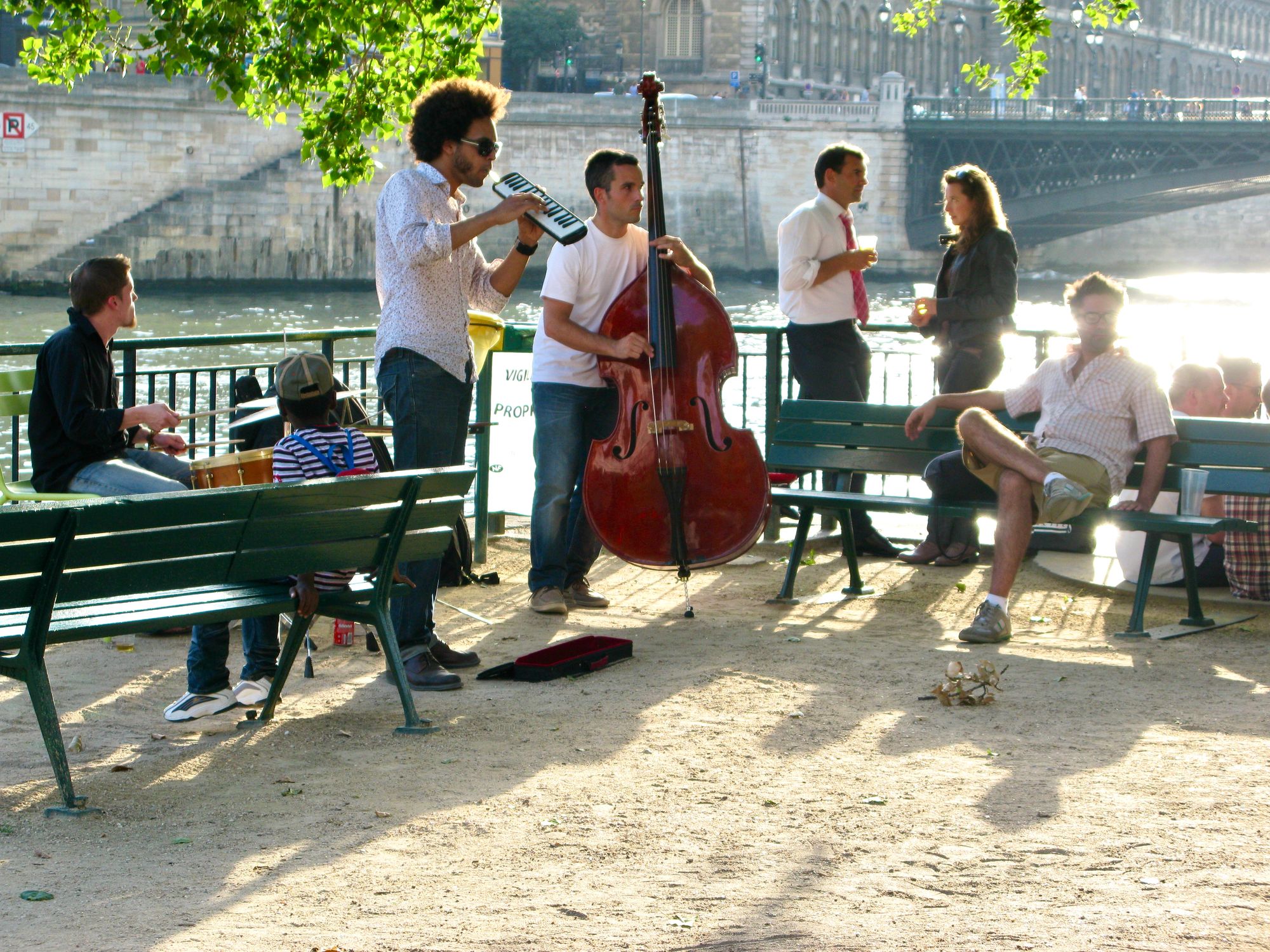
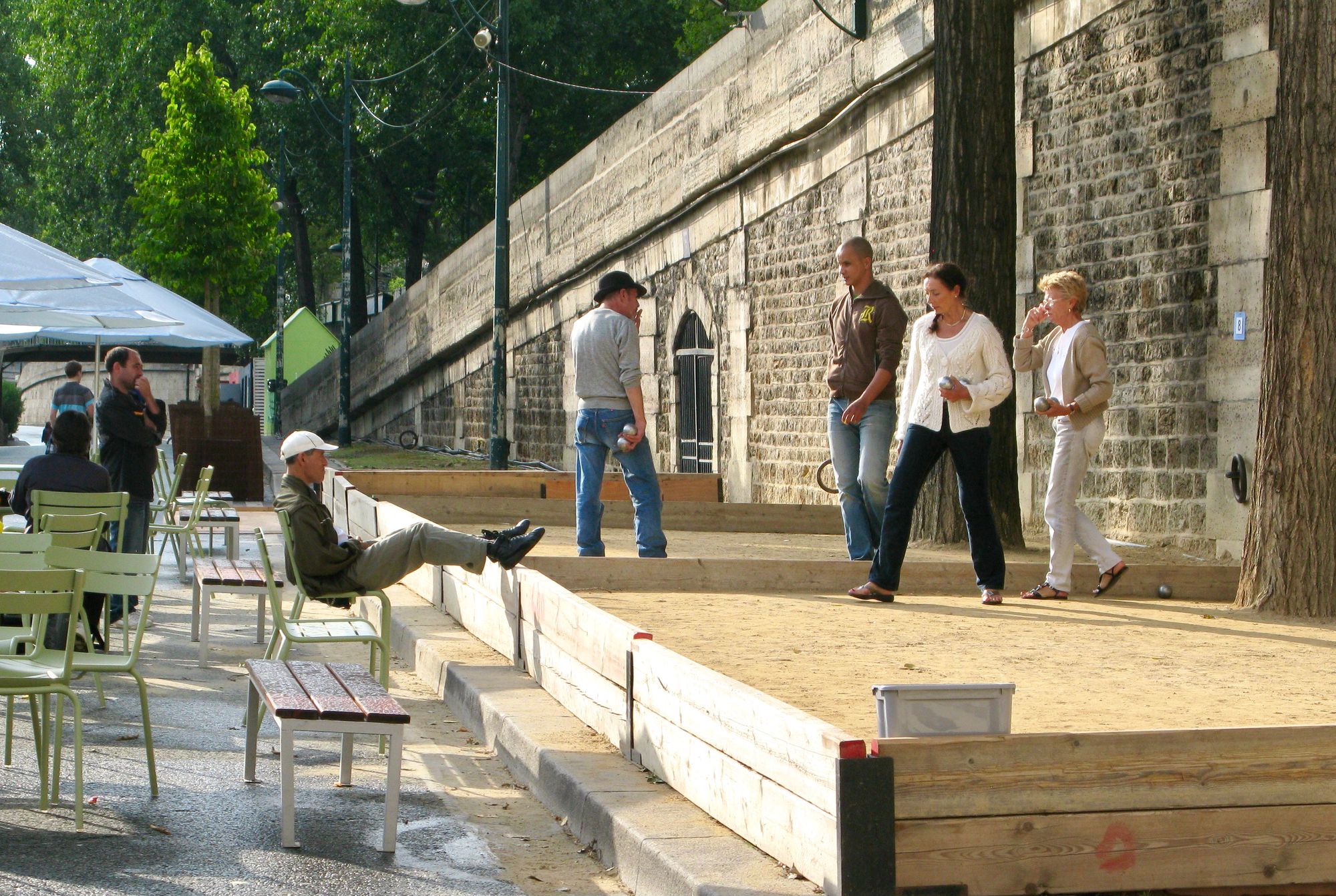
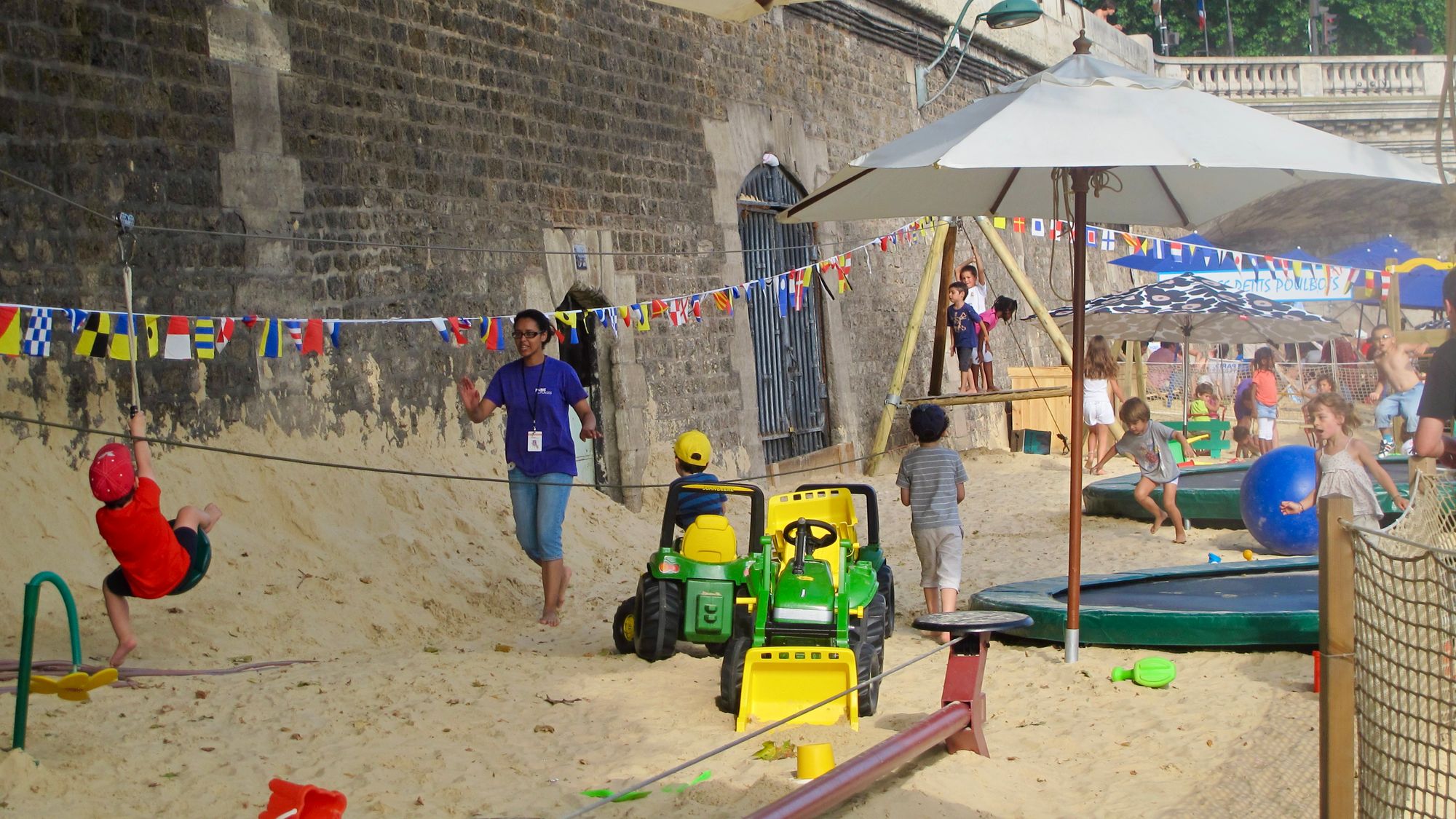
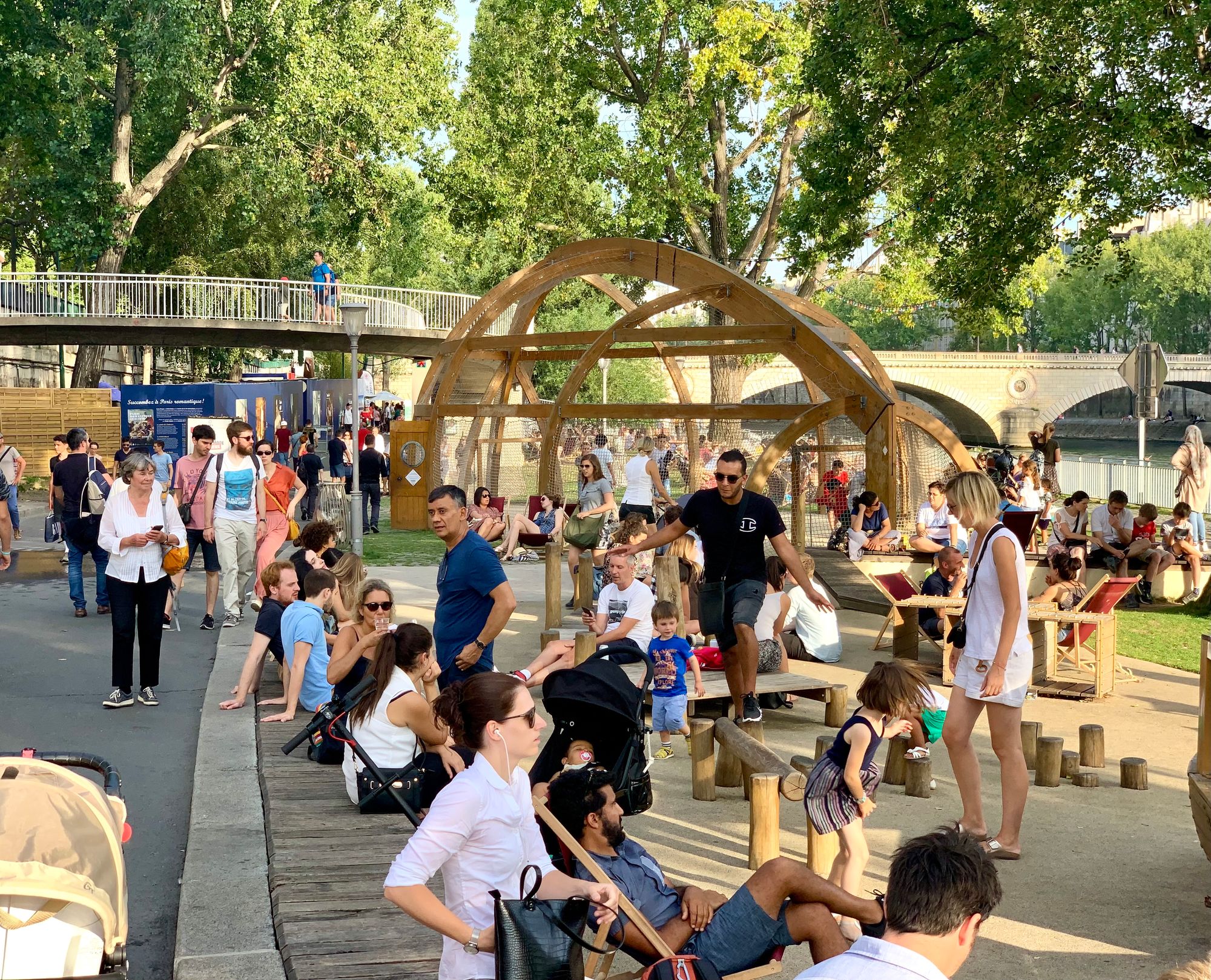
To support it all, seating is everywhere and varied in style, offering all kinds of casual experiences for visitors.
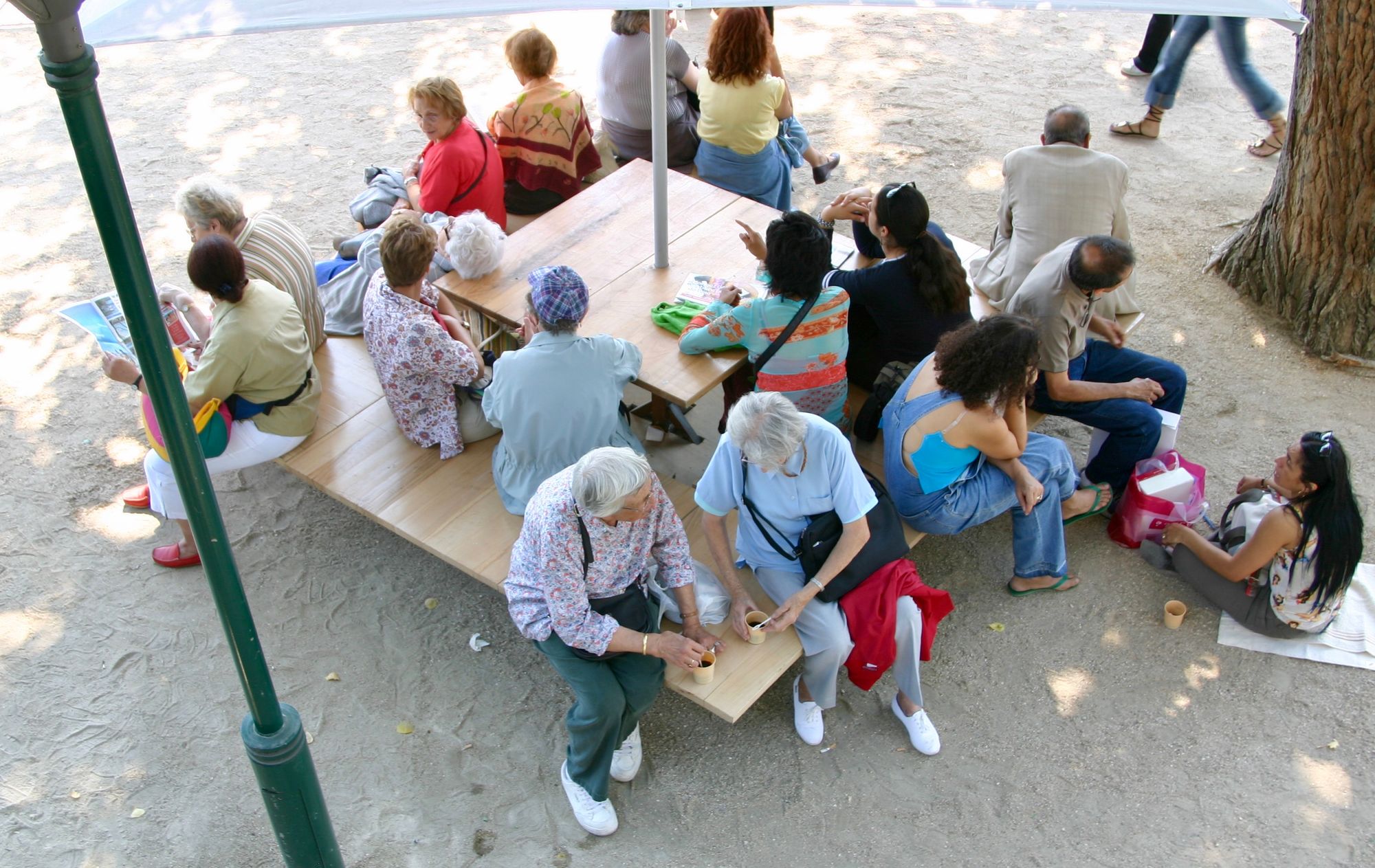
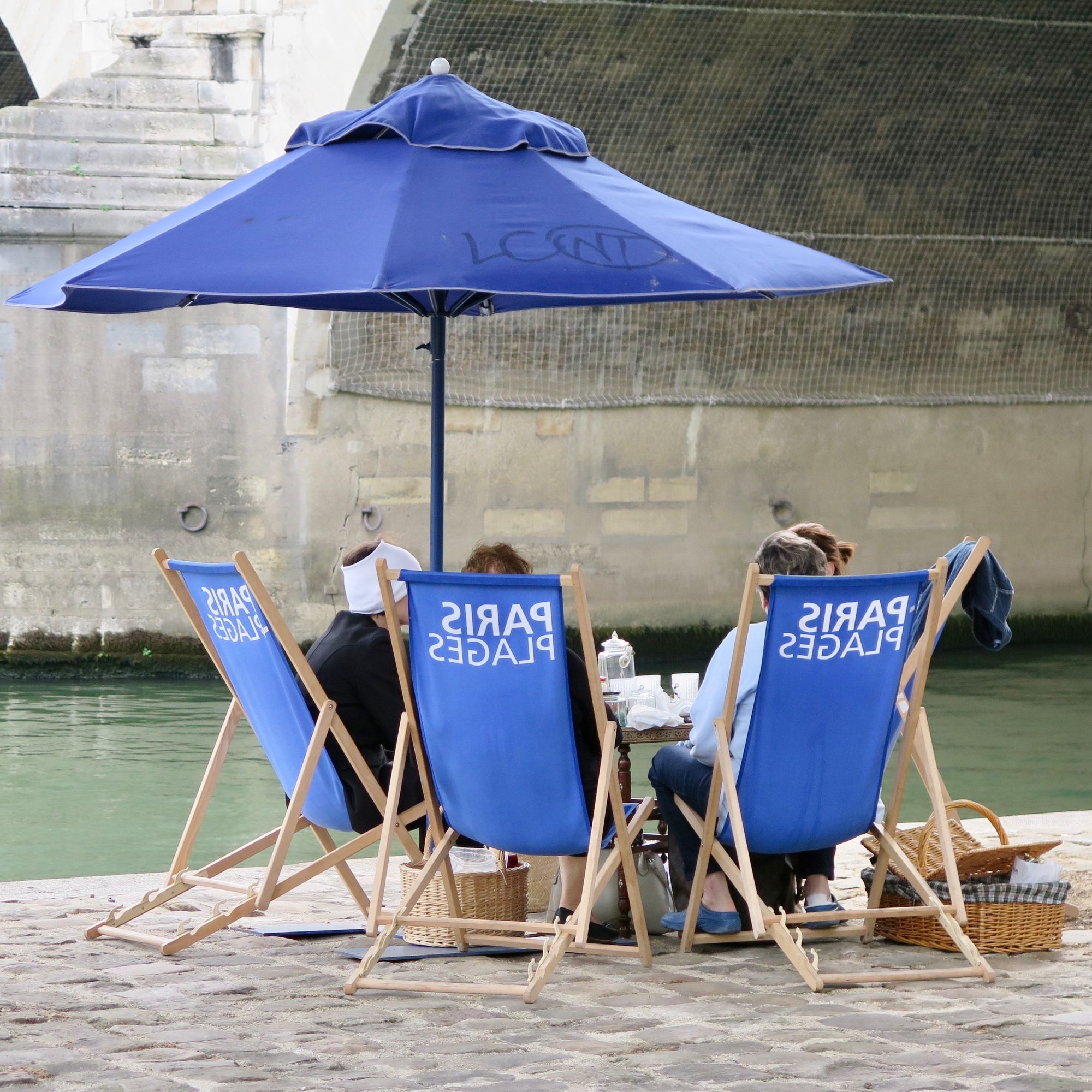
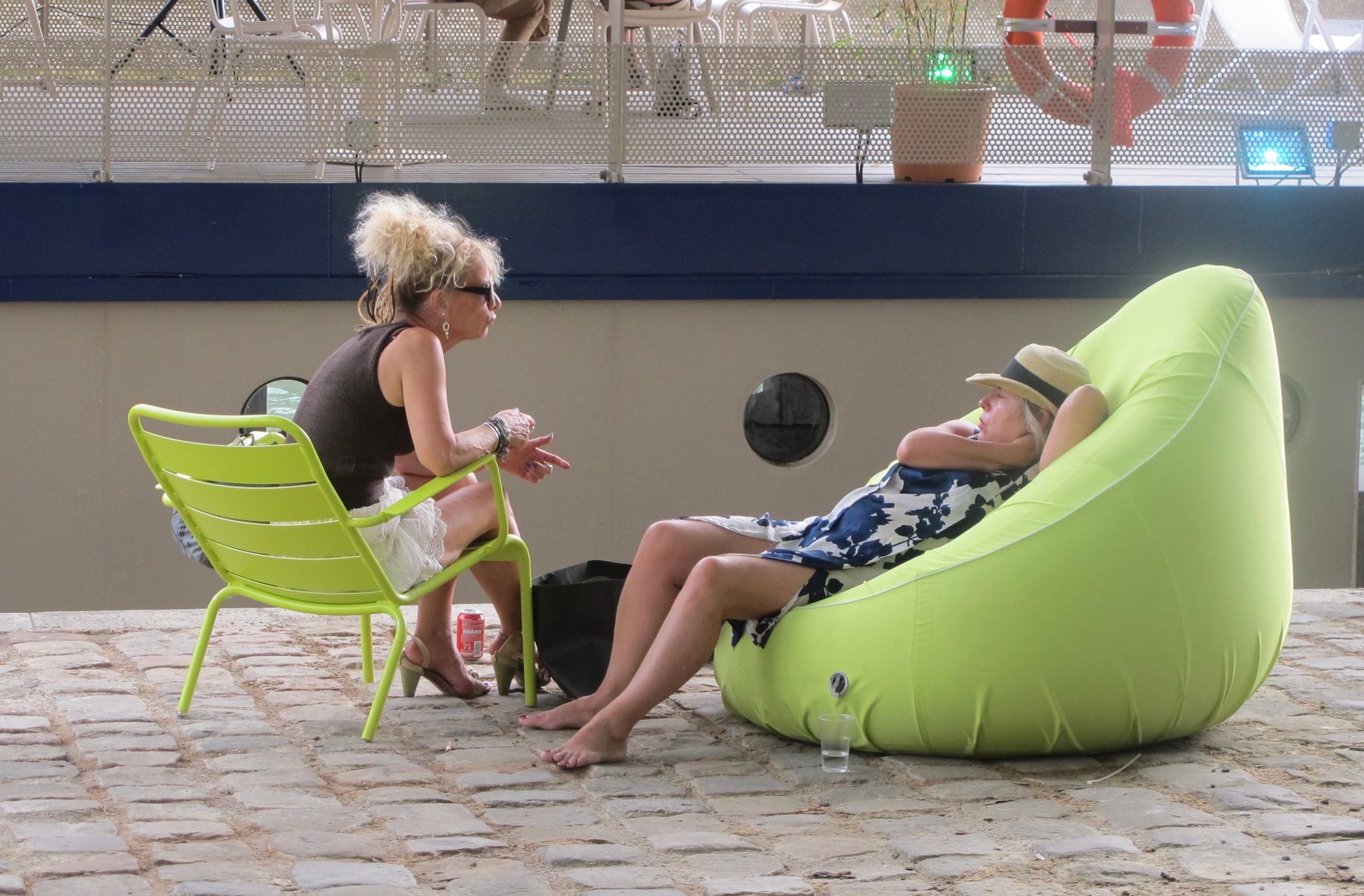
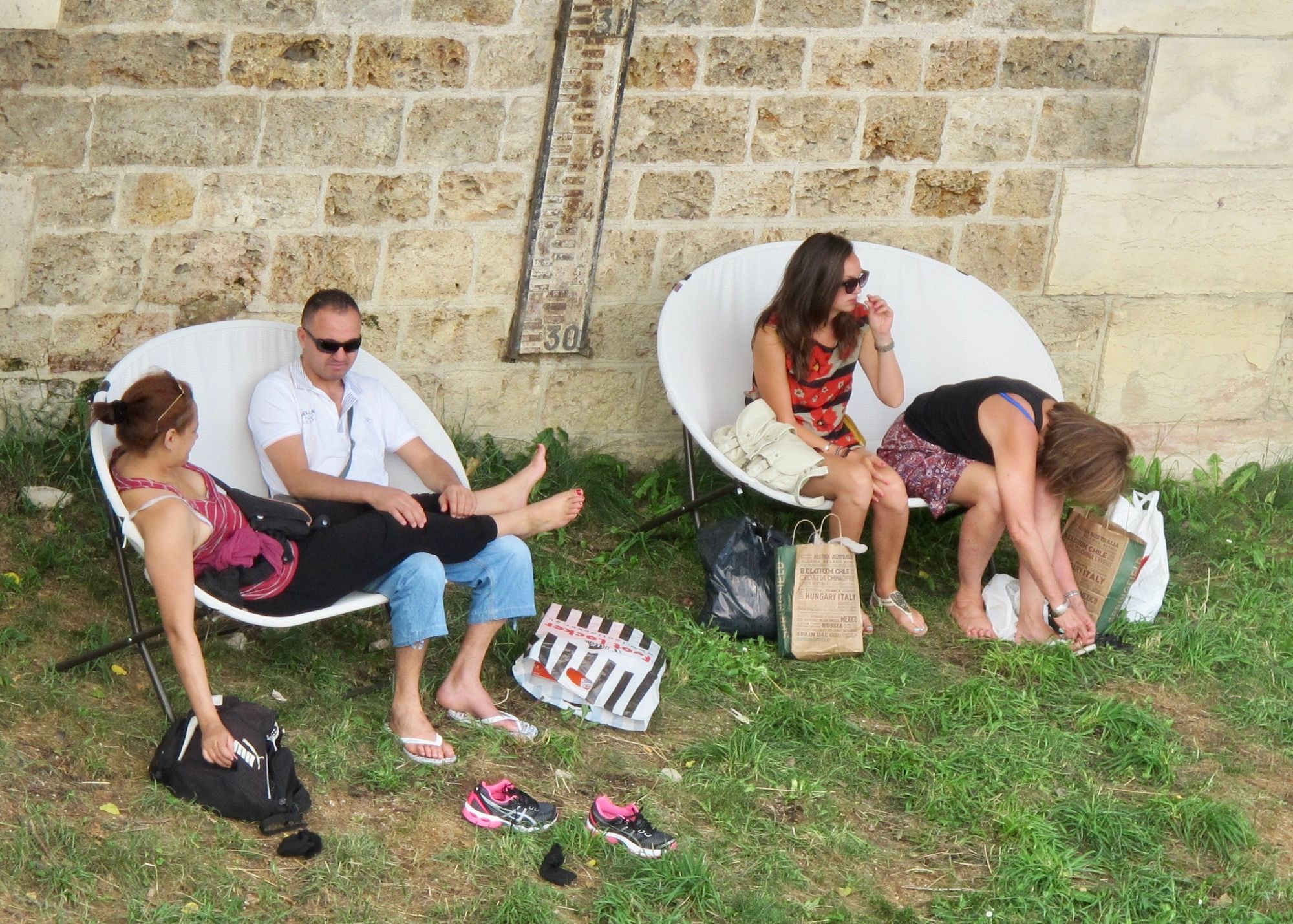
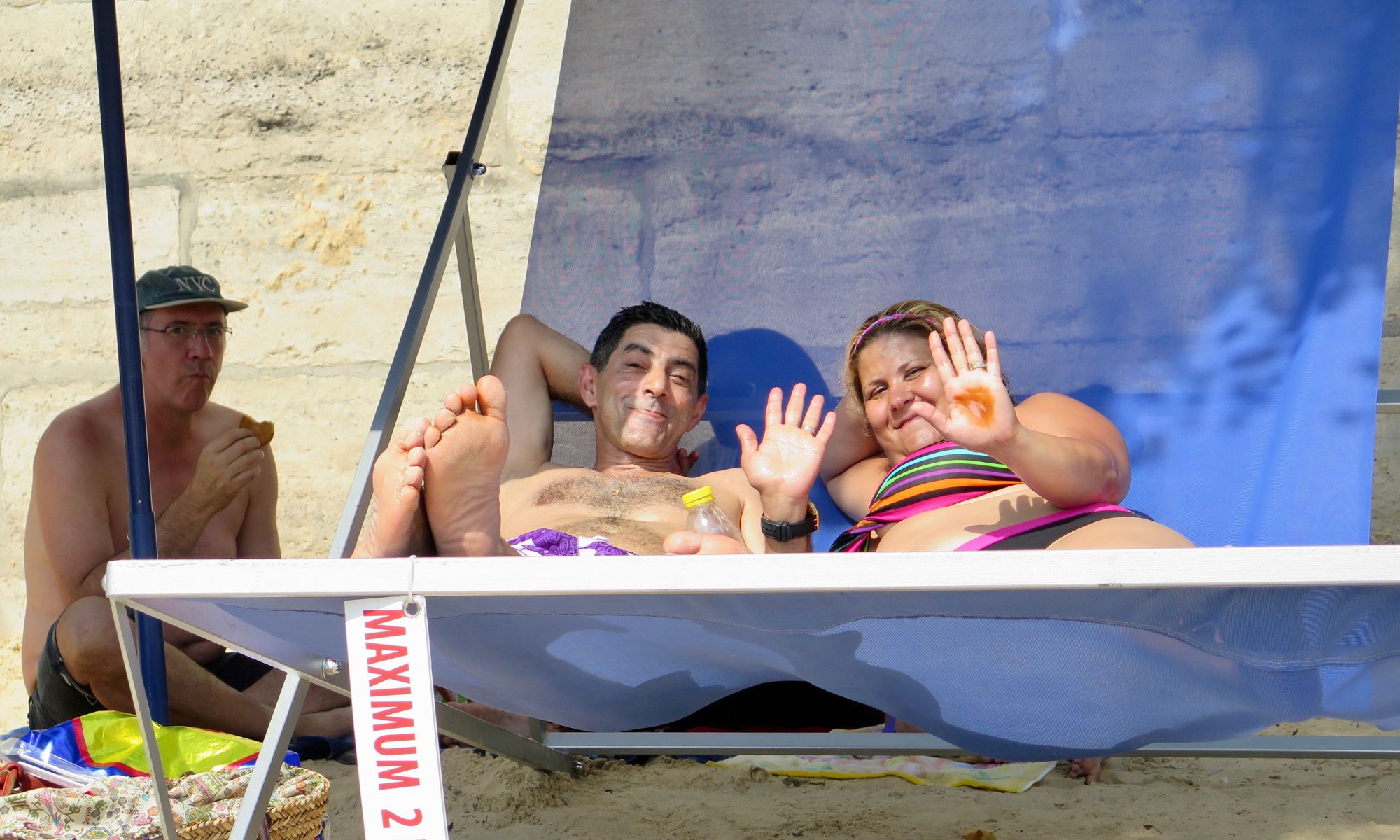
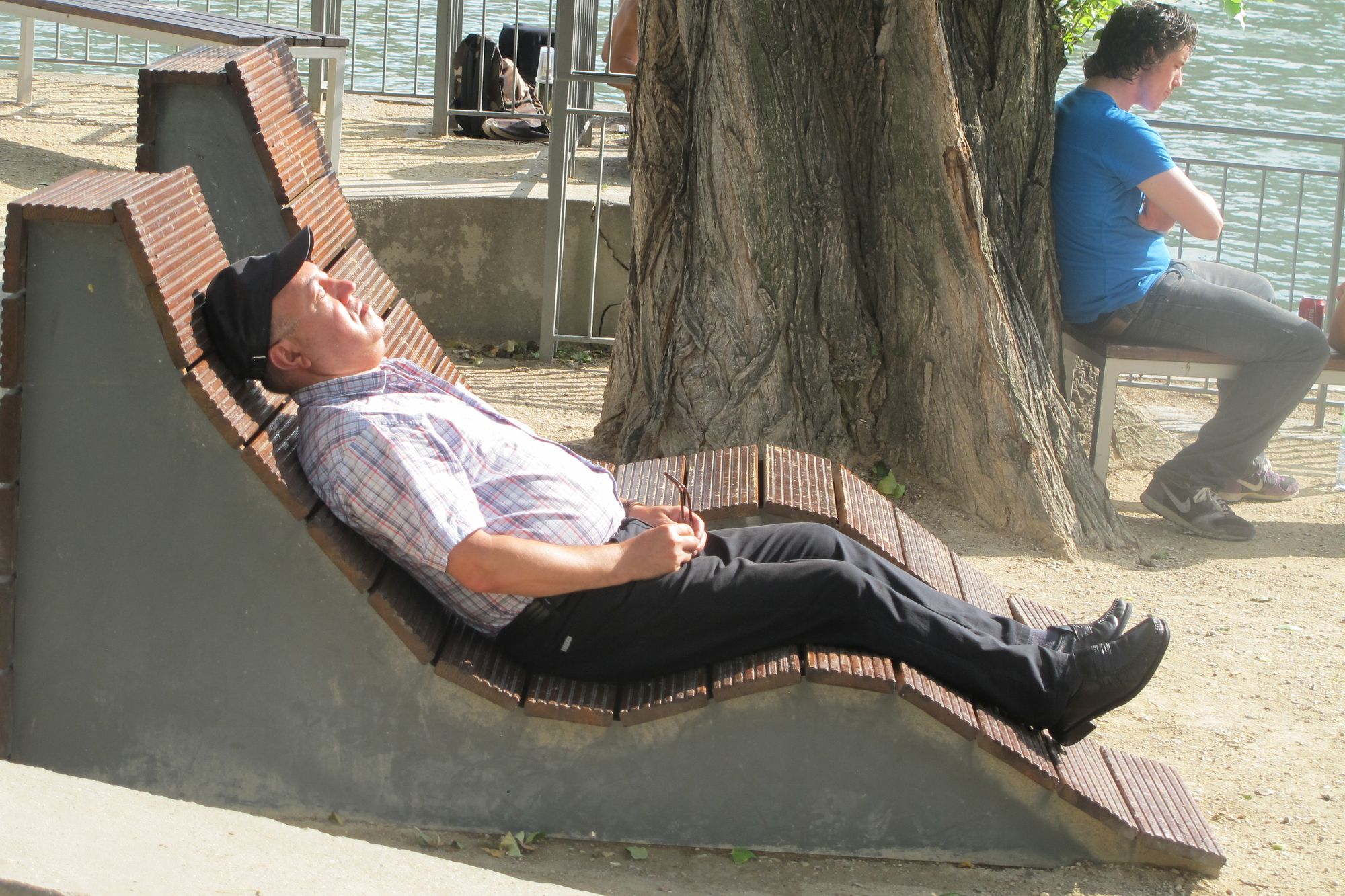
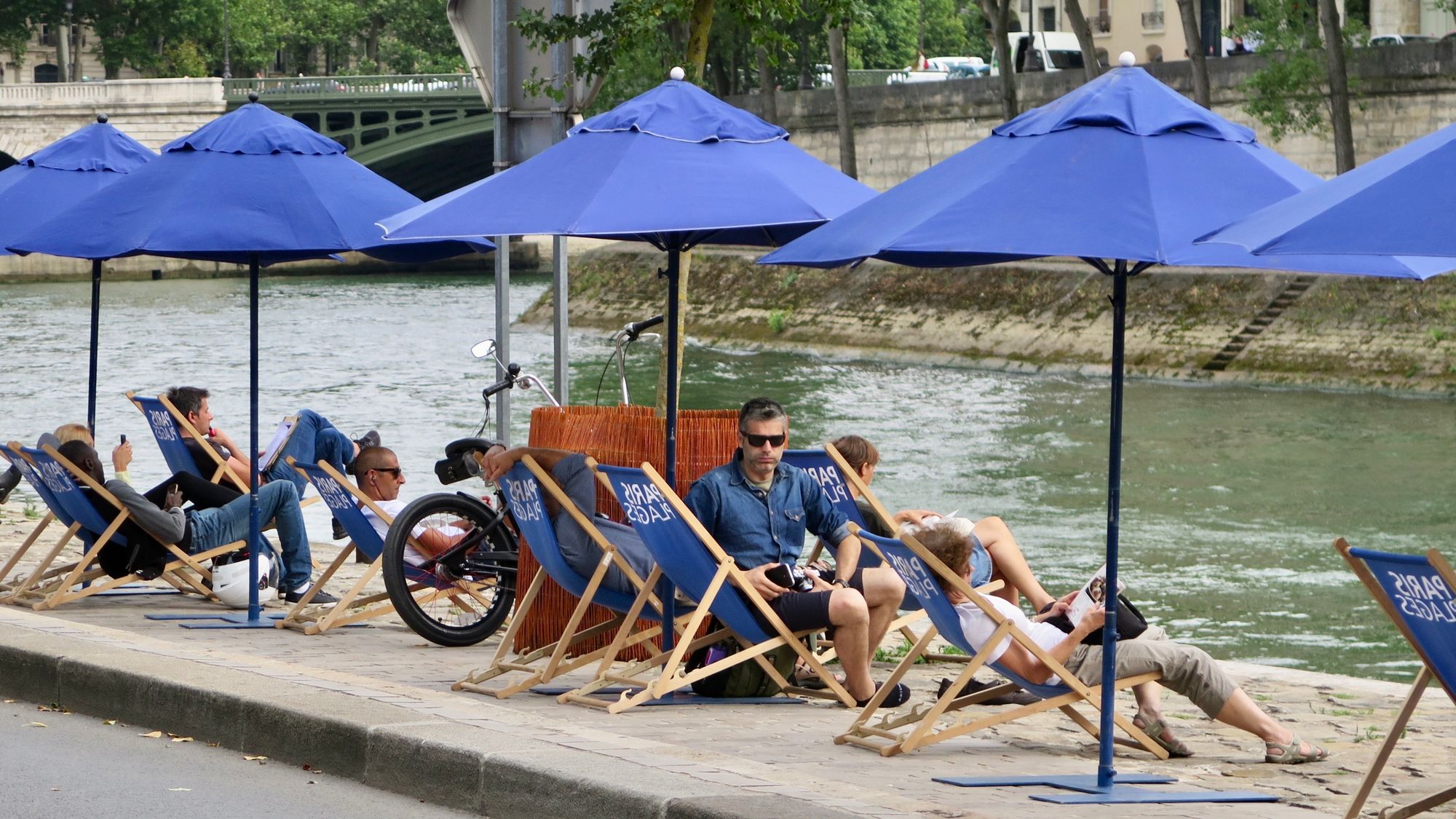
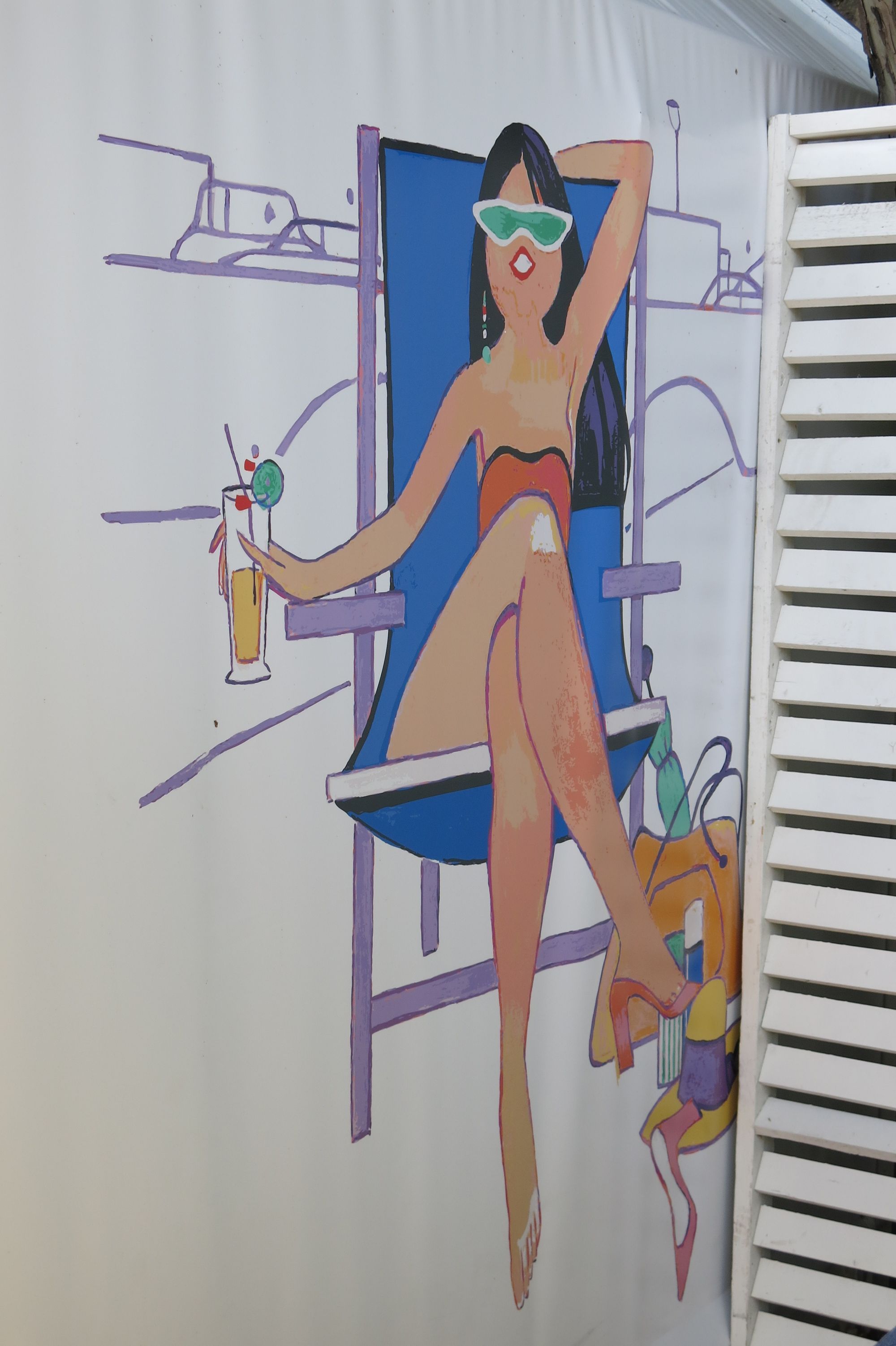
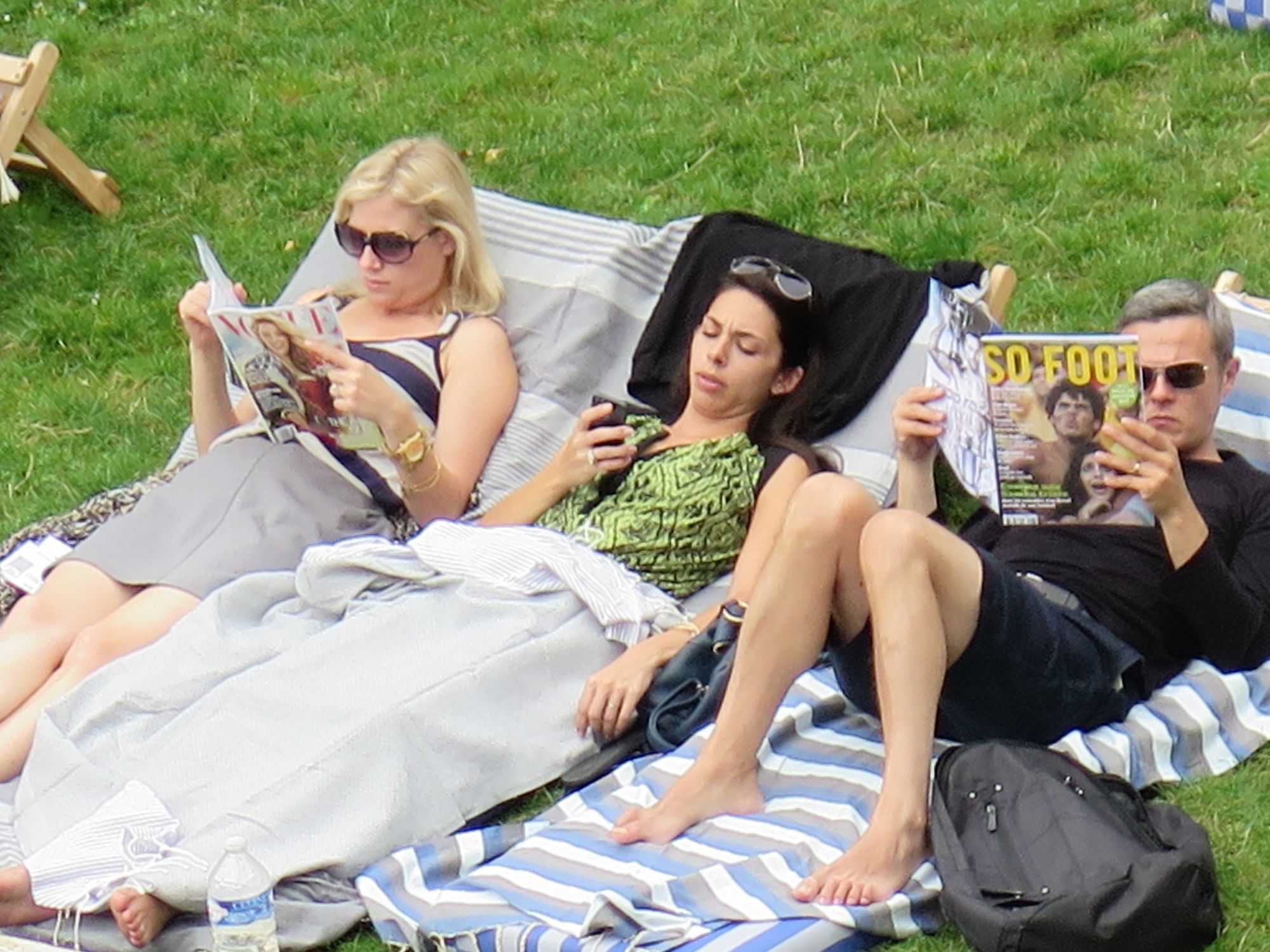
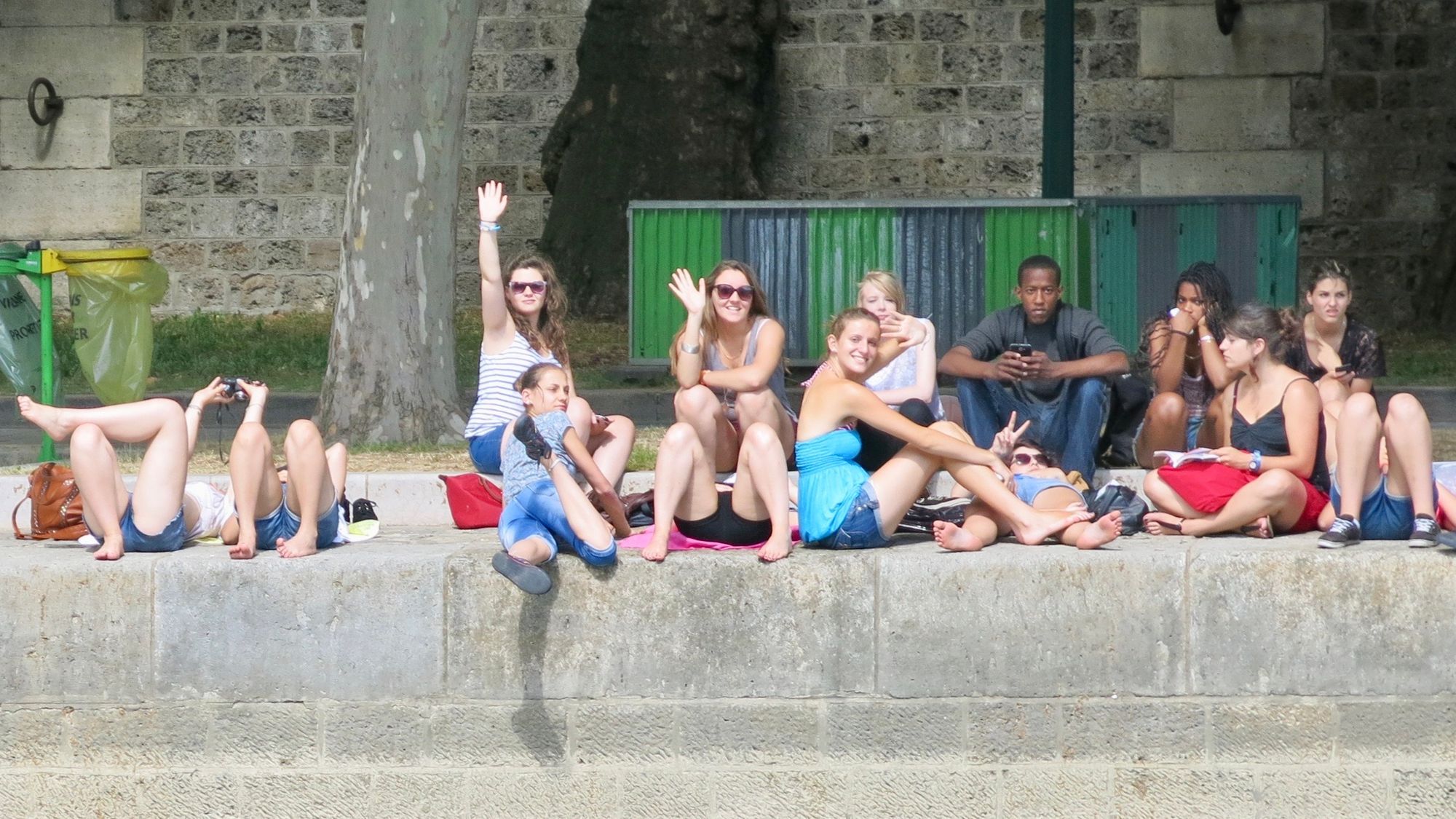
Les Berges - Left Bank
Along the Left Bank, Les Berges became a venue for games, sports, and temporary restaurants. Because of its proximity to Musee D'Orsay, it is also a venue for art.
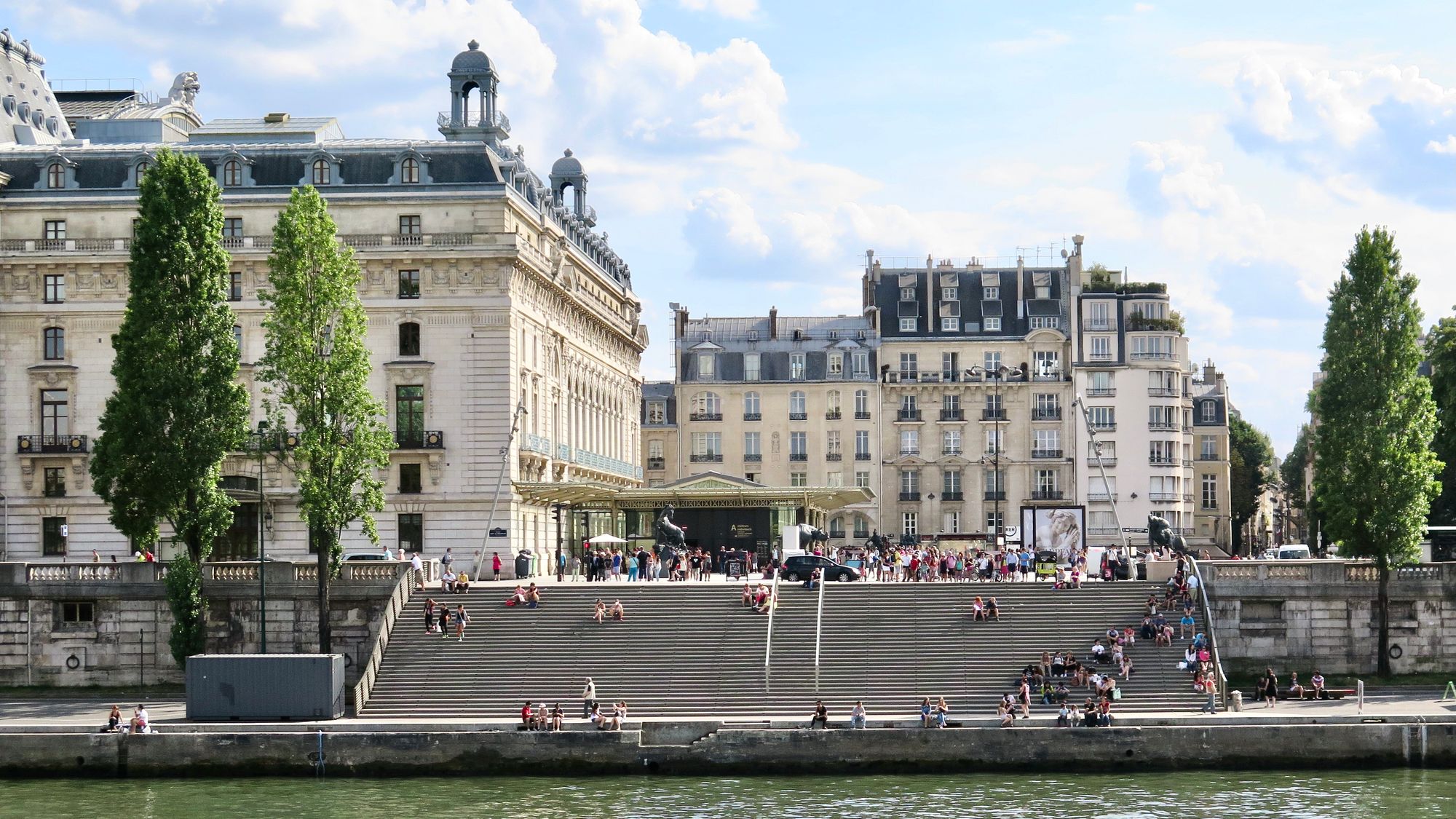
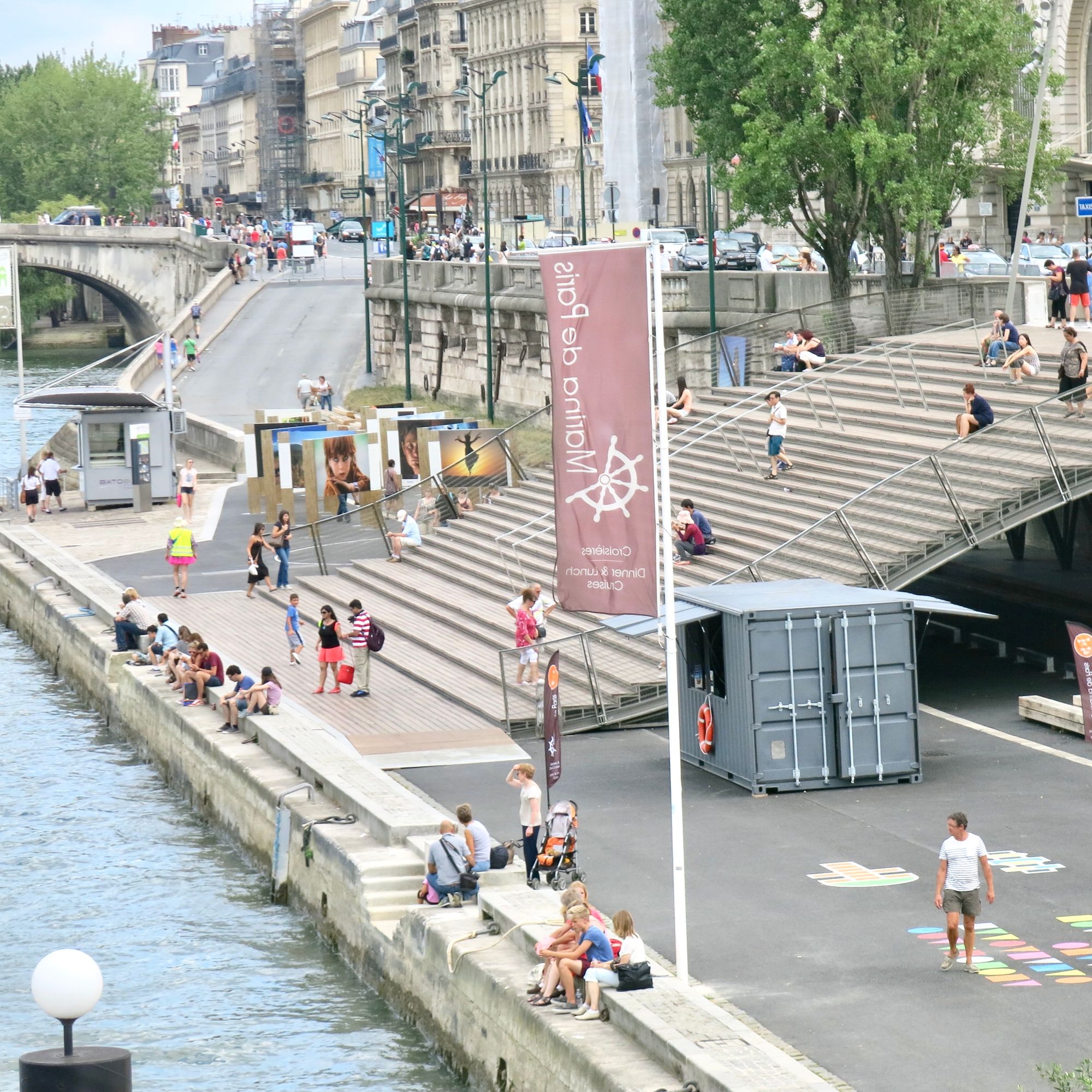
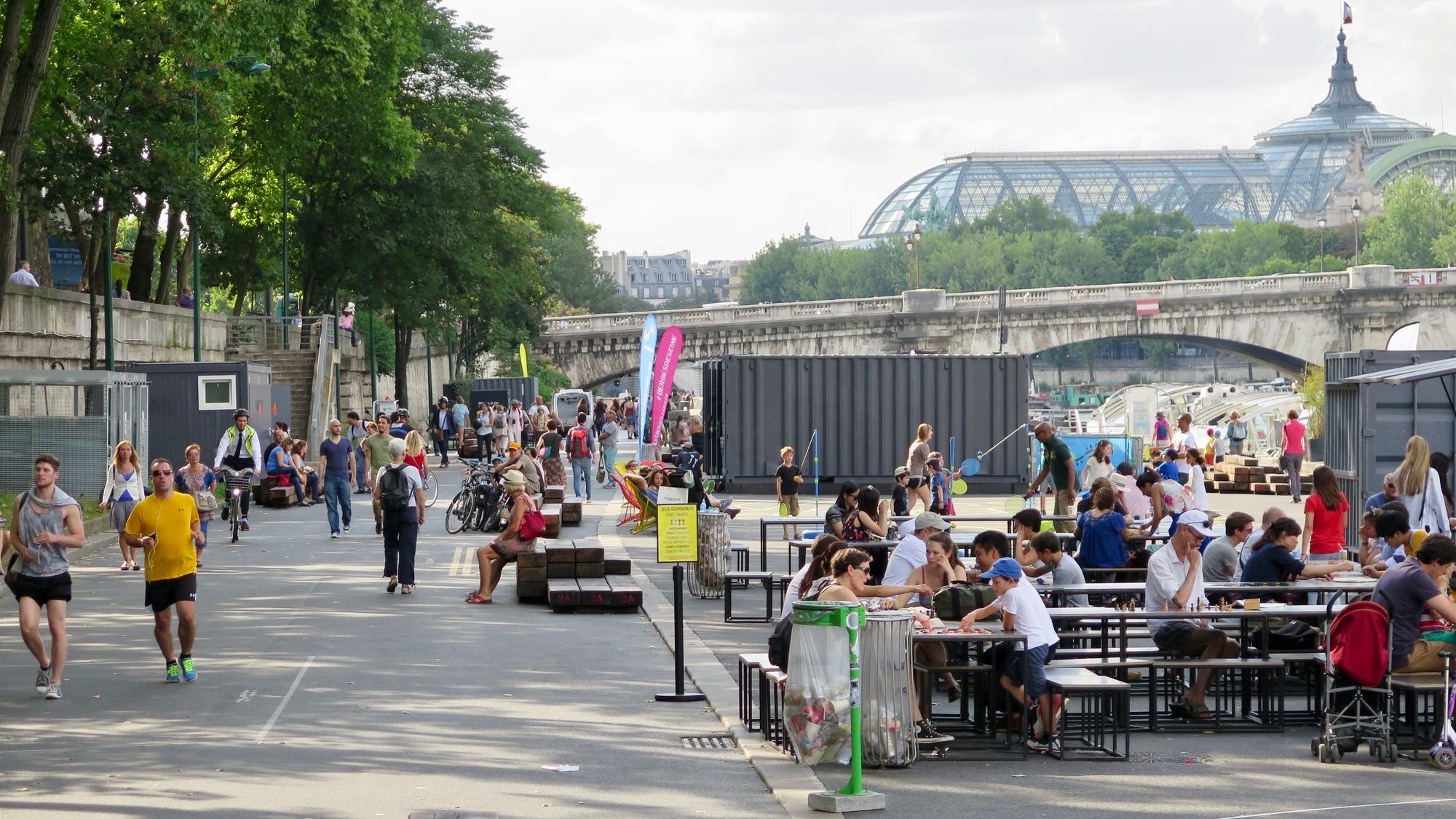
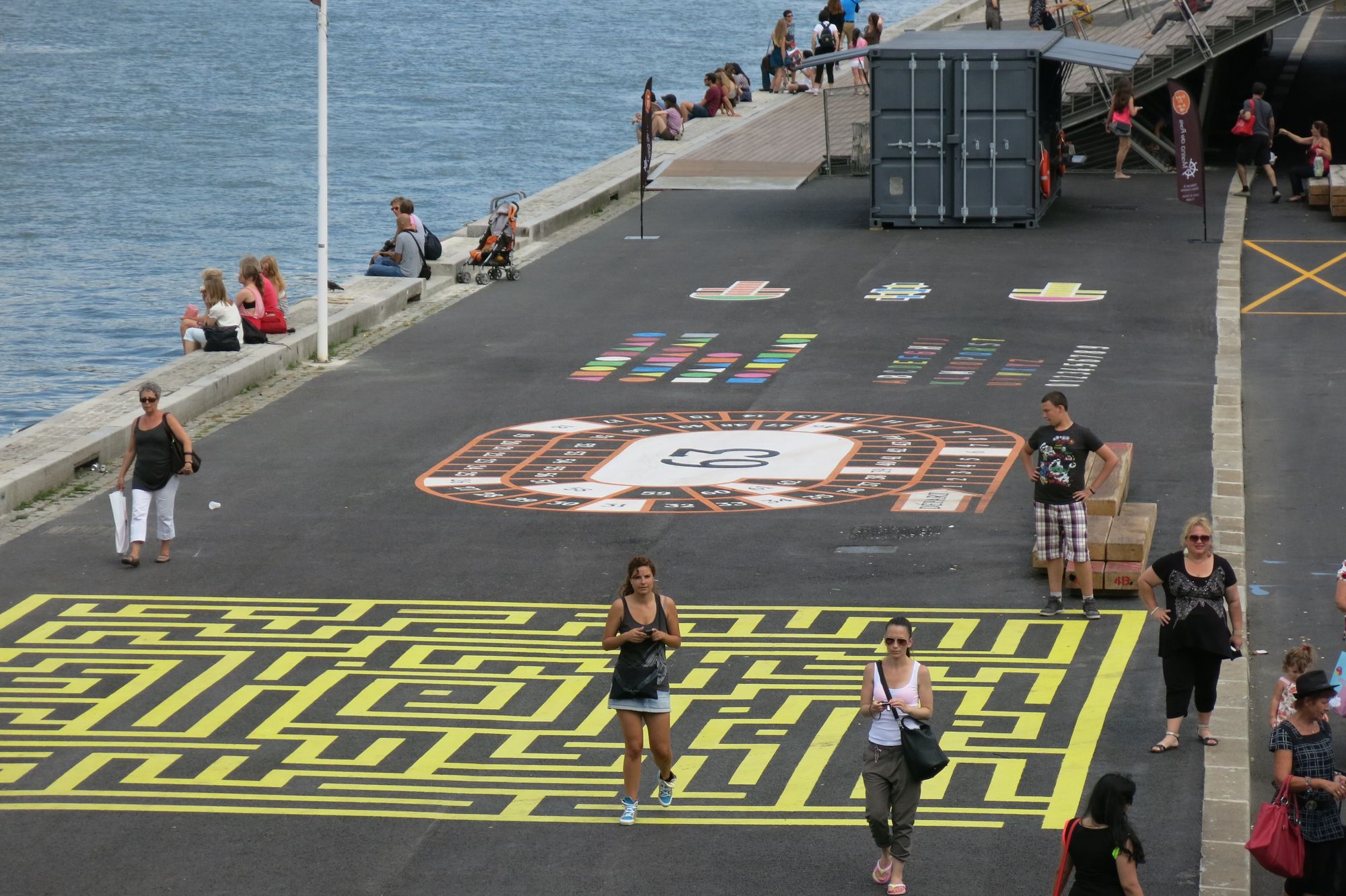

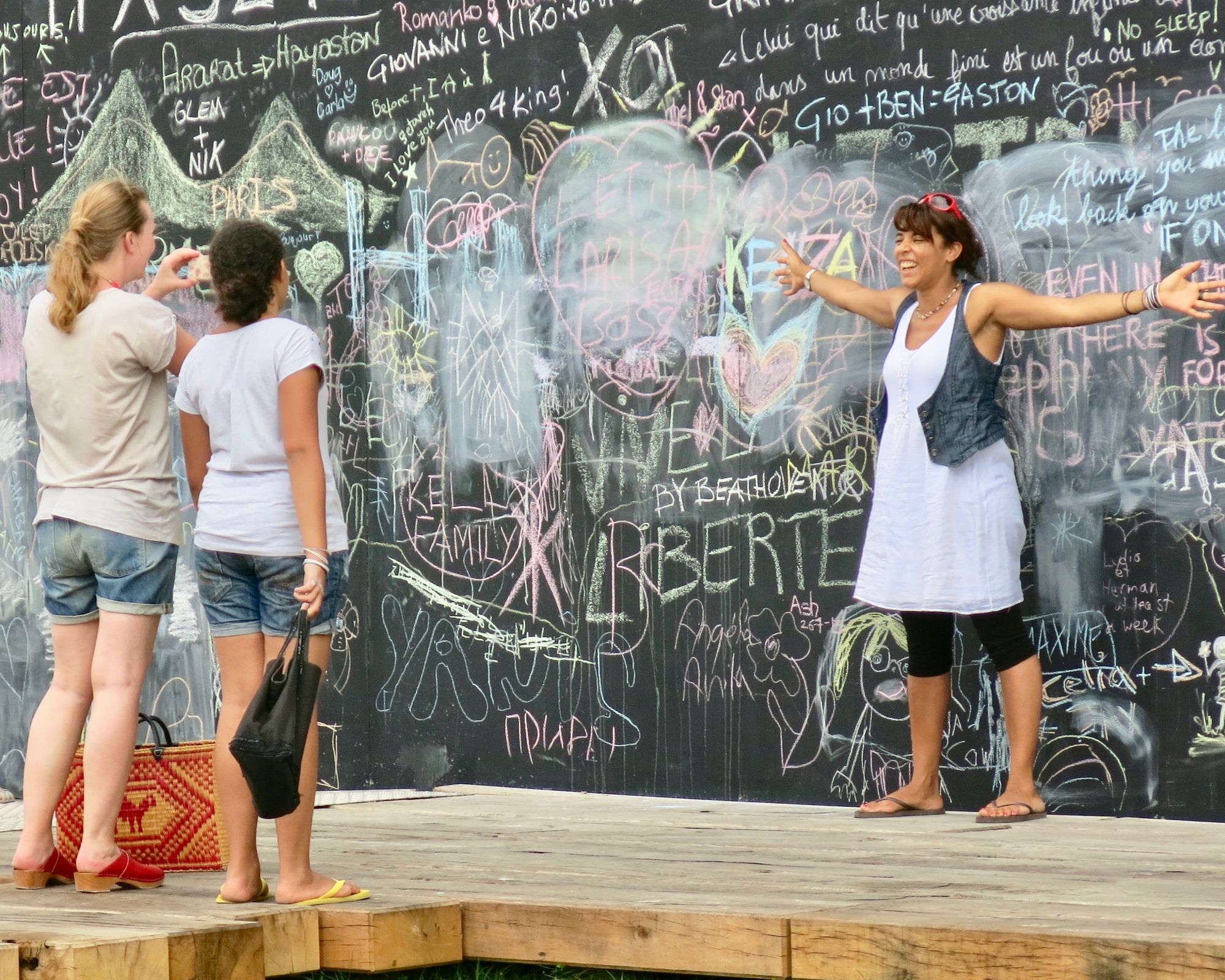
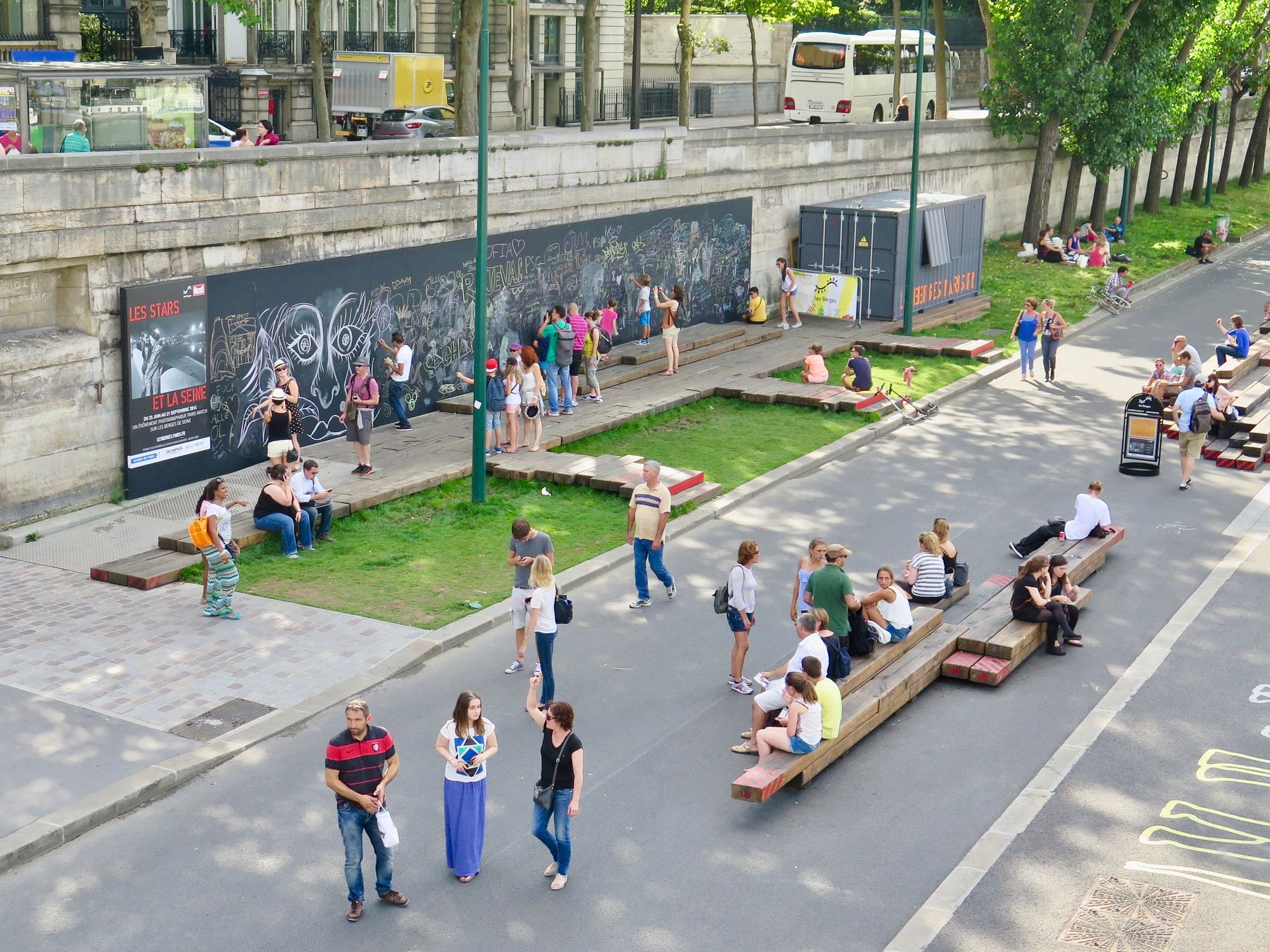
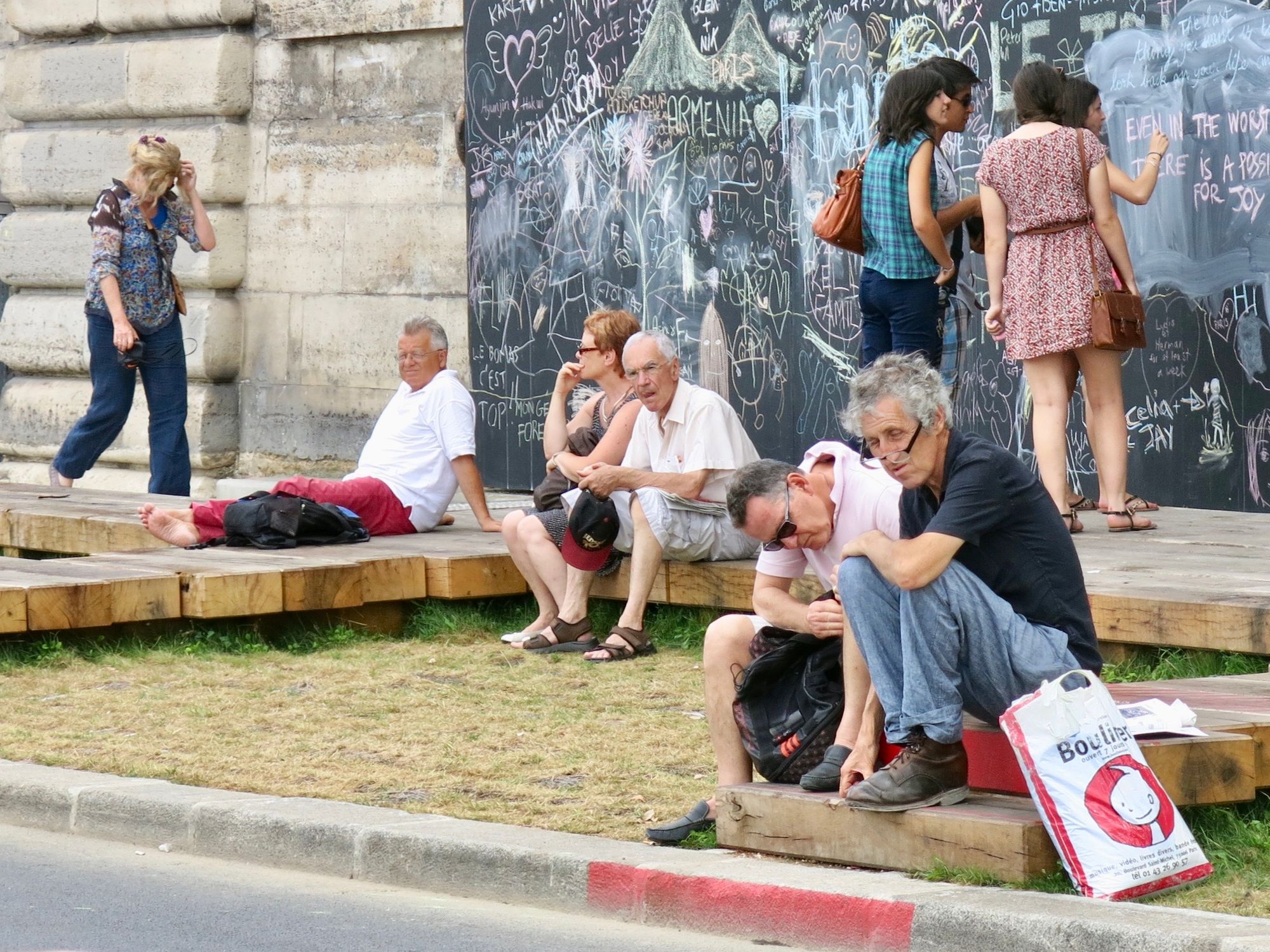
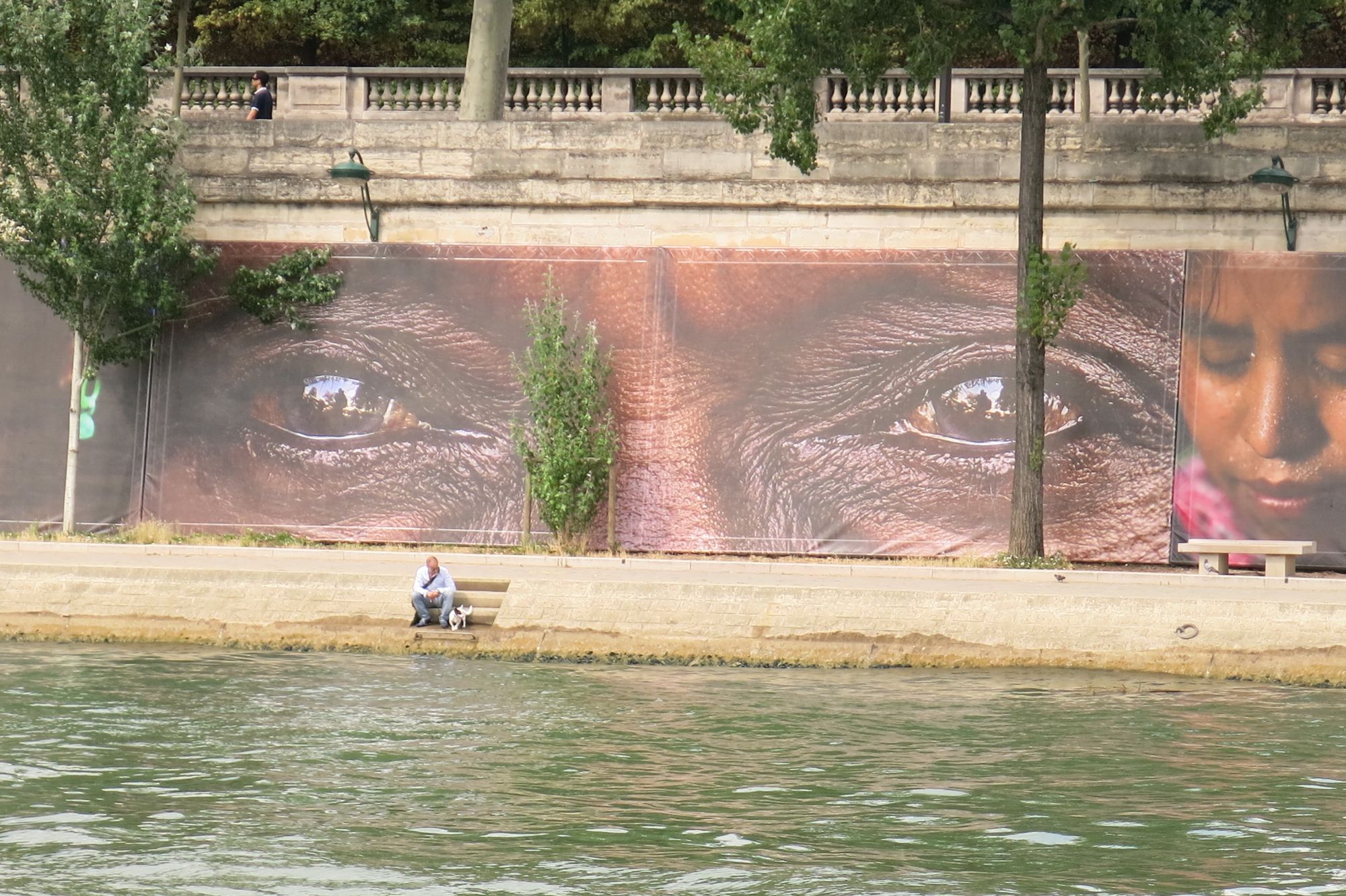
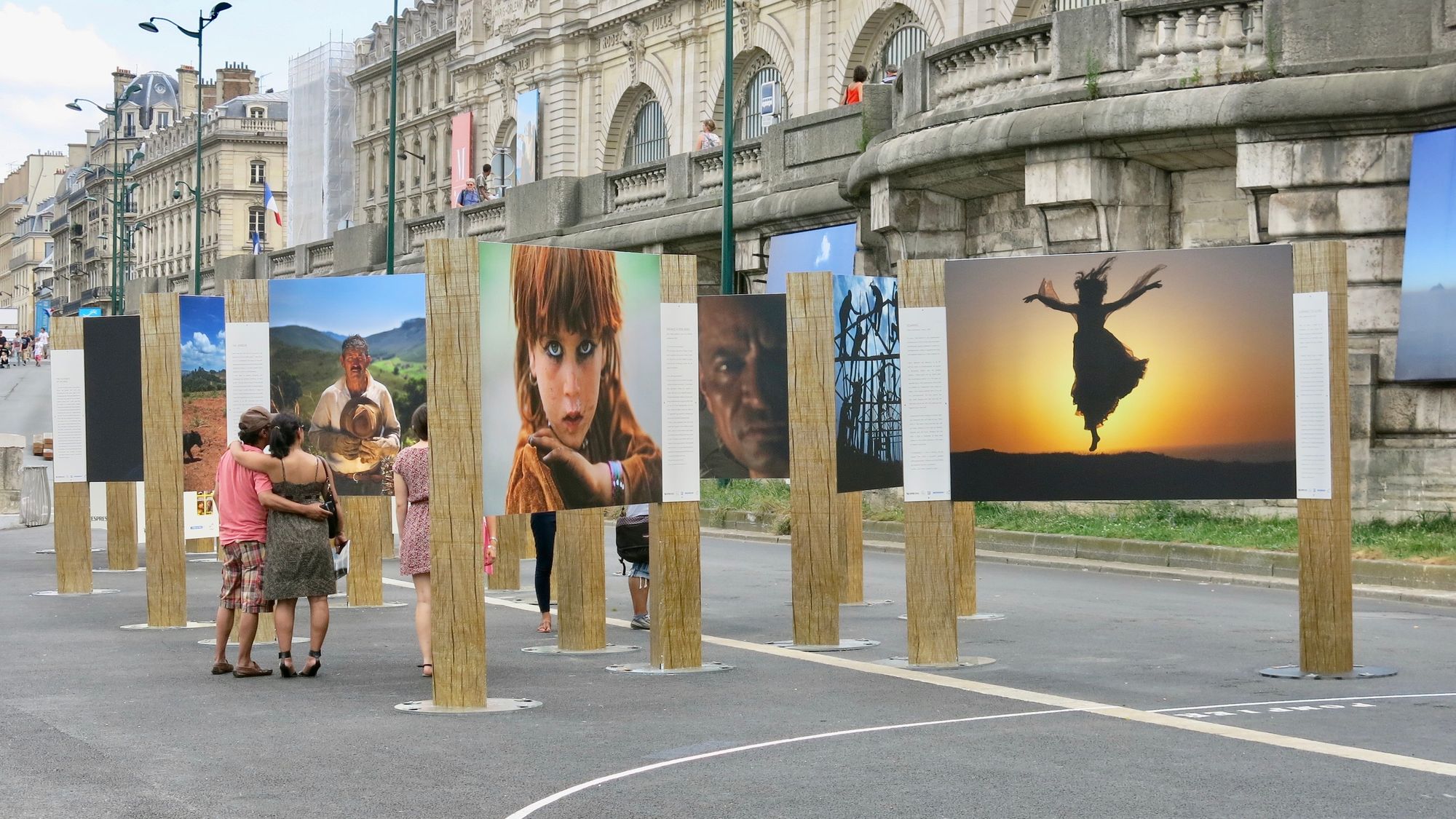
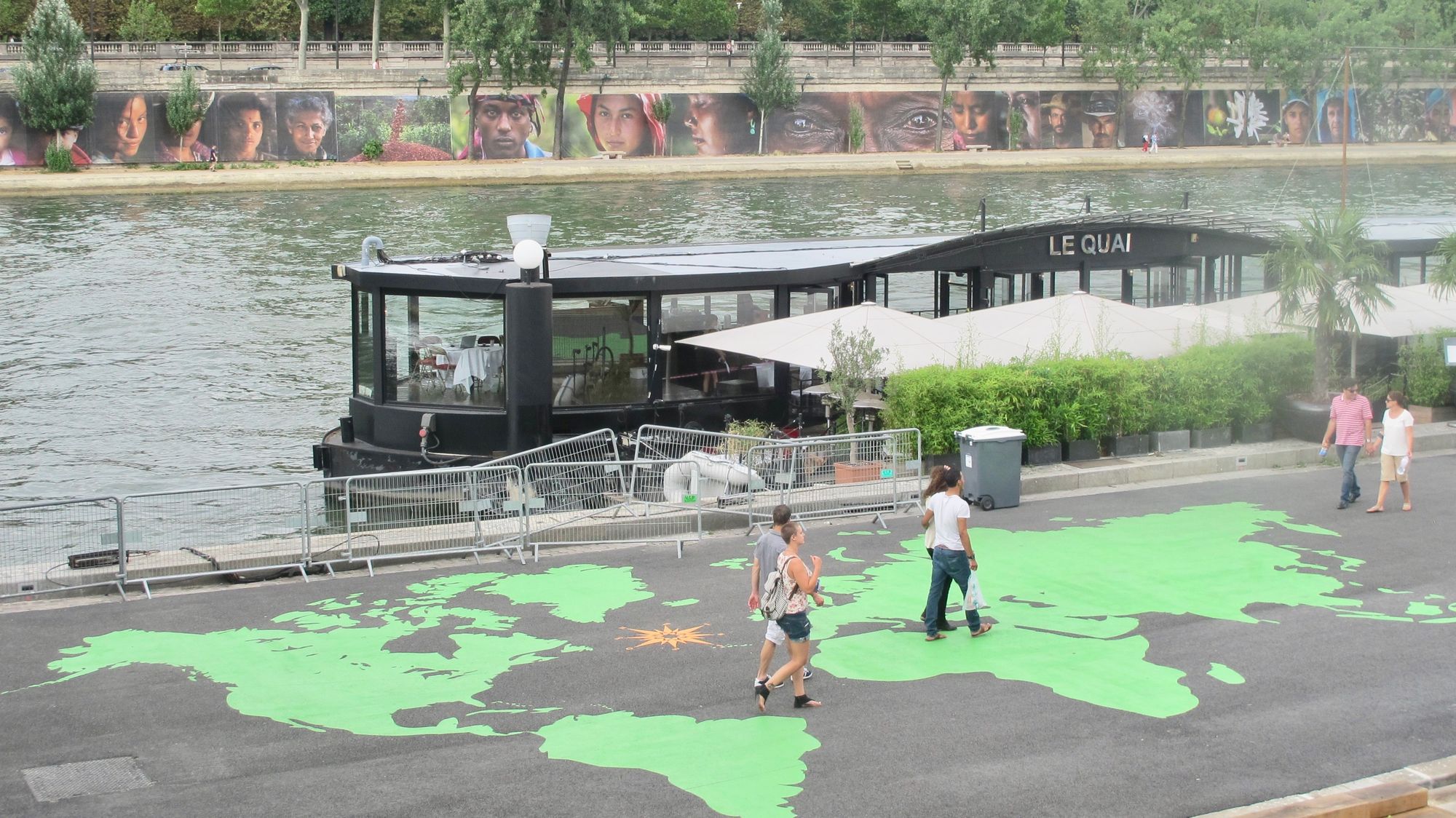
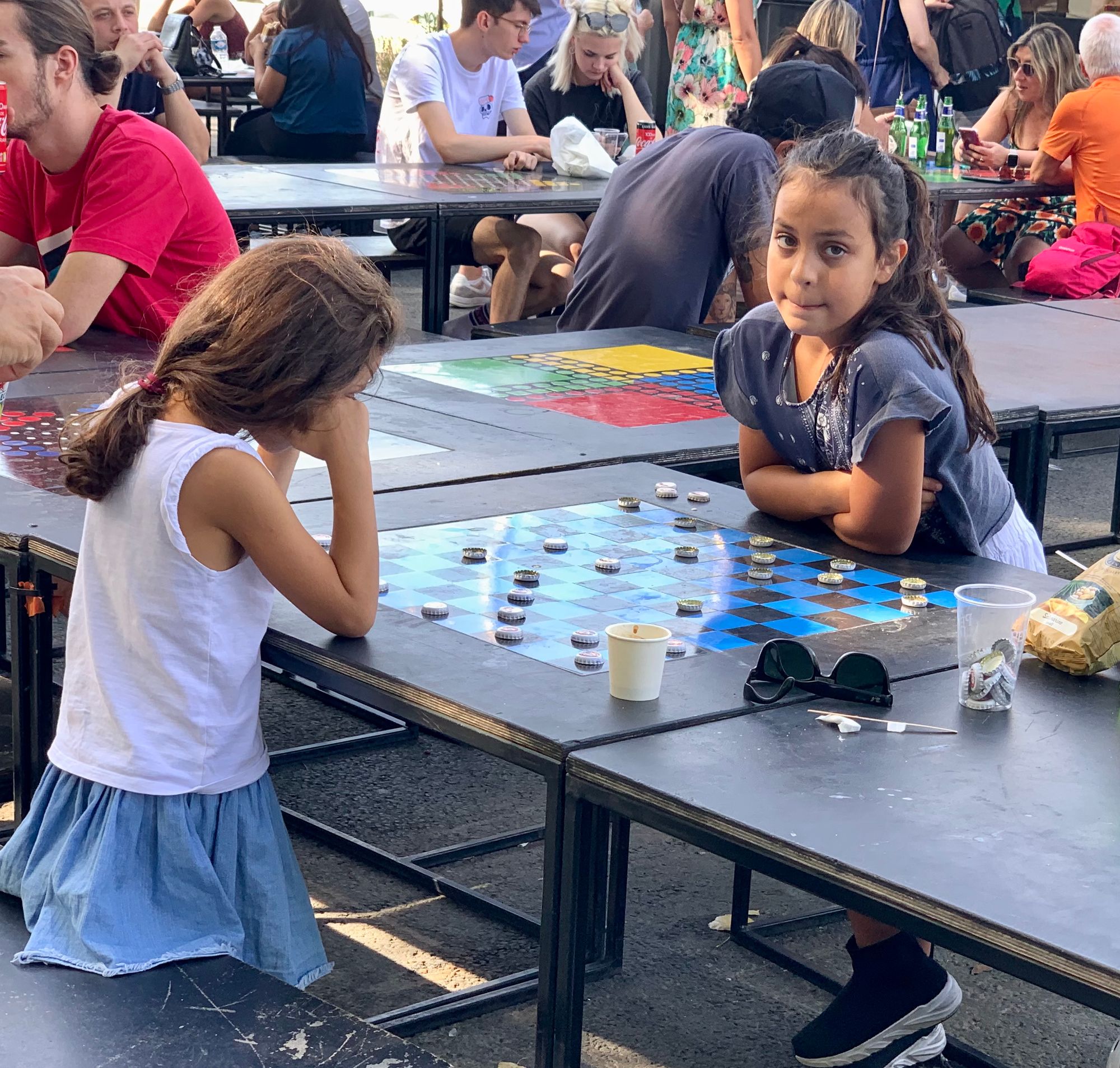
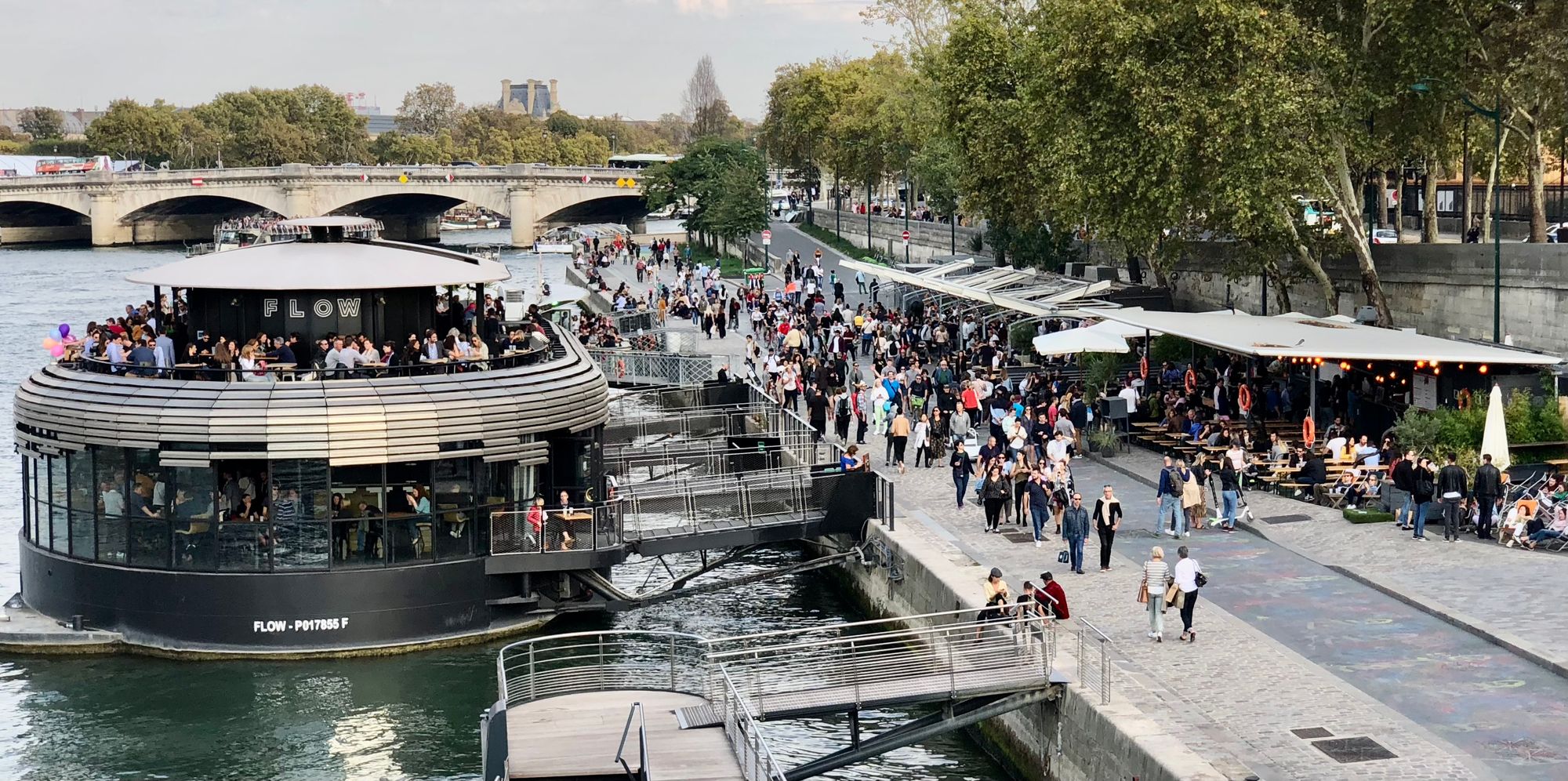
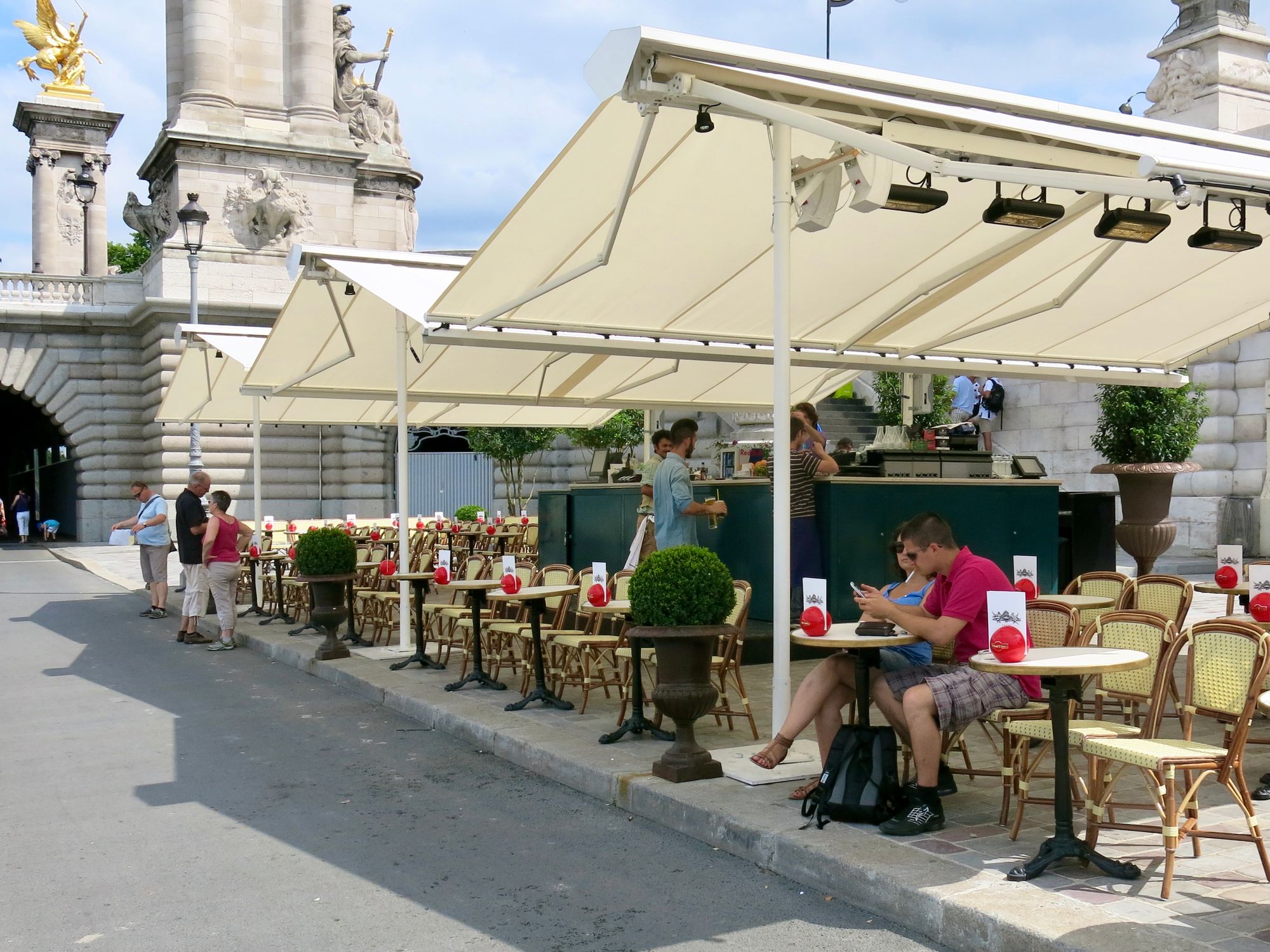
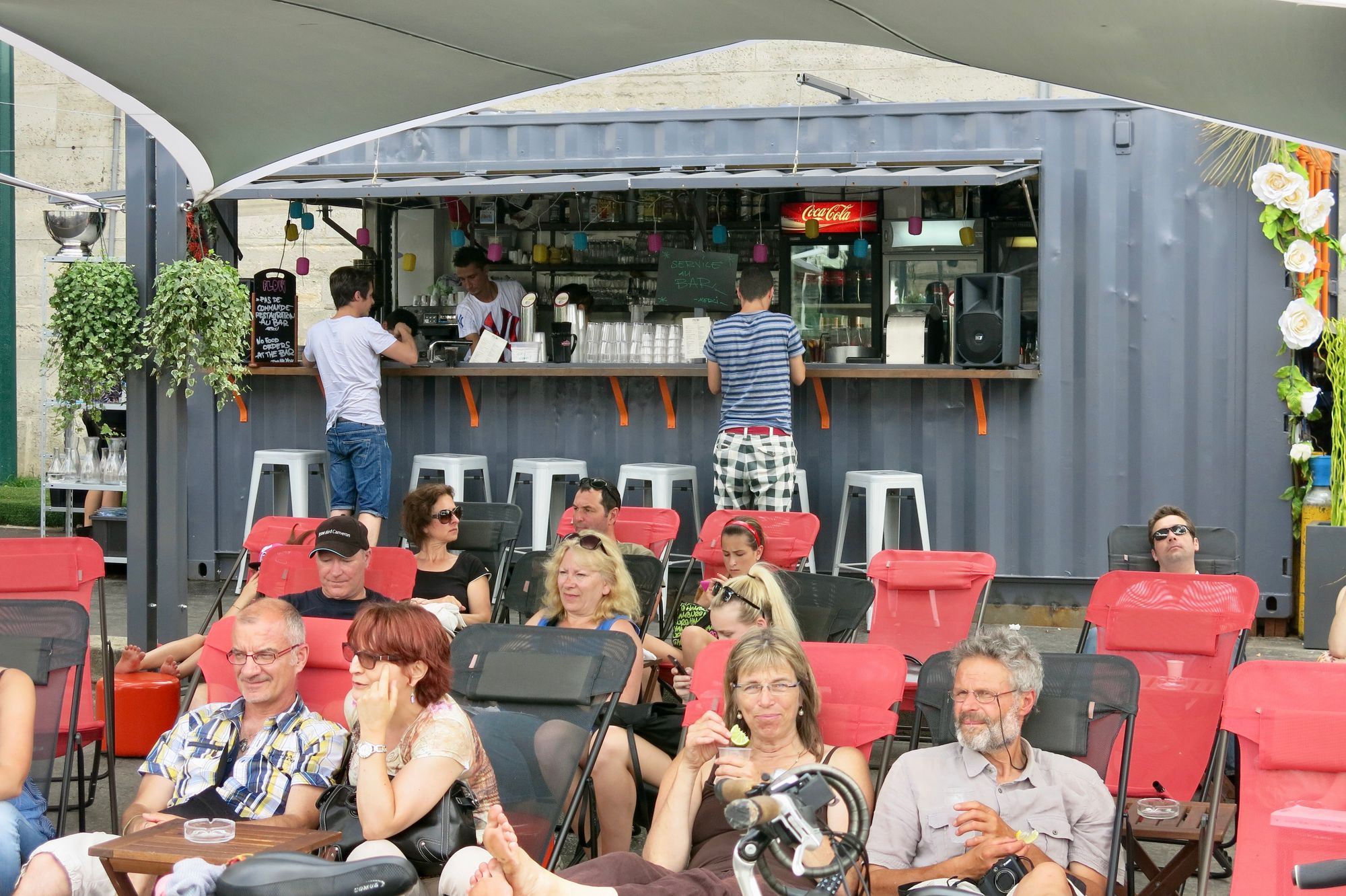
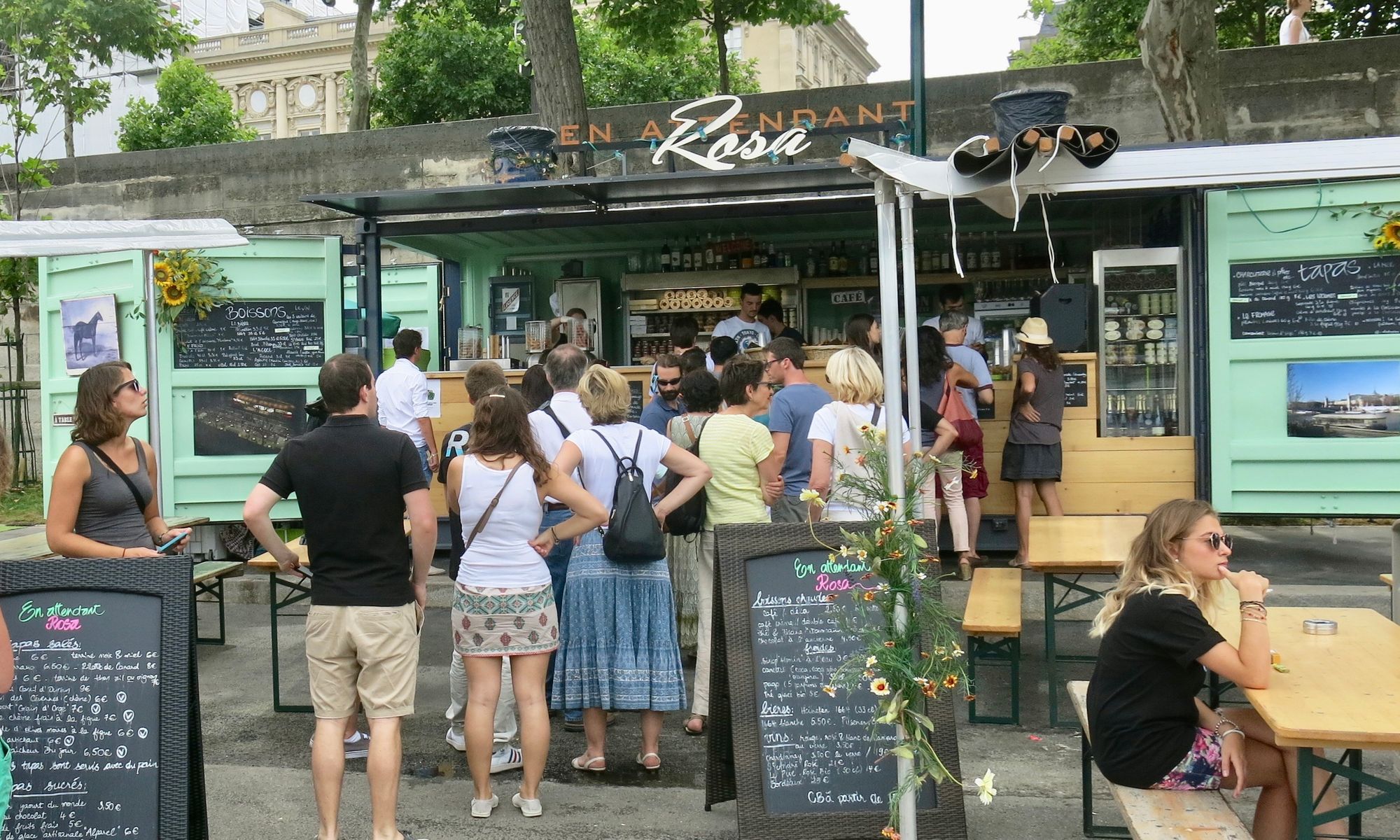
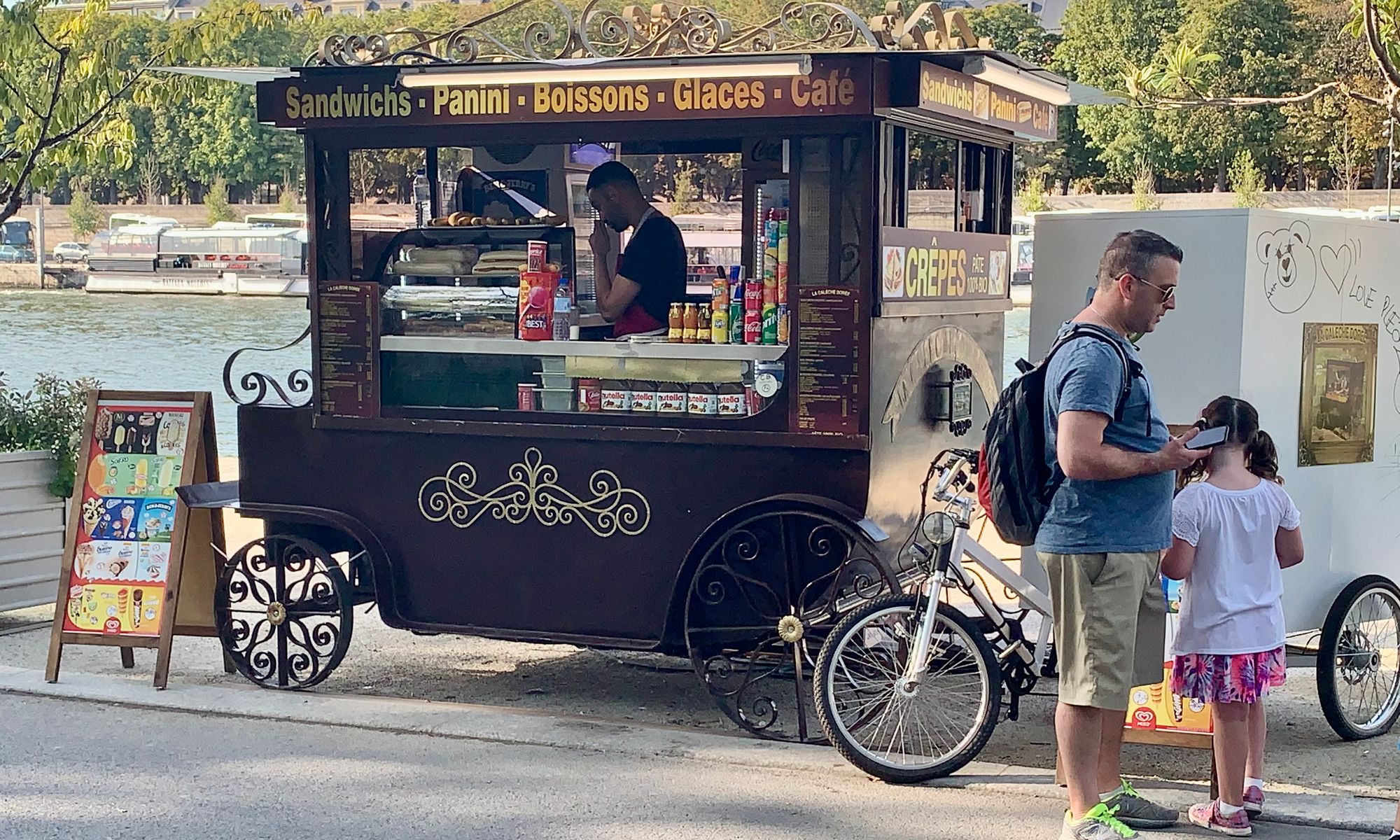
Food carts and cafés are a part of the mix.
Paris Plage Upper Seine - Left Bank
The Paris Plage Upper Seine area is a major hub, in part because it is right nearby to Notre Dame.
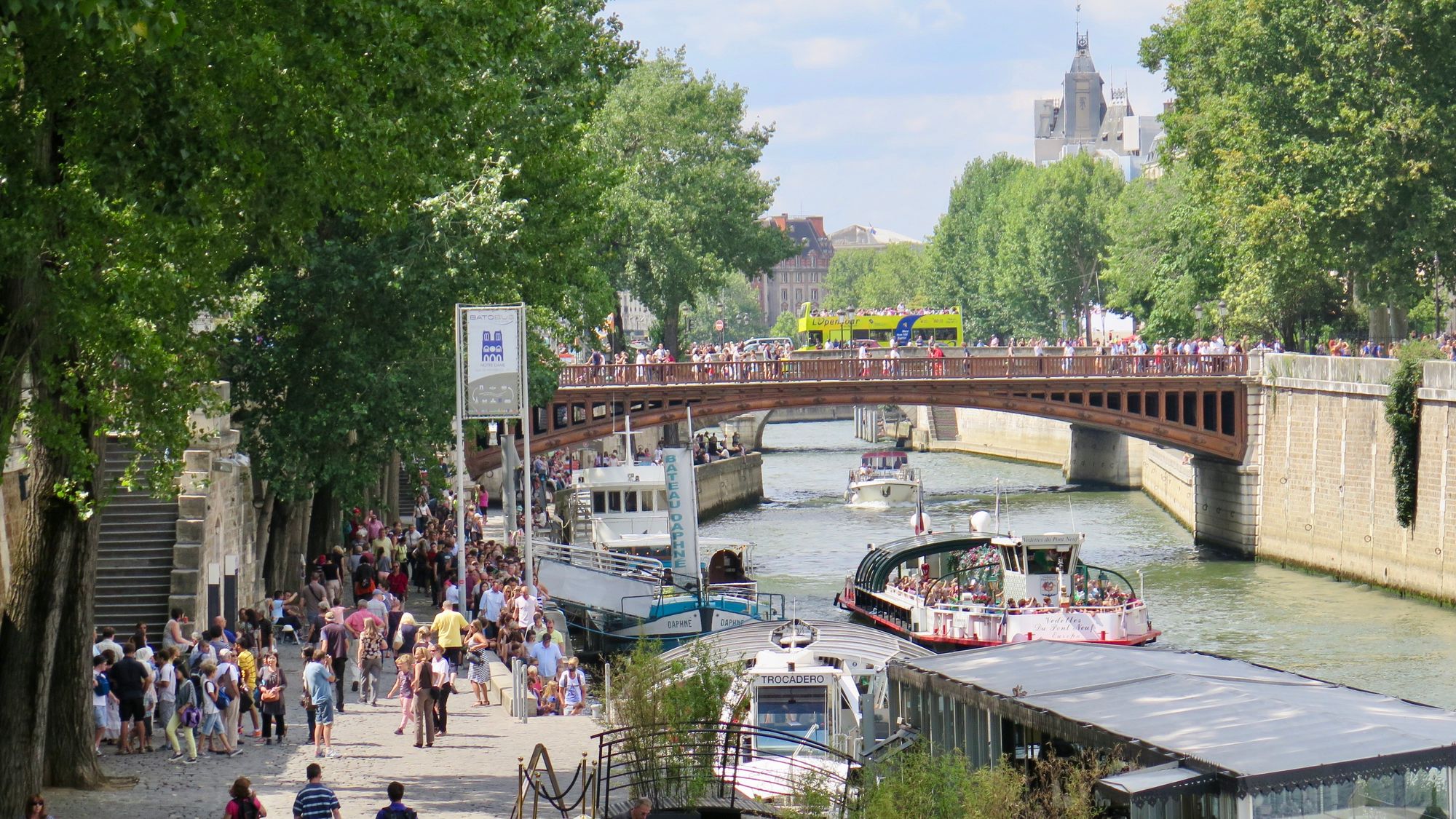
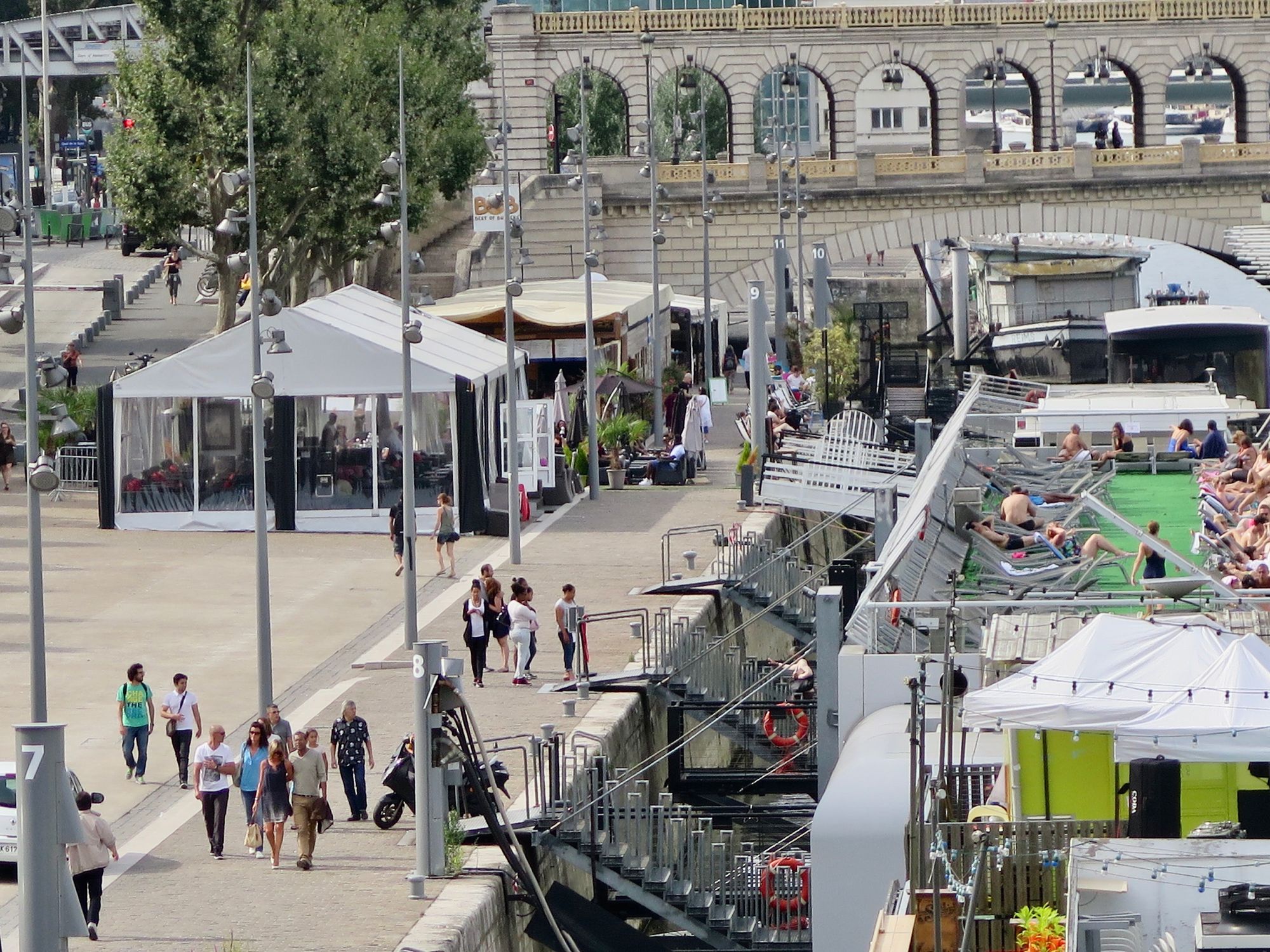
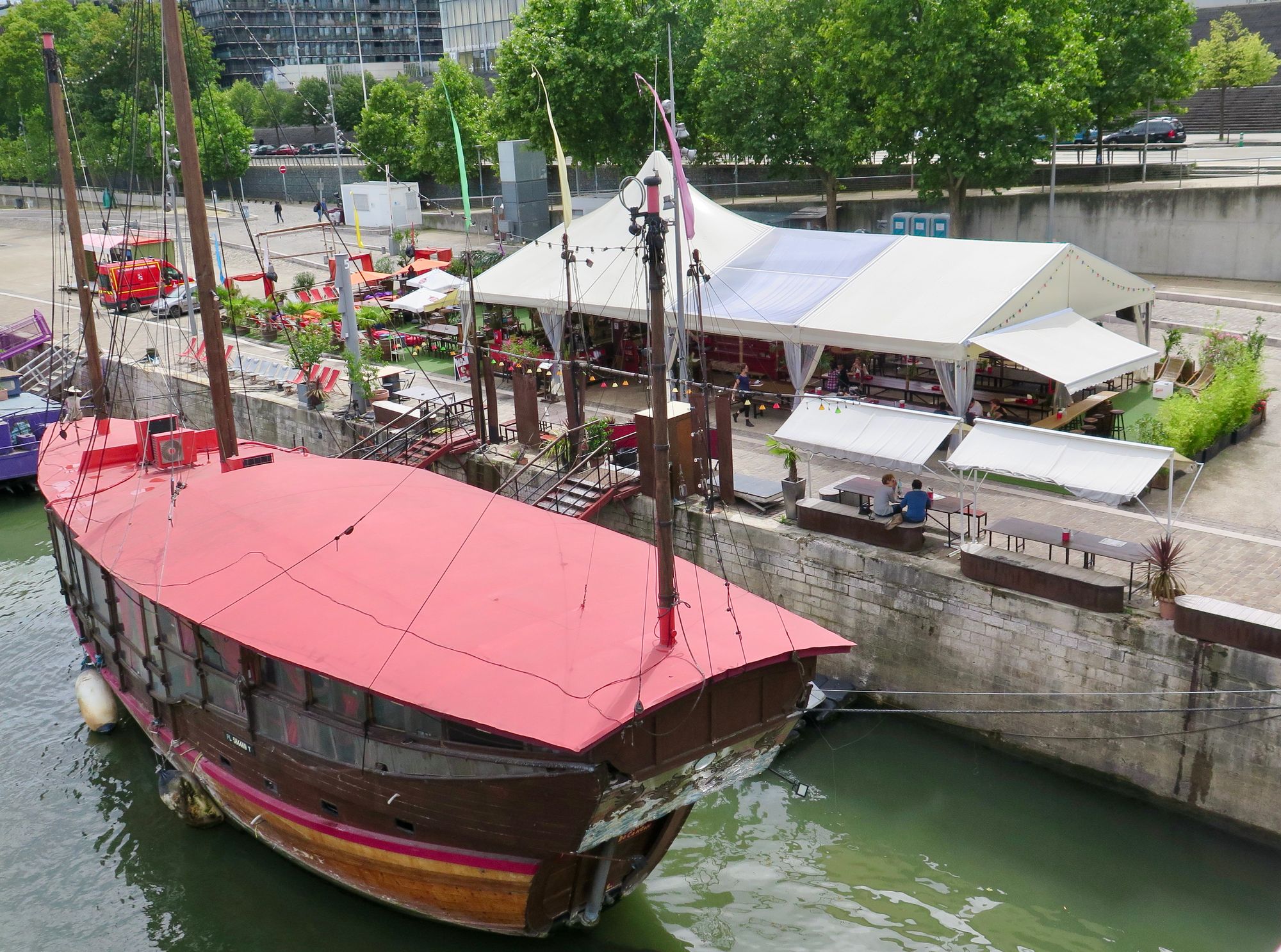
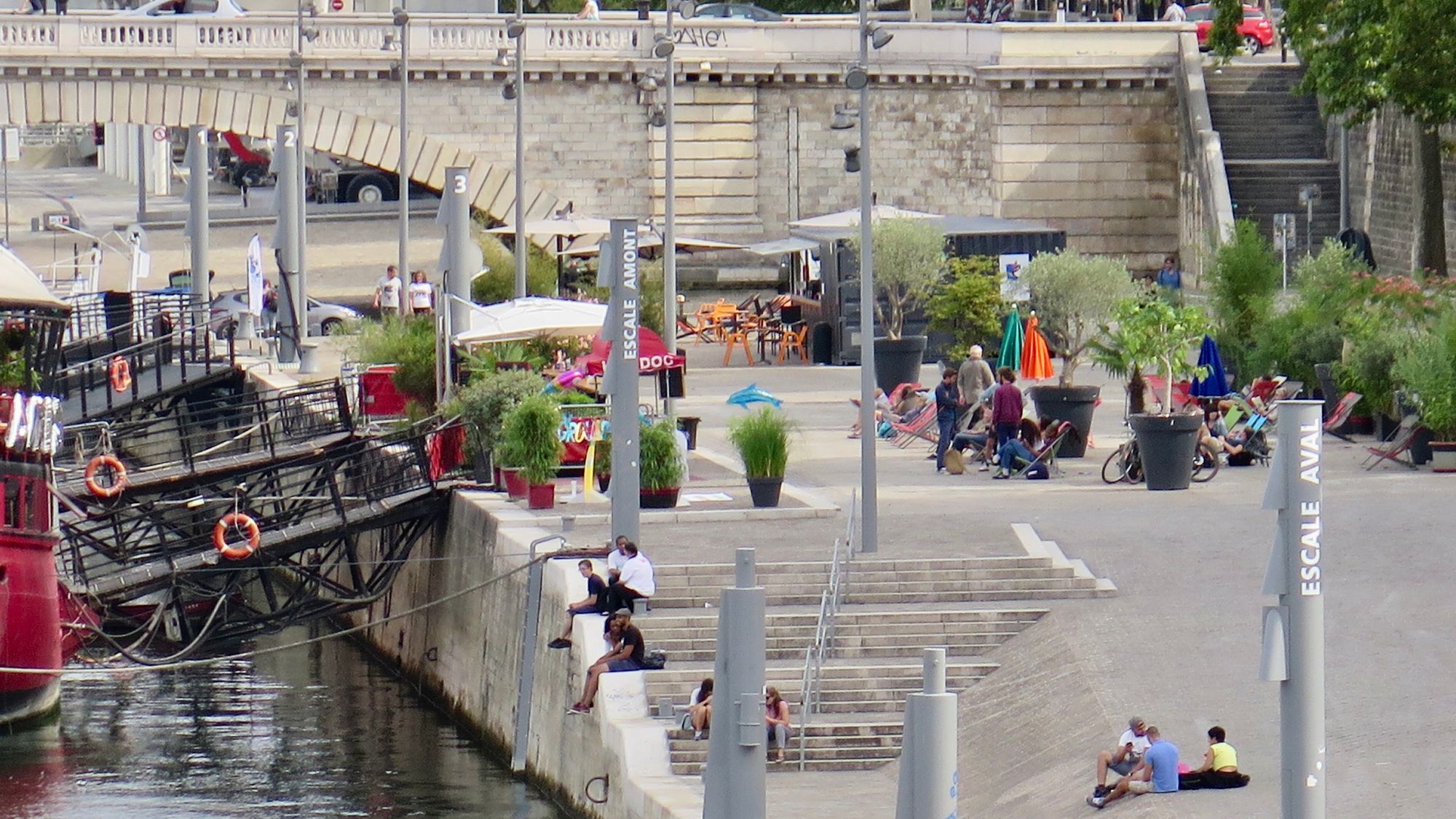
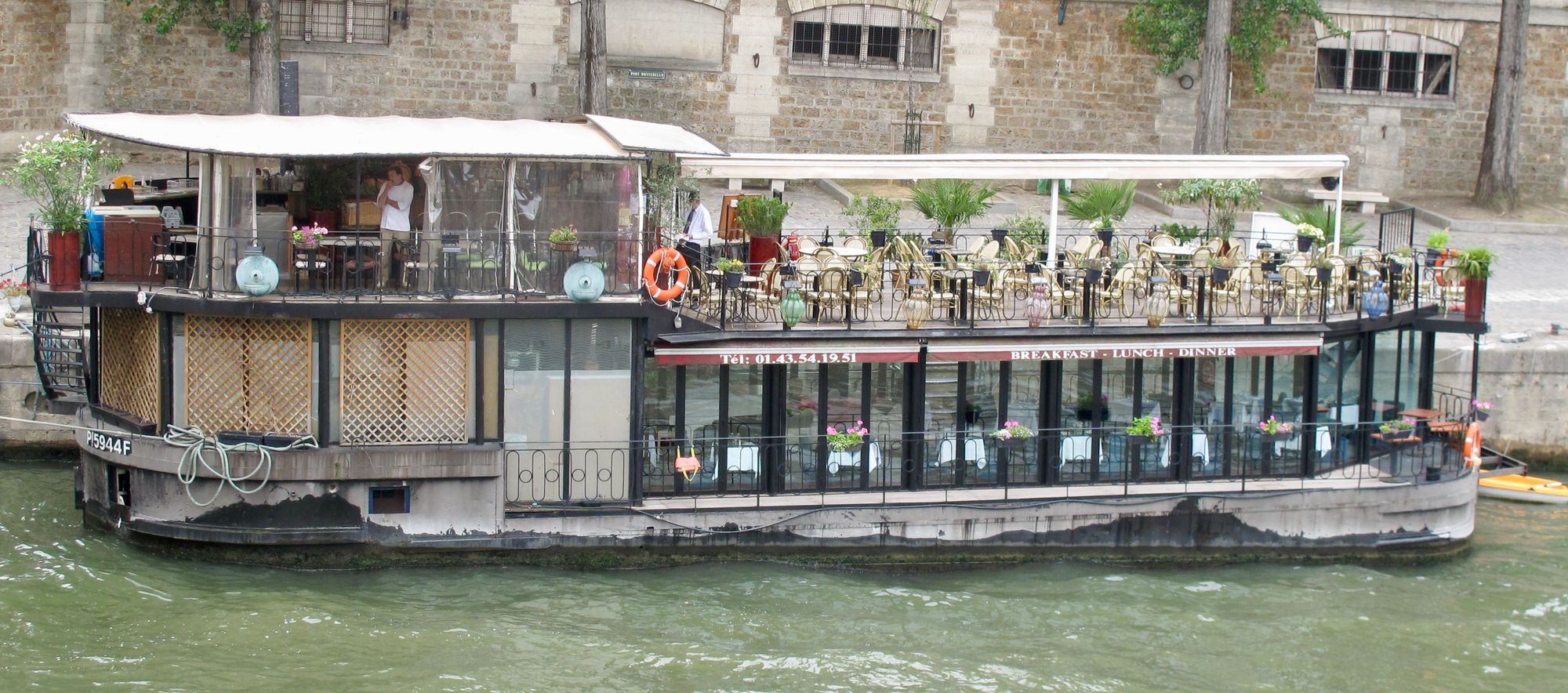
These restaurants on the shore create a very dynamic setting
Restaurants dot the waterfront along the Upper Seine on the Left Bank — whether they are on the water or along the water. This means that more relaxed uses, like casual dining and just hanging out, are the main draw on this part of the waterfront.
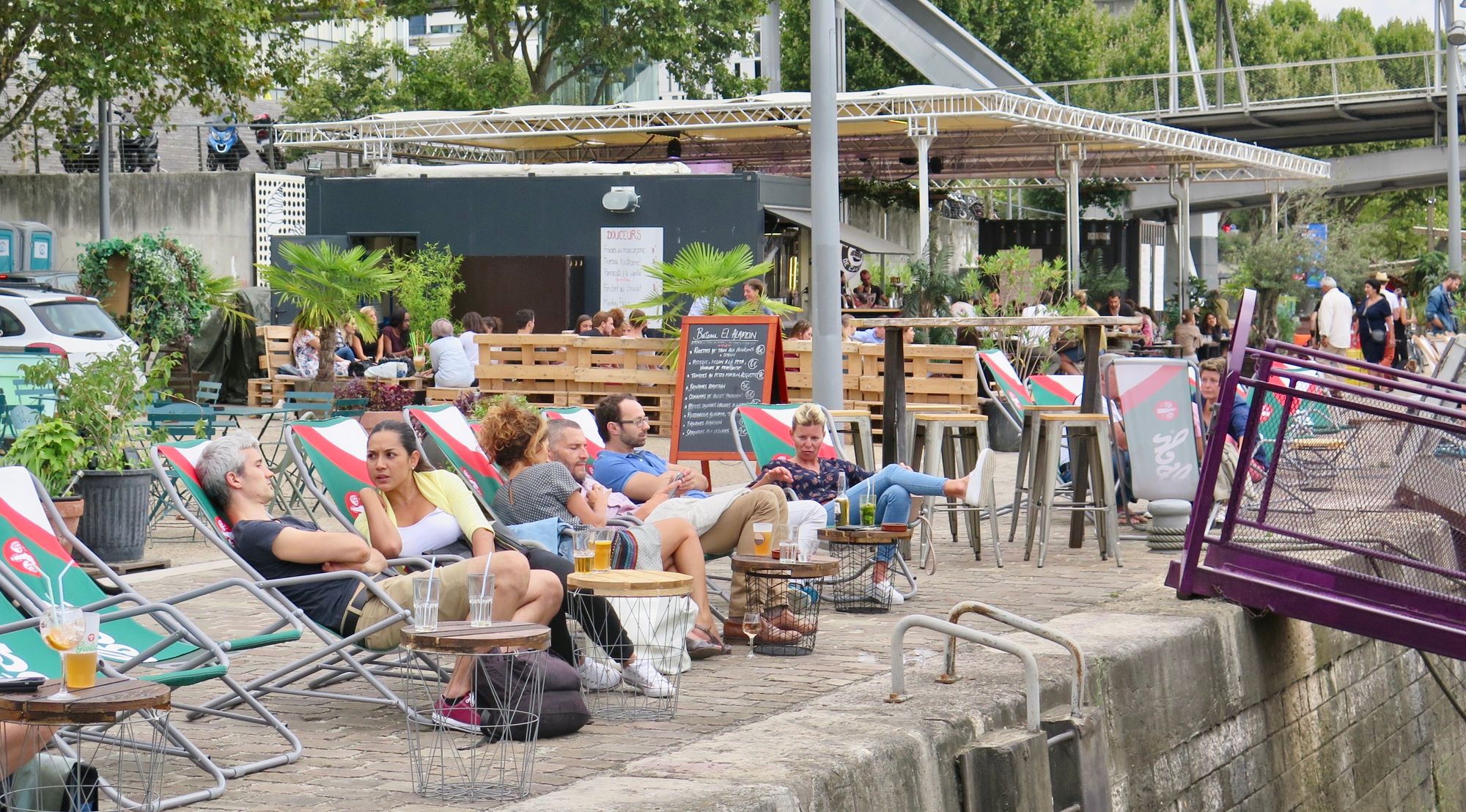
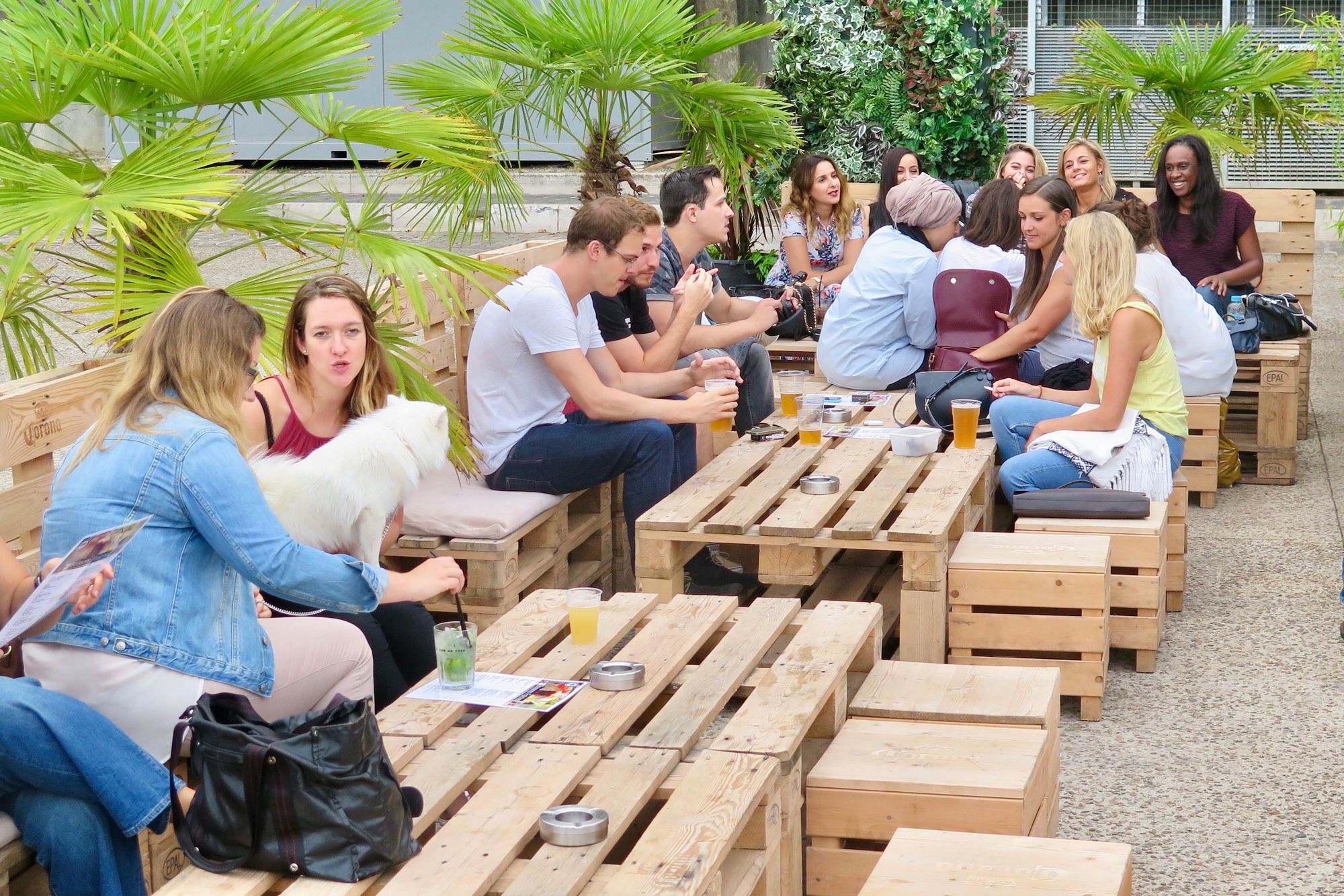
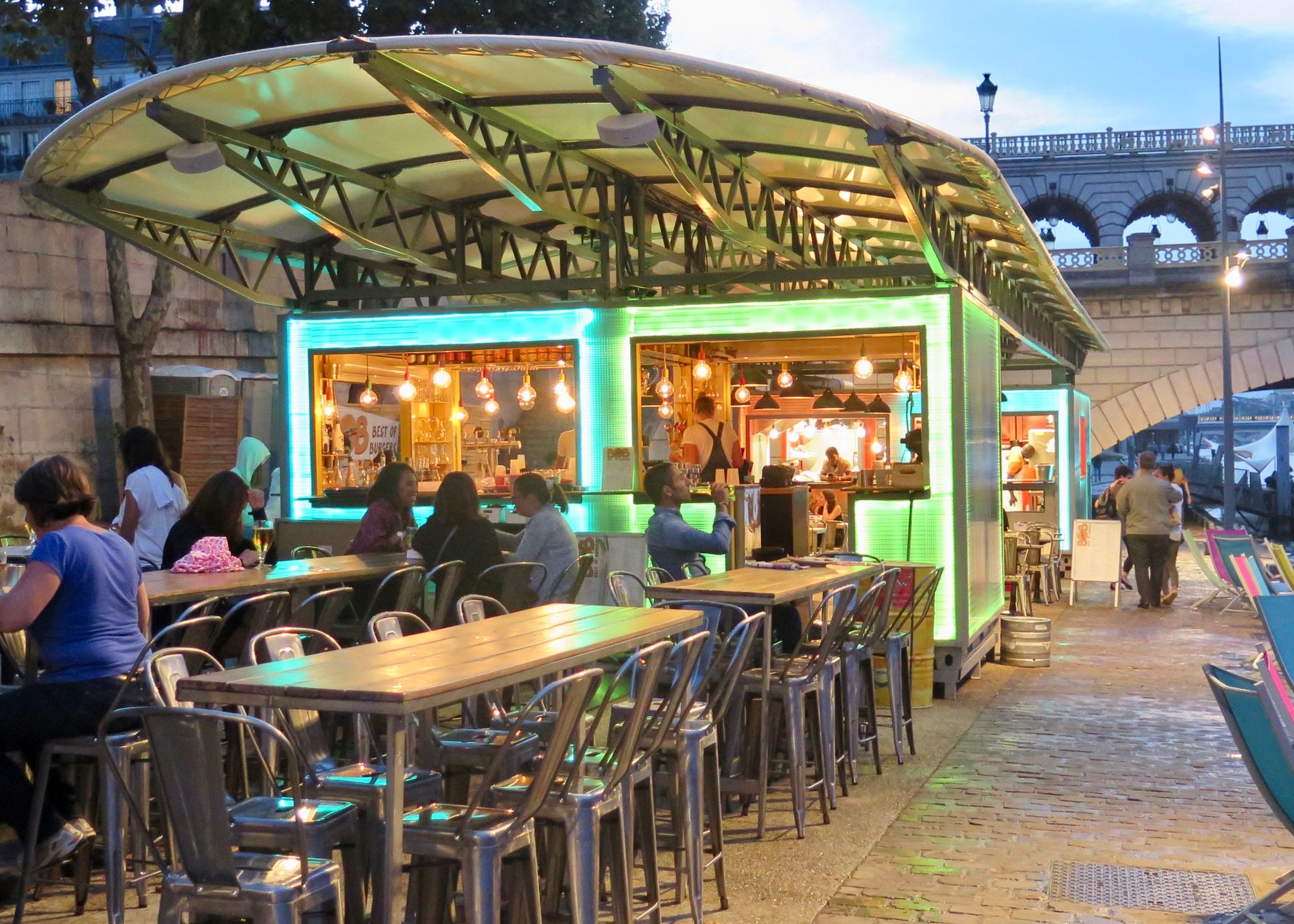
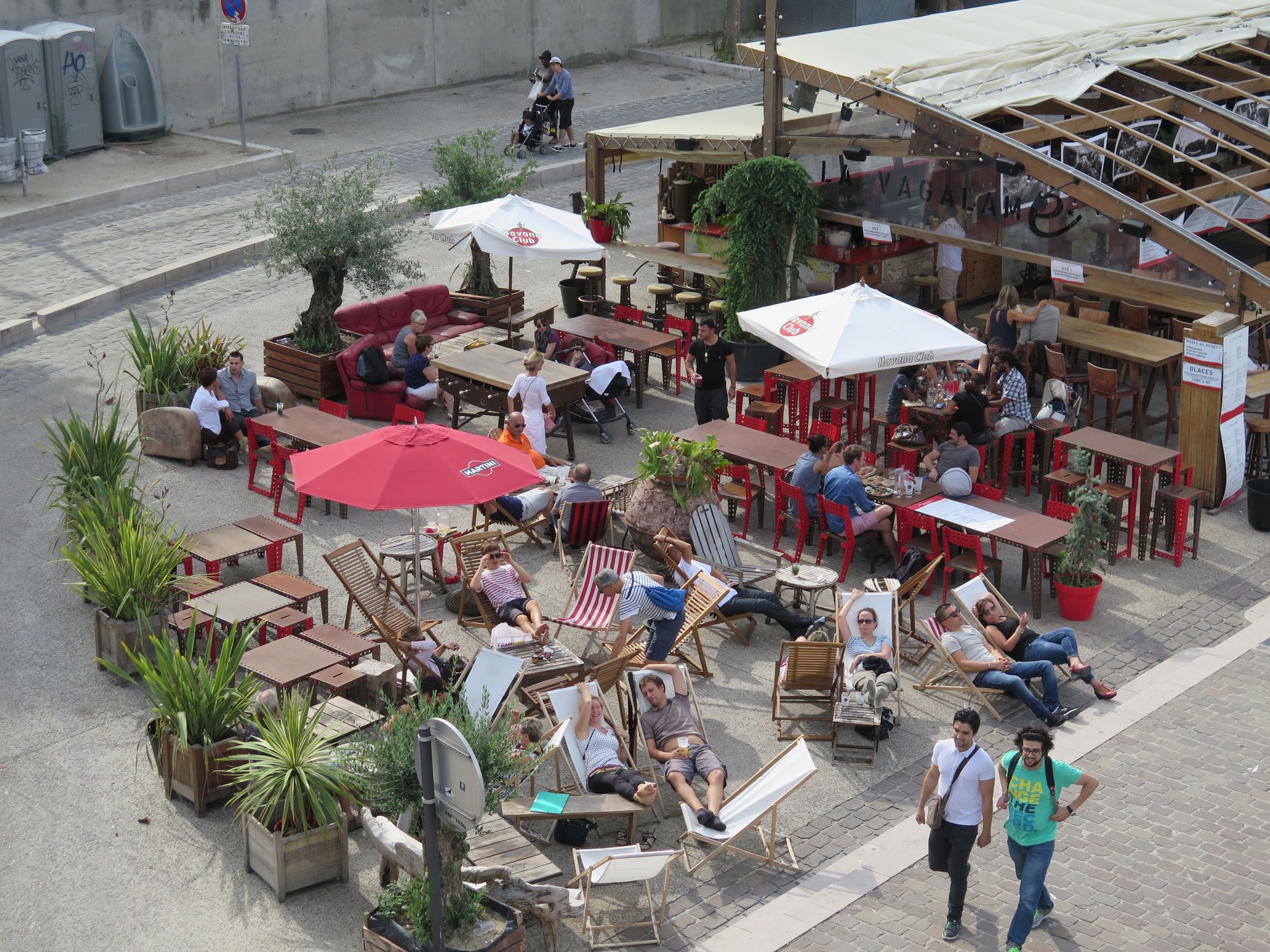
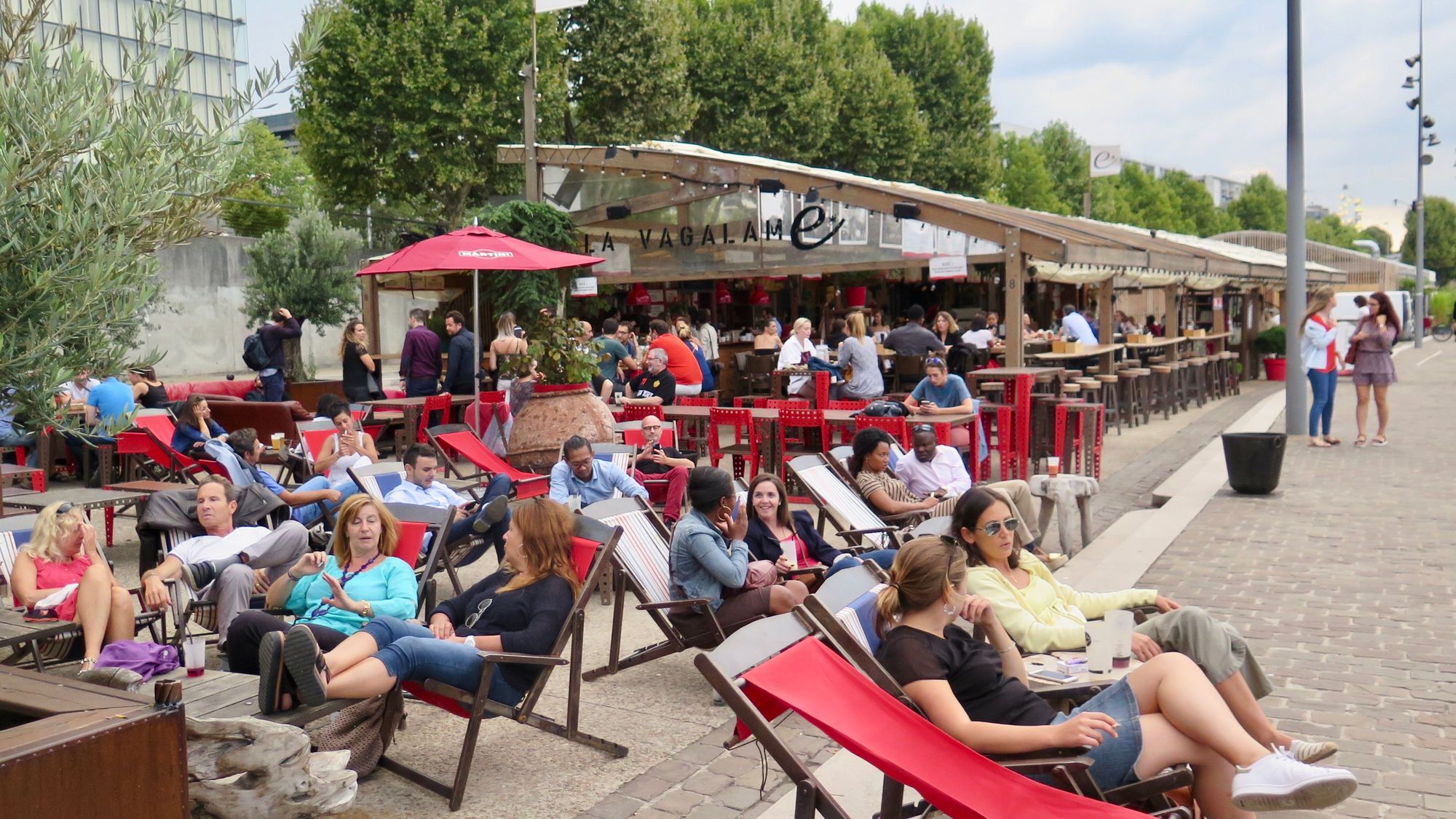
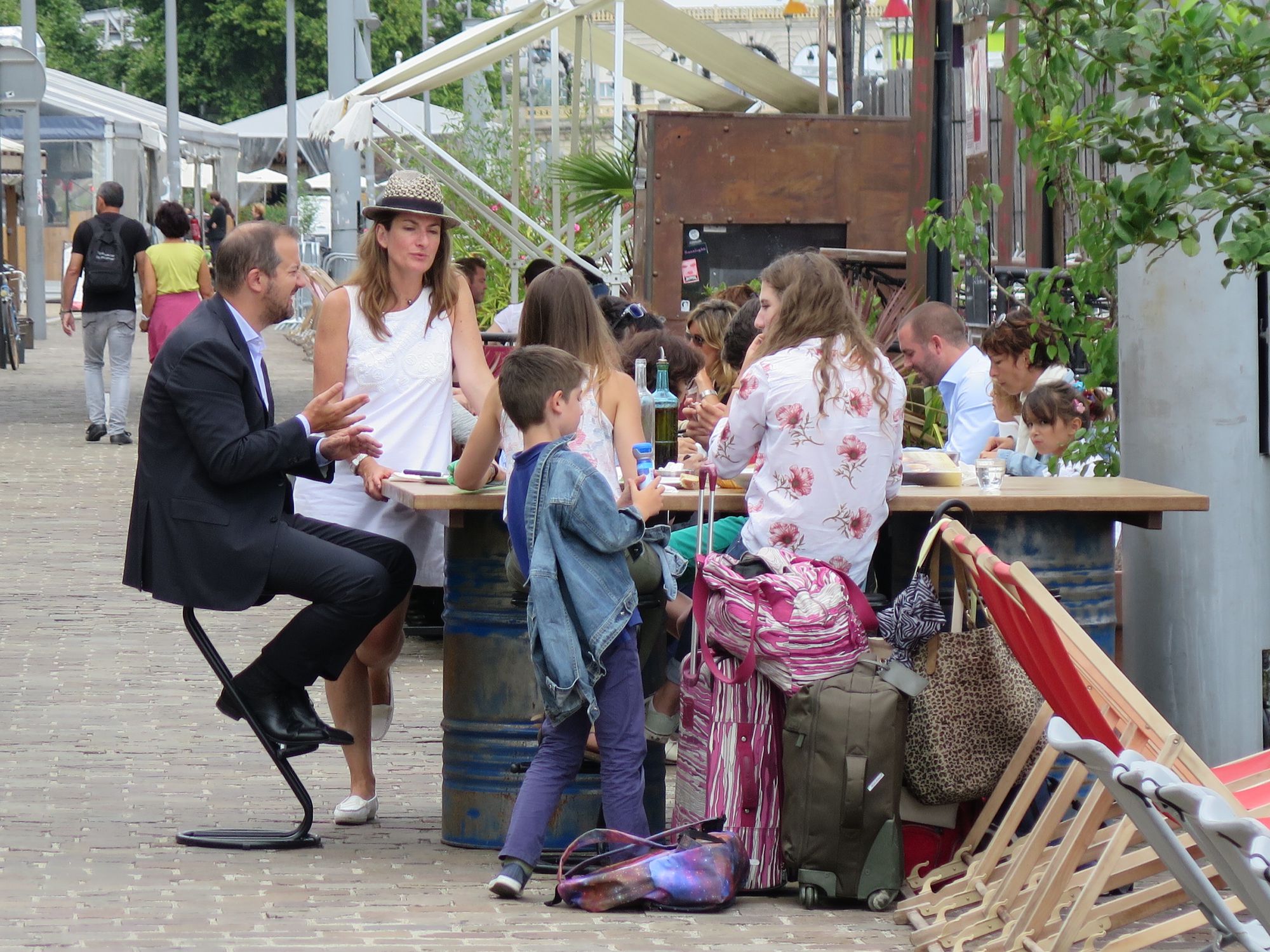
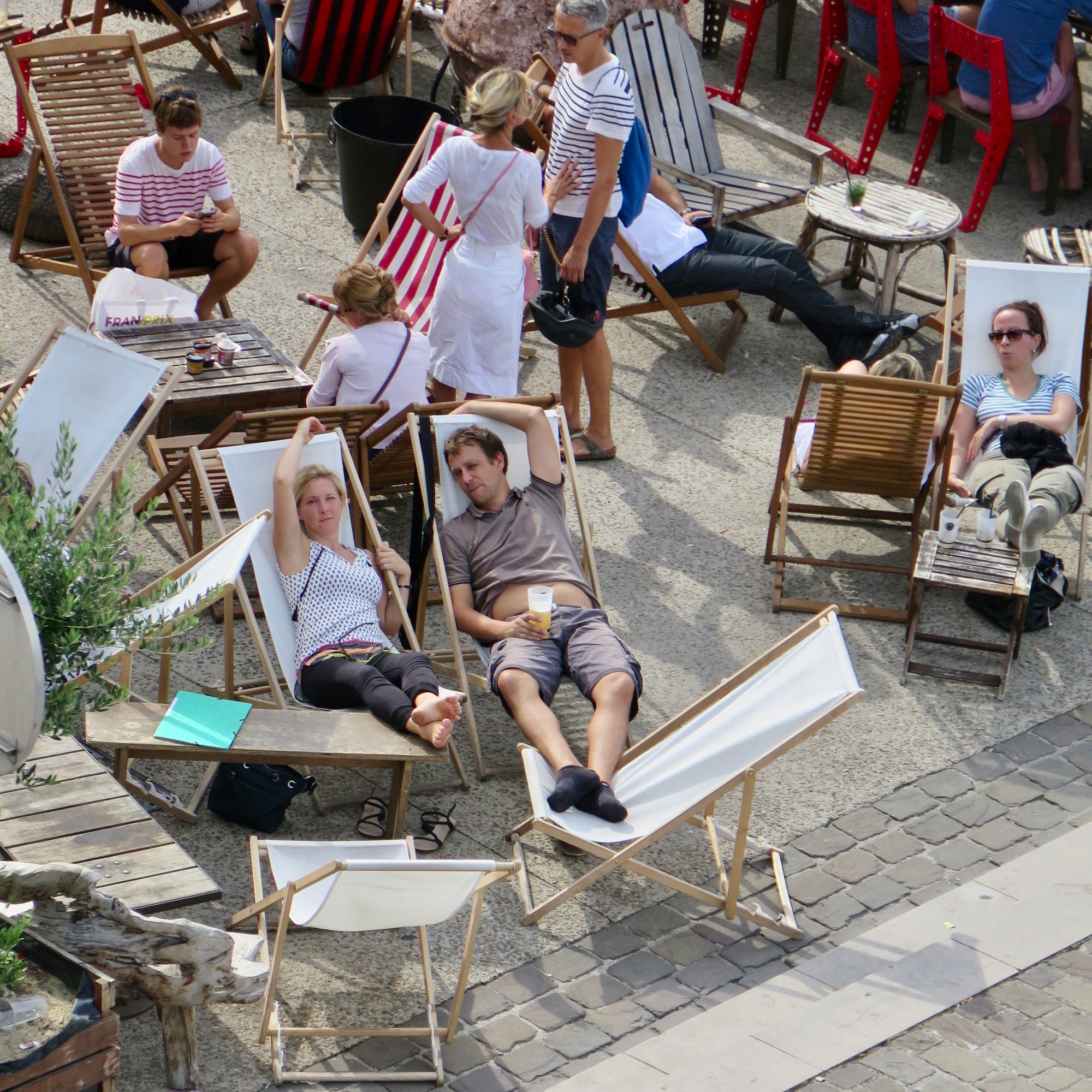
Paris Bridges
Pont Neuf, which opened in 1607, long before the Paris Plage, was the first bridge to cross the Seine, and is one of the most social of Paris’s many bridges, primarily because of multiple places to pause, enjoy the view or just pass time. The connection of these bridges to the other waterfront spaces is vital: For example, when it comes to Pont Neuf, the bridge was designed with numerous alcoves that jut out above the river. This provides places for people to sit, for street entertainers to perform, and for artists to create.
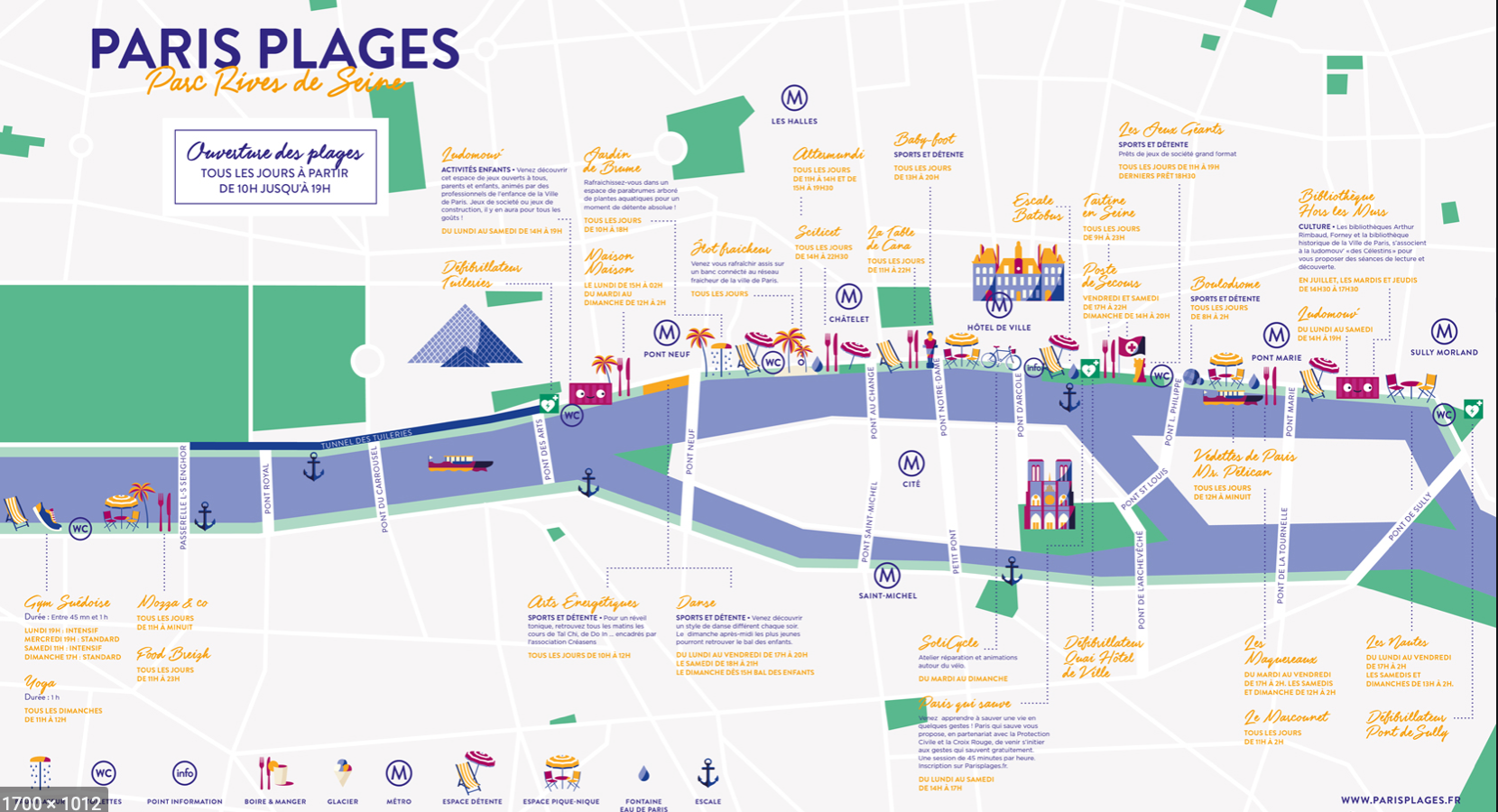
But most of the bridges add significantly to connecting the two sides of the Seine, and provide amenities and ample space to take it all in.
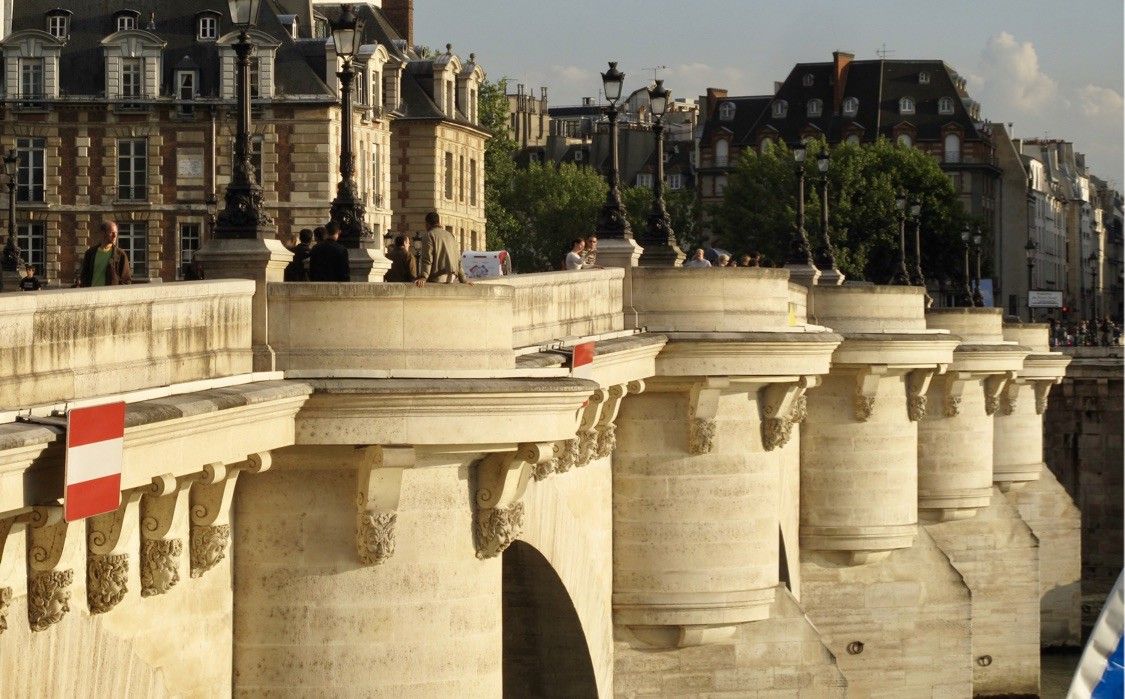
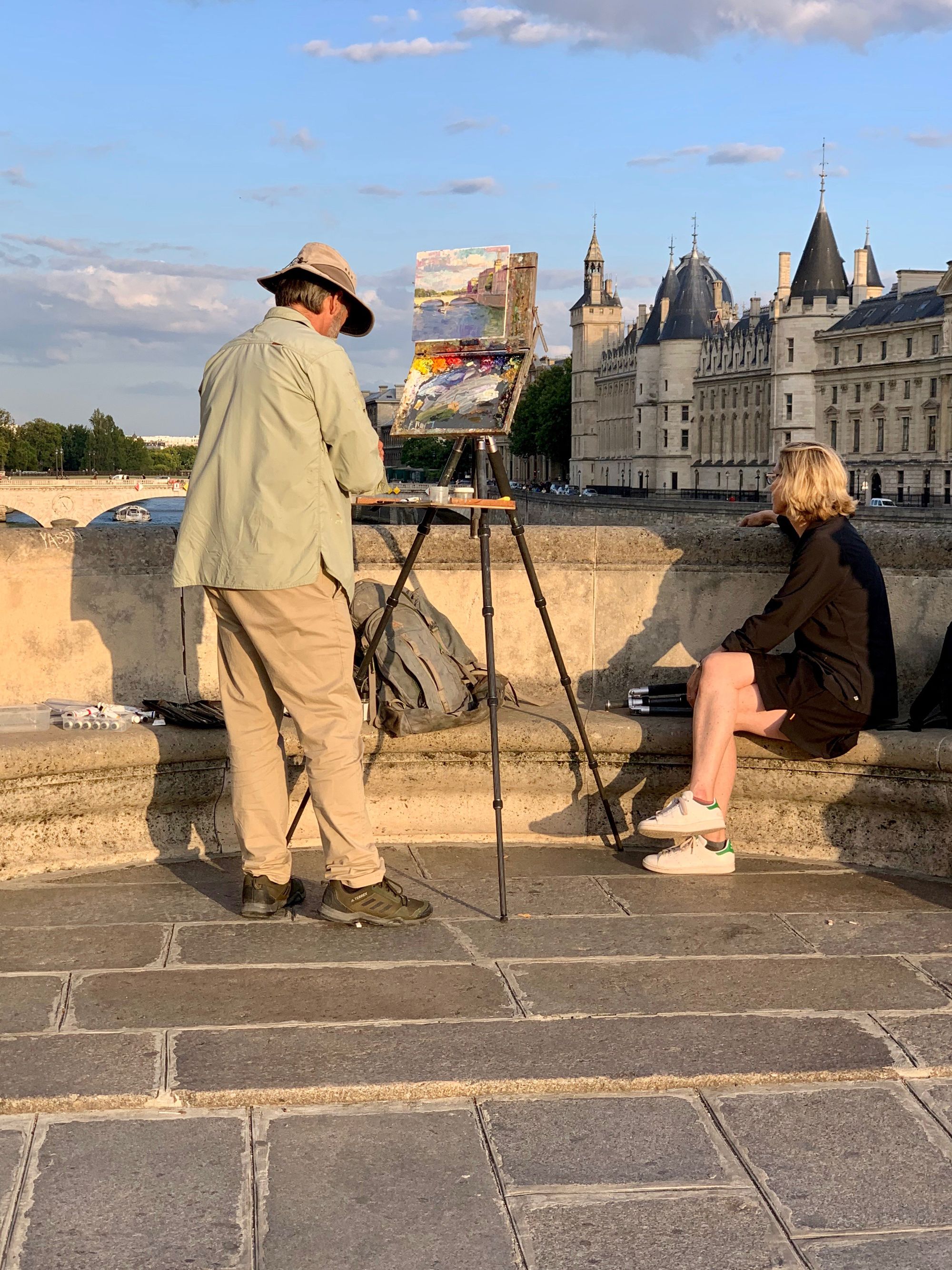
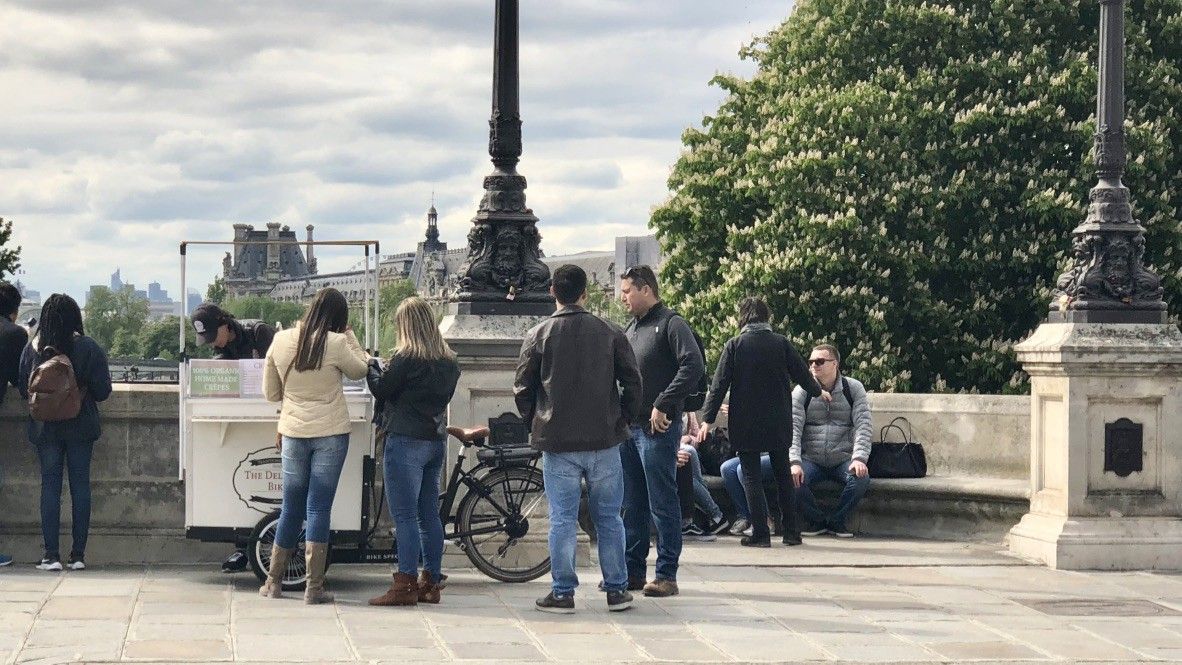
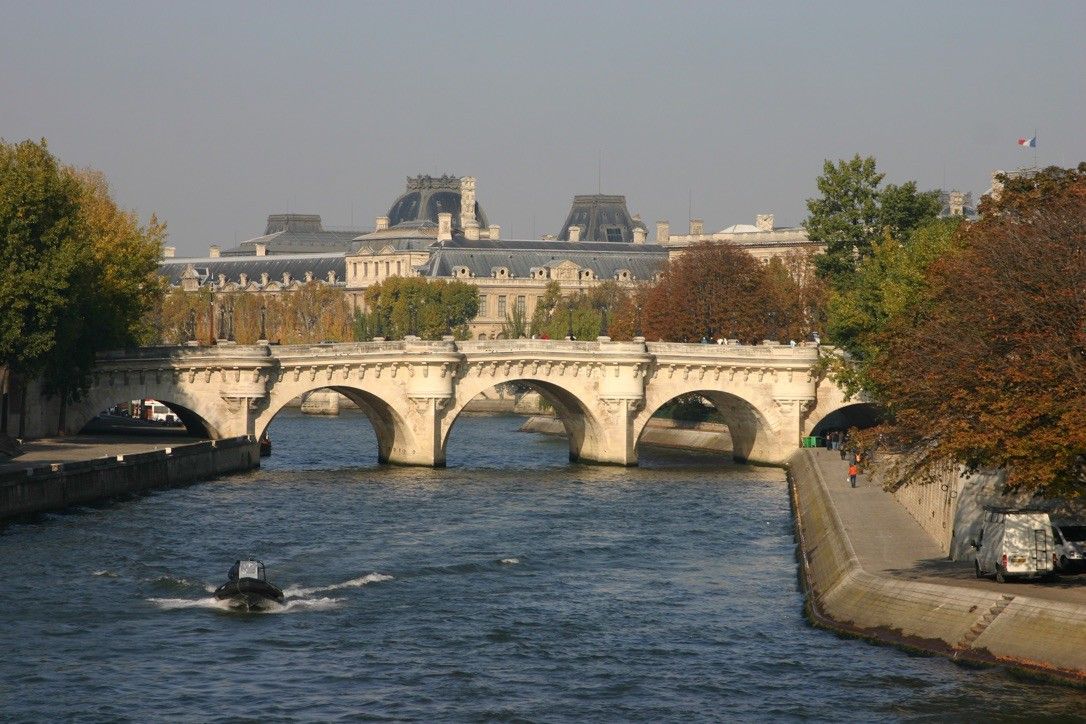
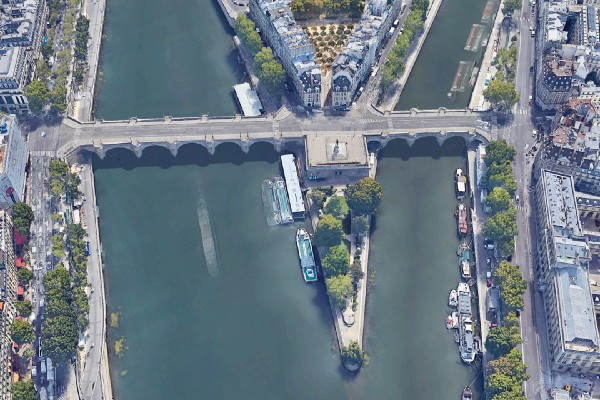
Google Earth image and current images of the first bridge to cross the Seine in a single span.
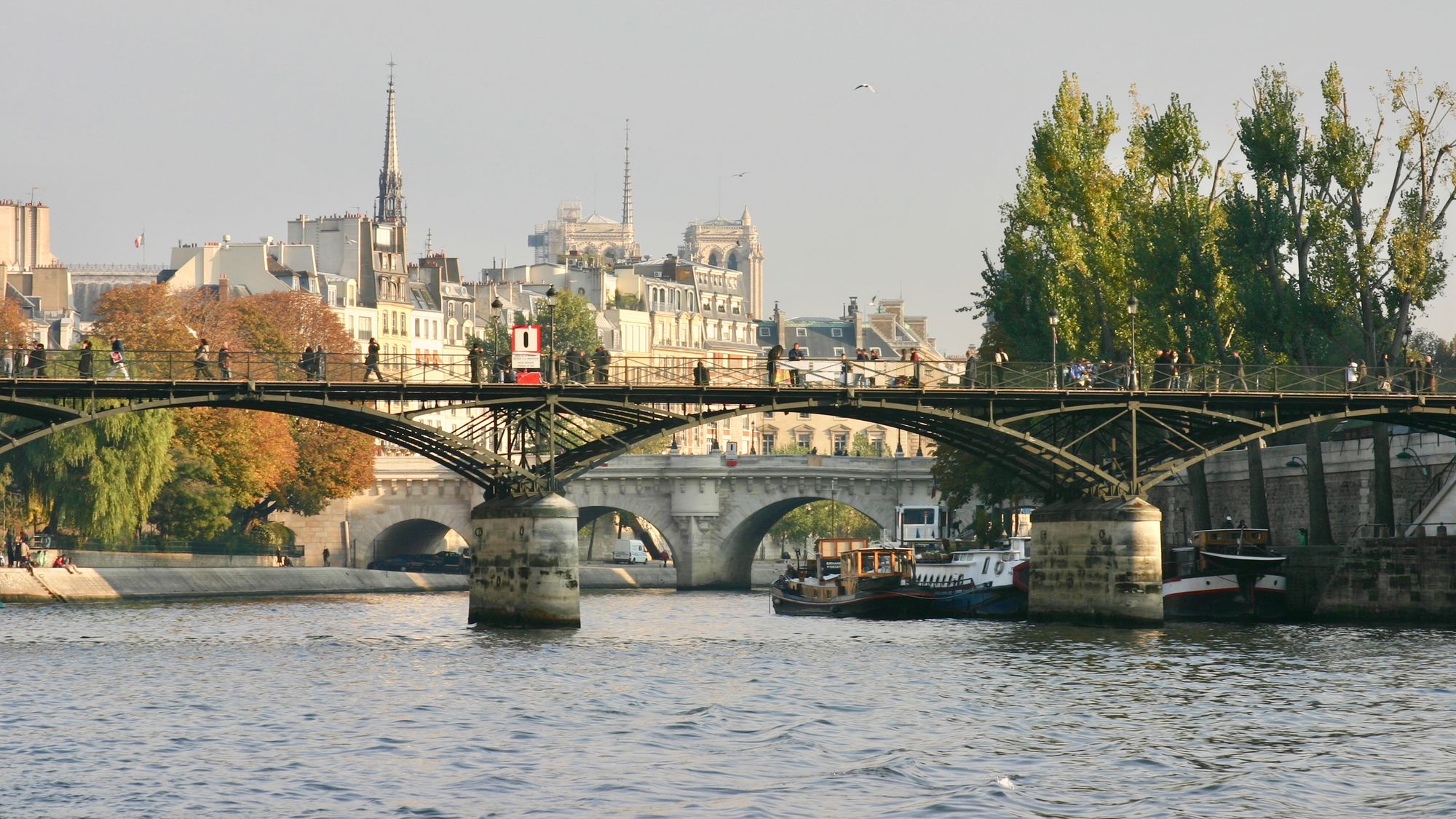
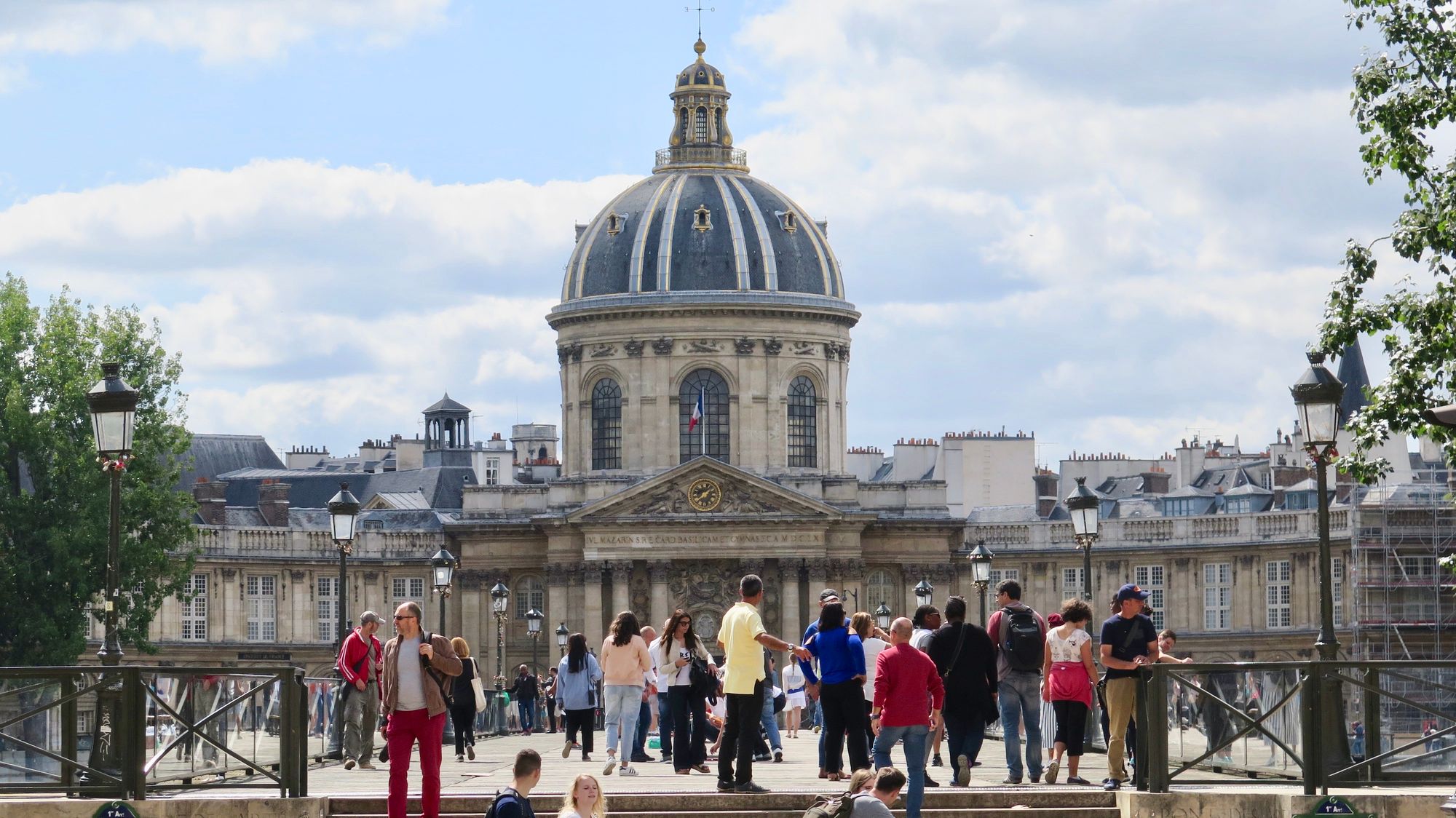
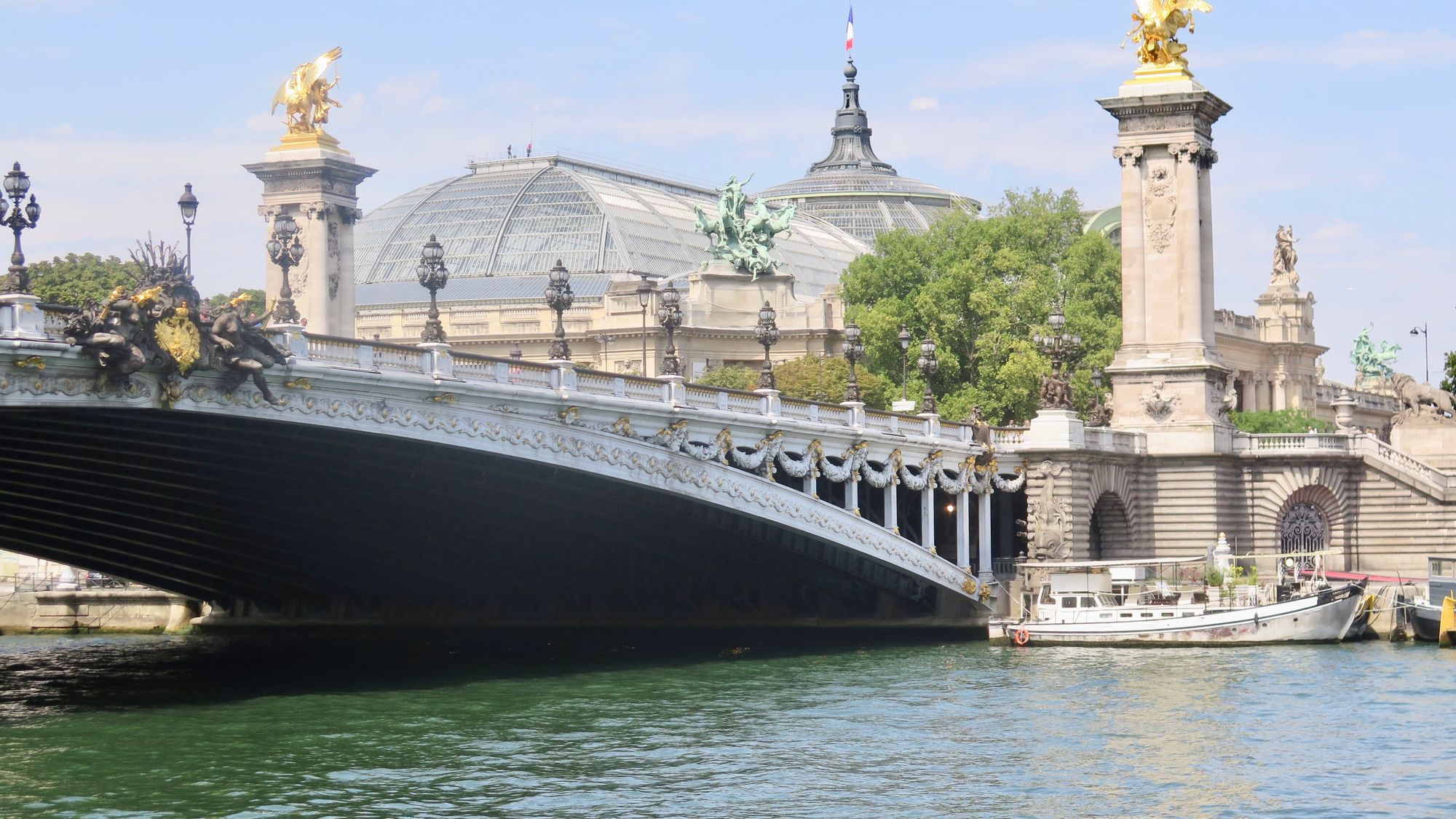
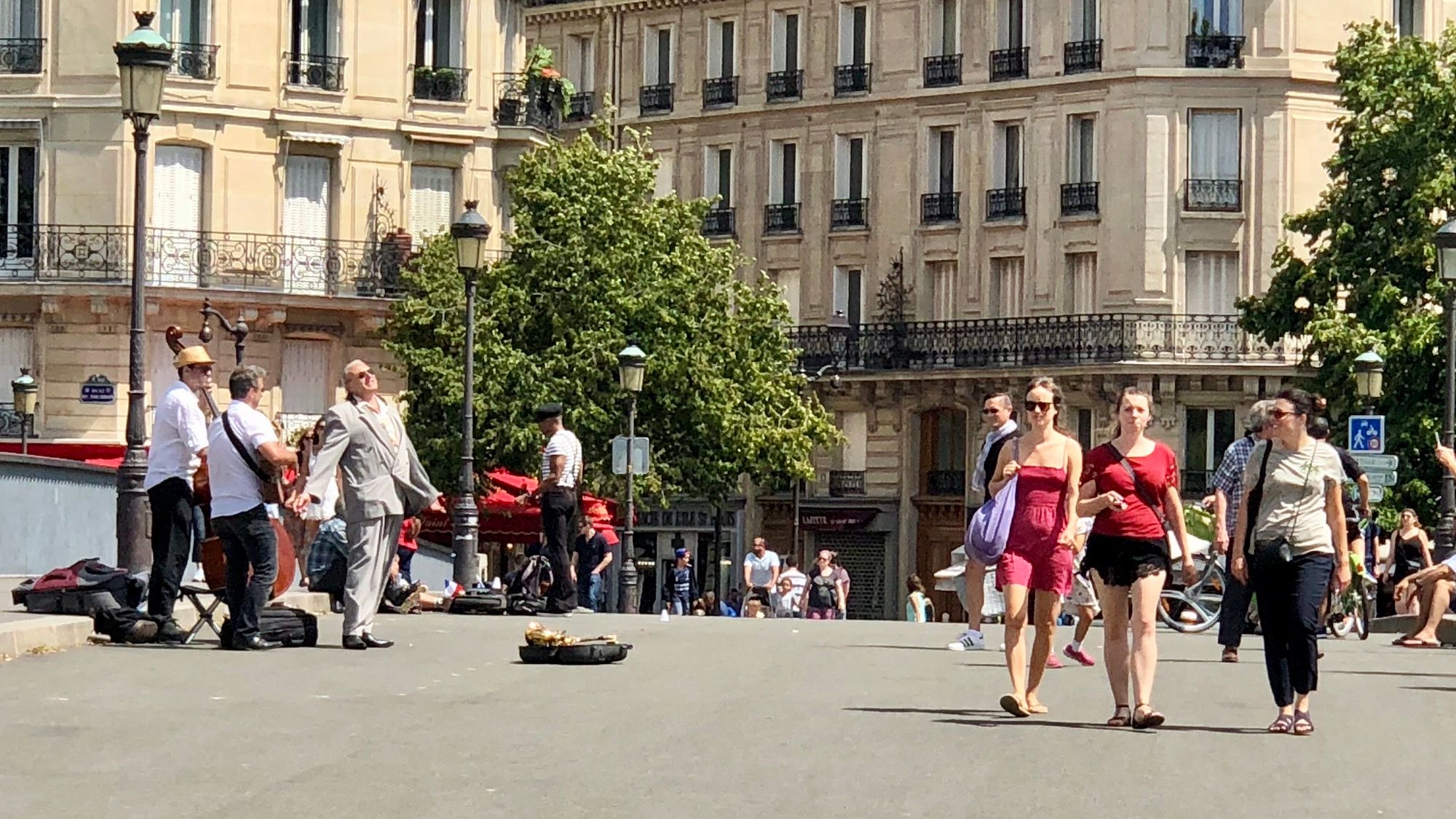
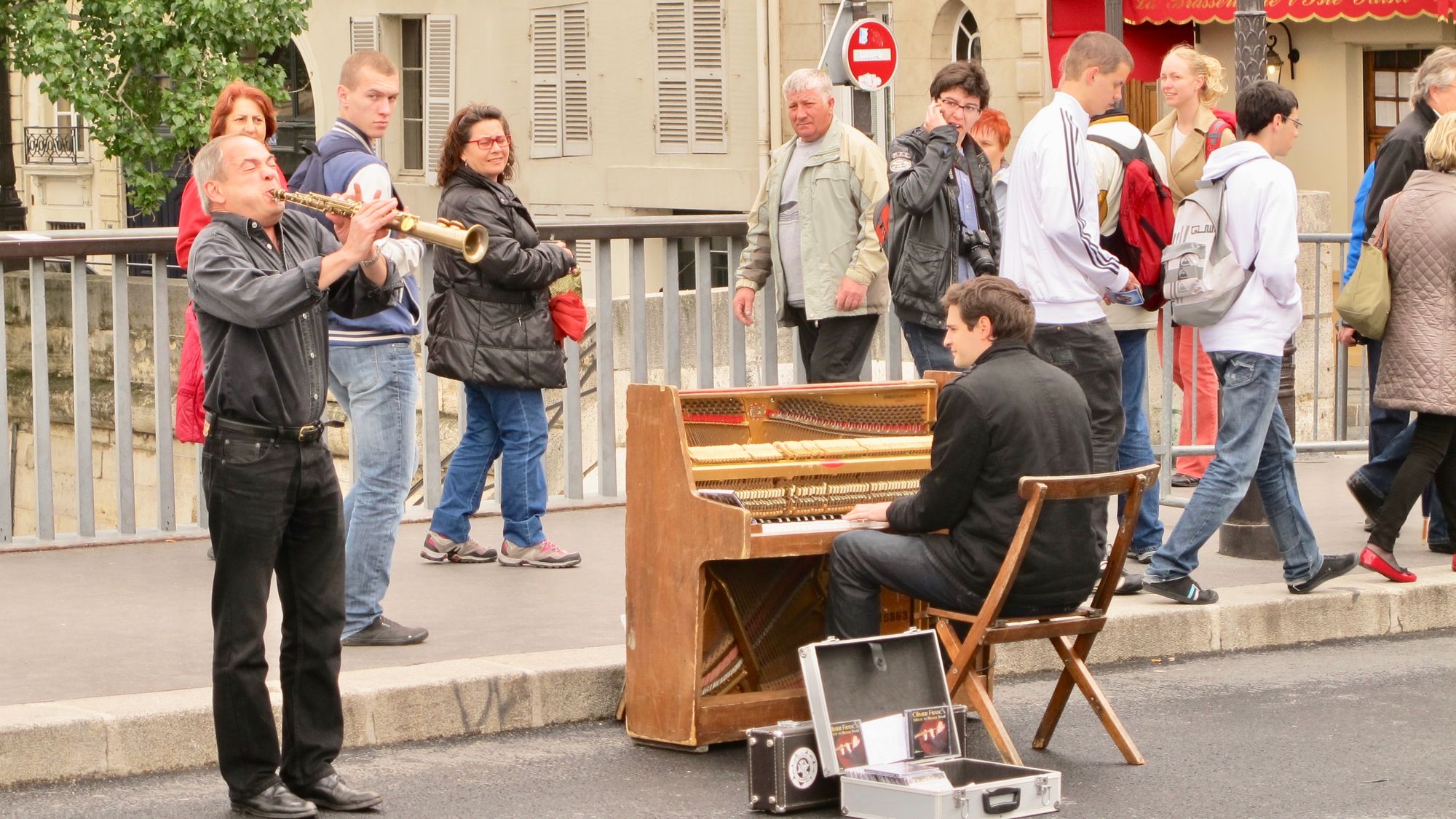
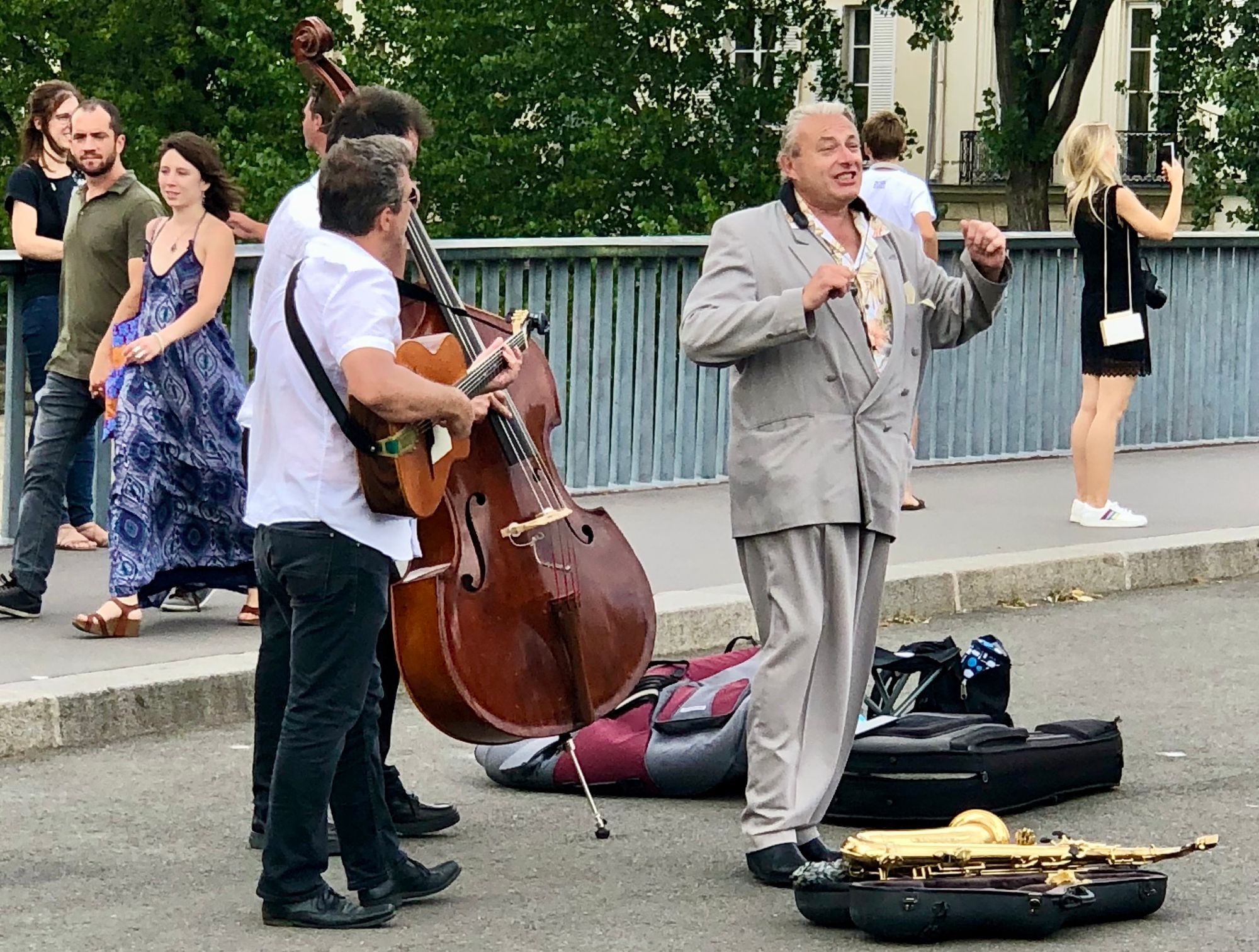
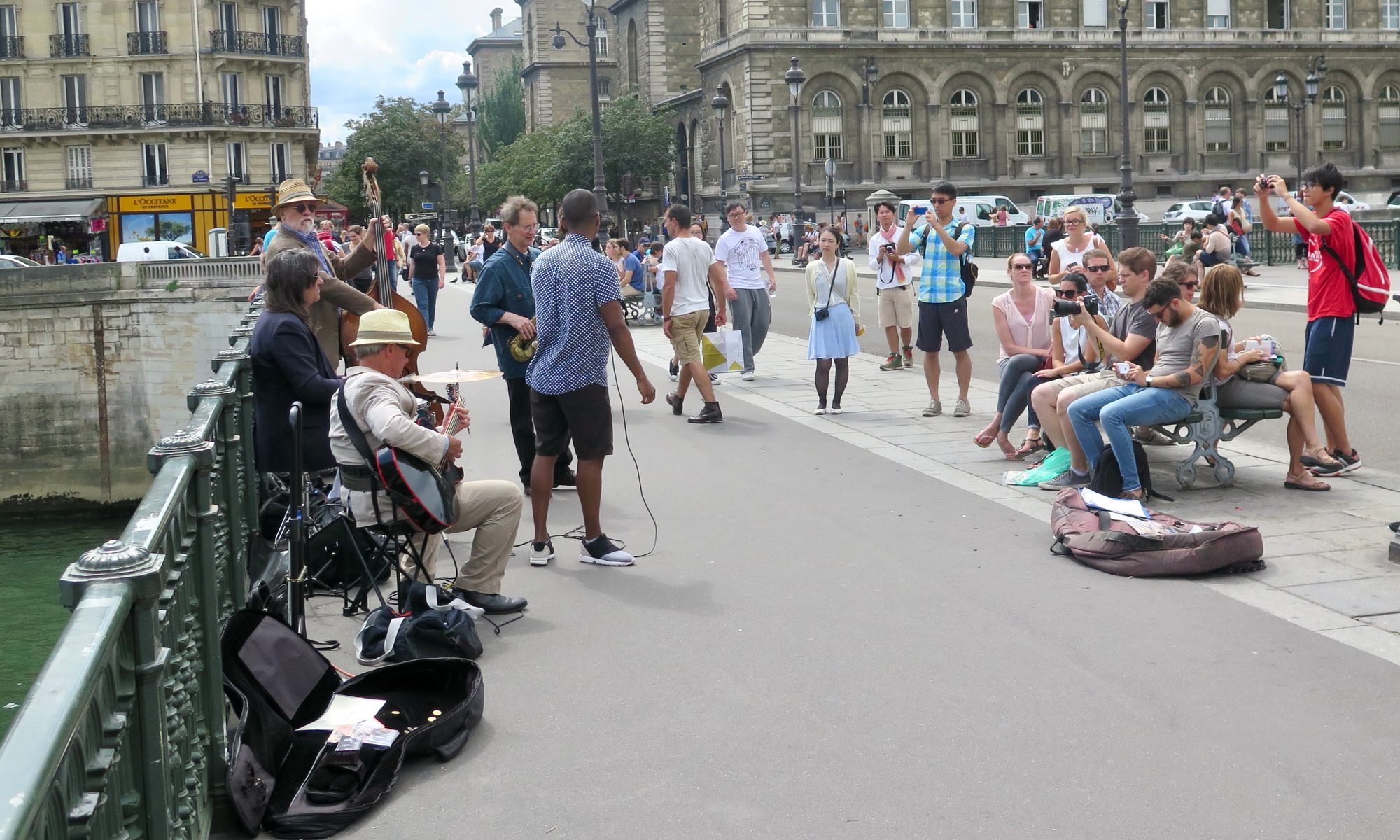
Other bridges also add to the waterfront experience in Paris.
Other Transformations
To add even more to the success along the Seine, the overly wide roads have been fundamentally changed. There, the priority has shifted to walking and biking — a feat accomplished by narrowing the roadway.
This change almost certainly improves access to the waterfront spaces in Paris (among other places), and is yet another example of a thoughtful and connected approach to public space activation.
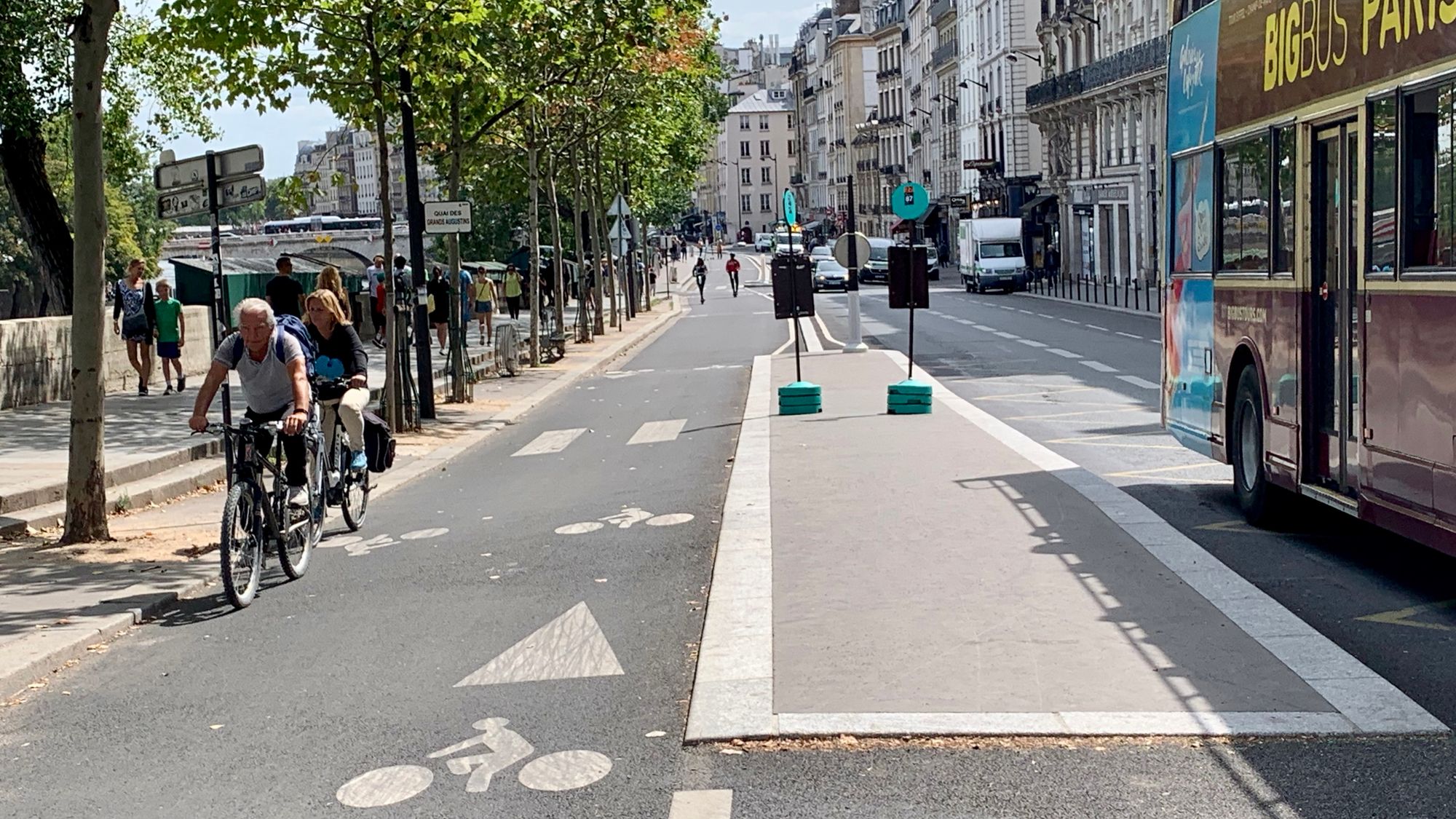
Bassin de la Villette
This most recent development of Paris Plage may well be its greatest and most impactful...especially for a city that is increasingly diverse and dynamic.
In 2006, this activity was extended to Bassin de la Villette where the most inventive of all the waterfront activations occurred in largely immigrant neighborhoods. Together this collection of program-led, temporary activations has created in a very short span of time what is, without question, the best waterfront in the world.
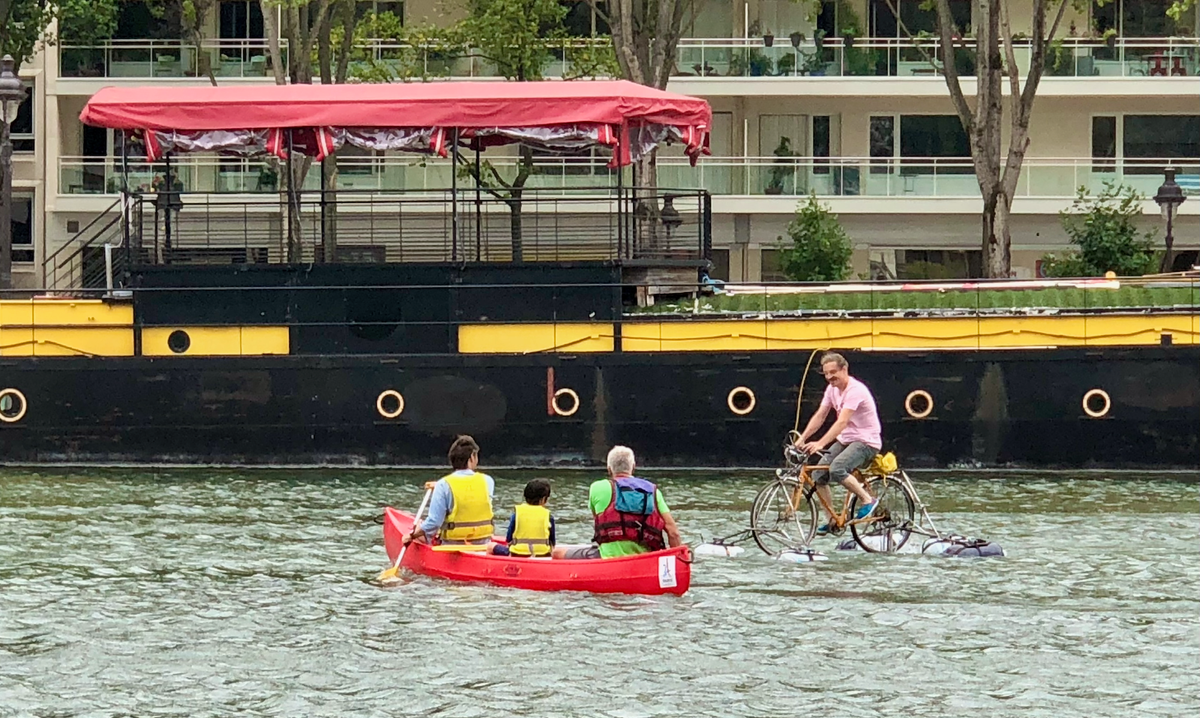
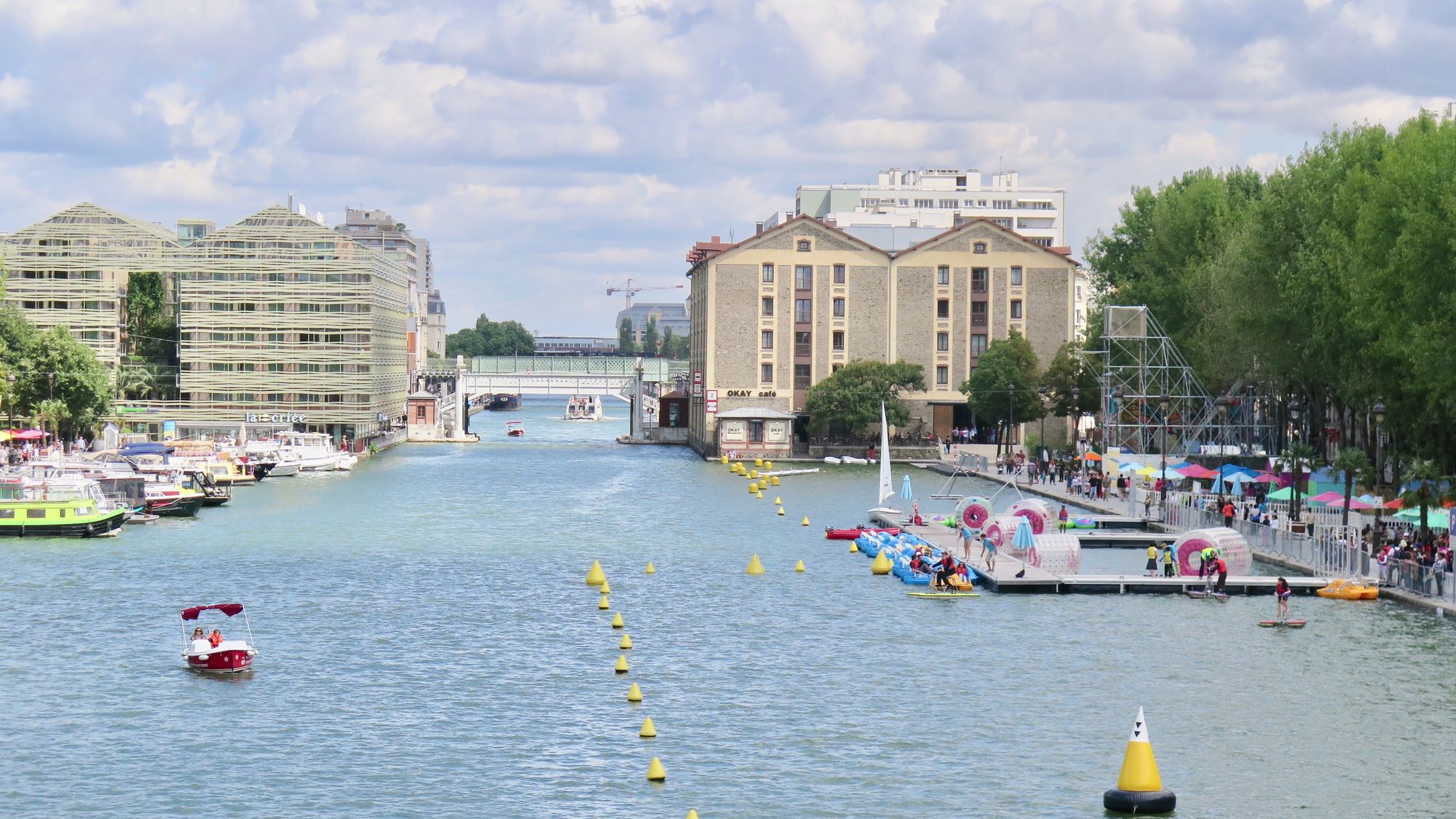
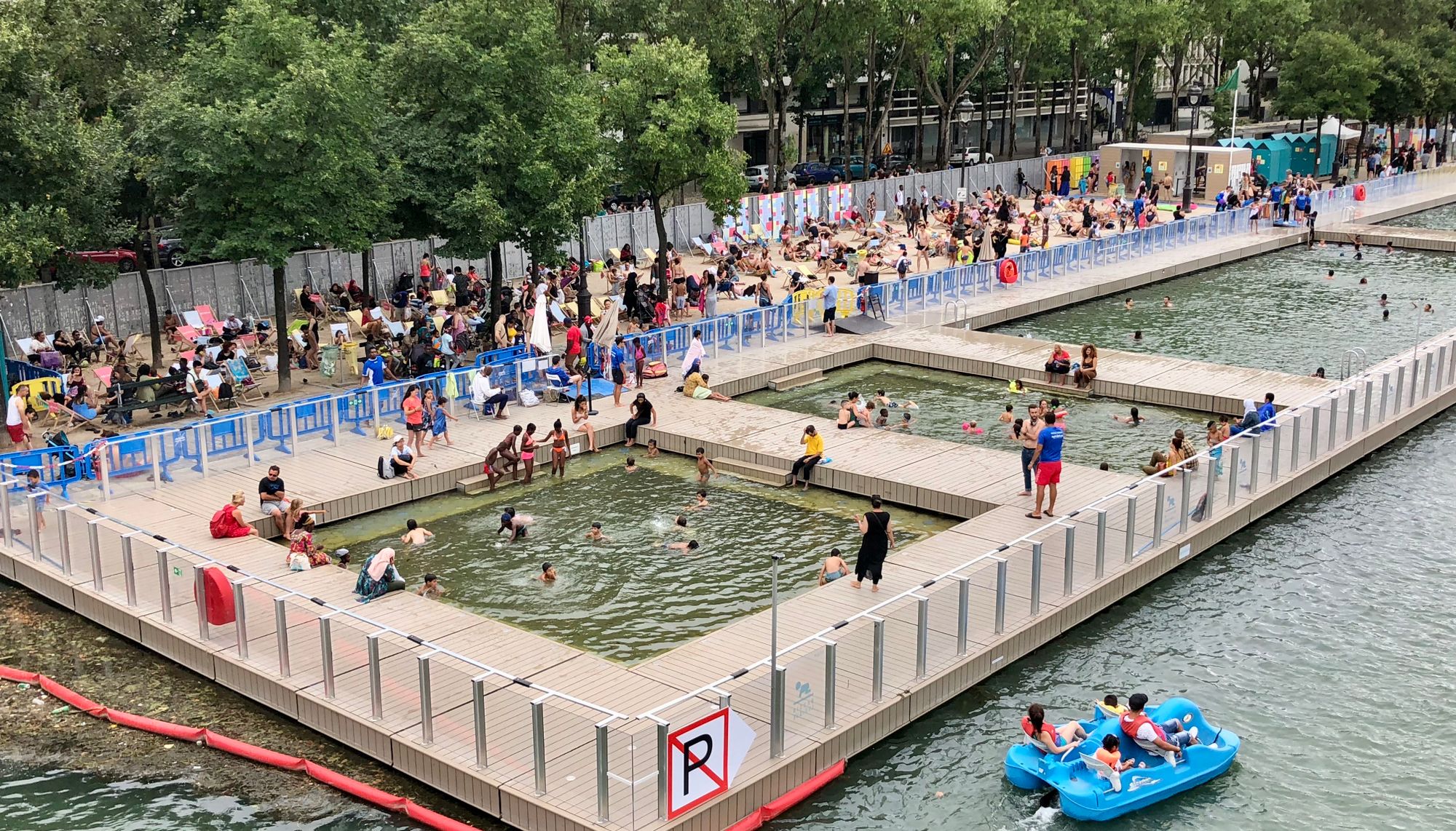
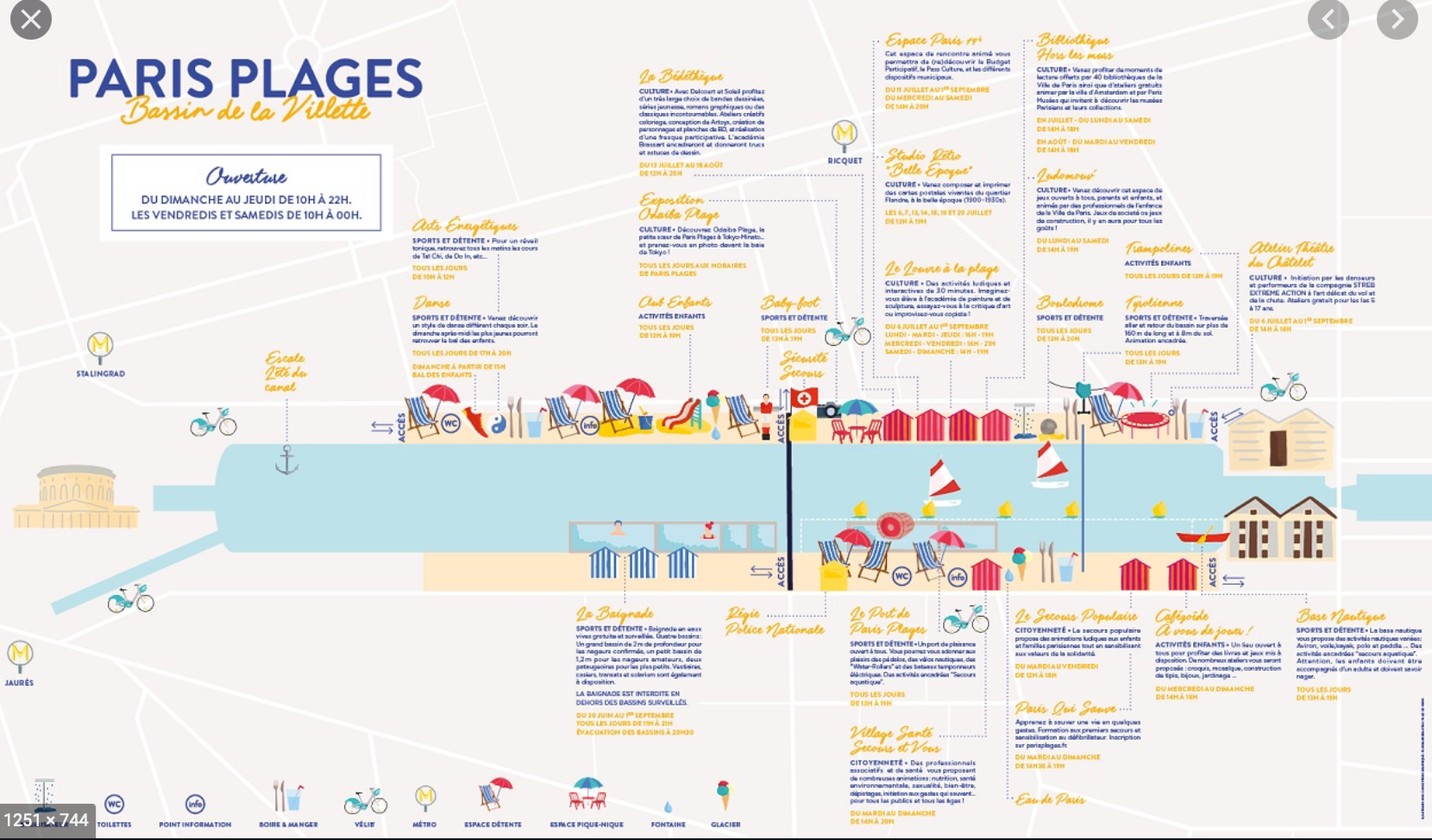
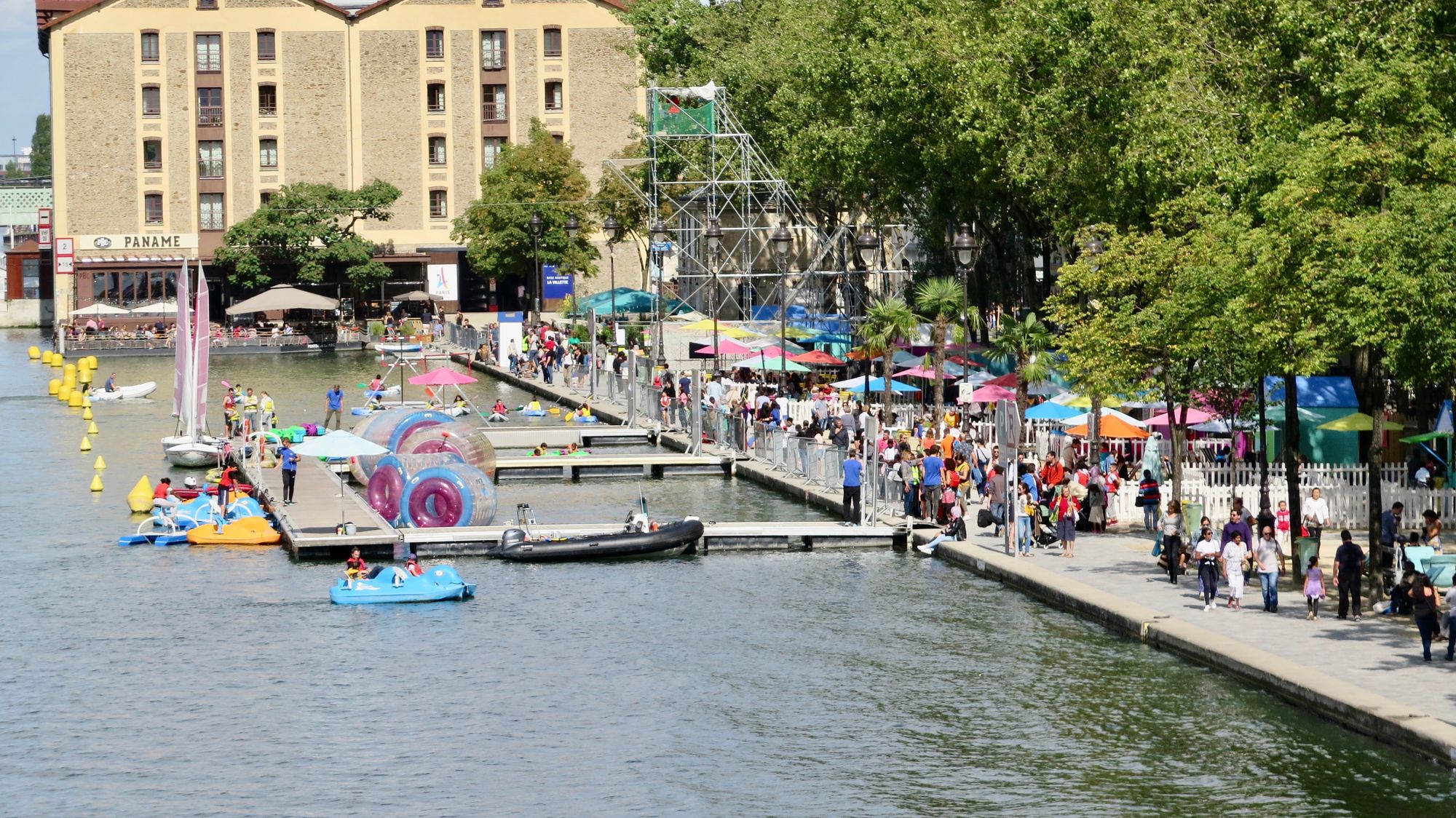
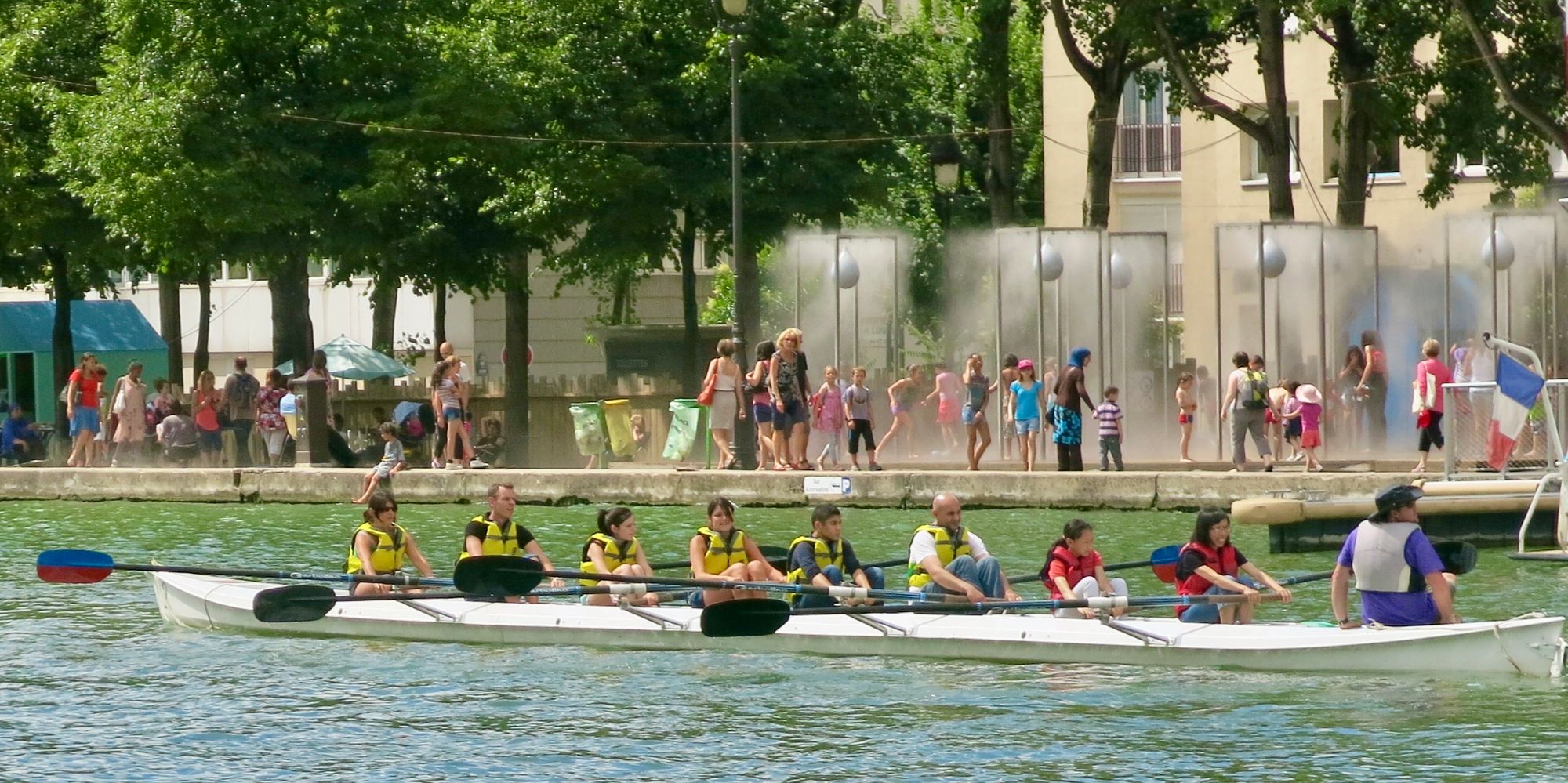
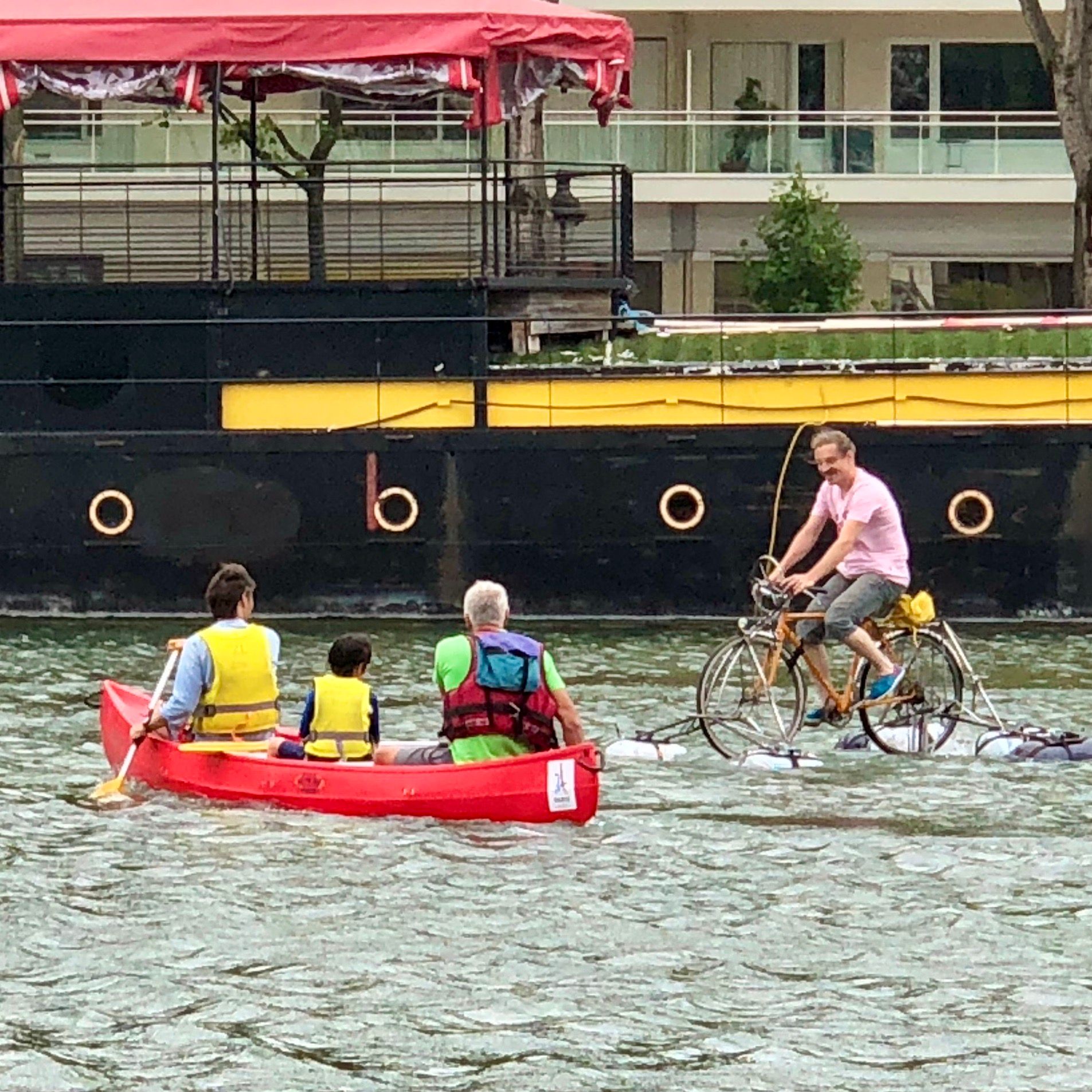
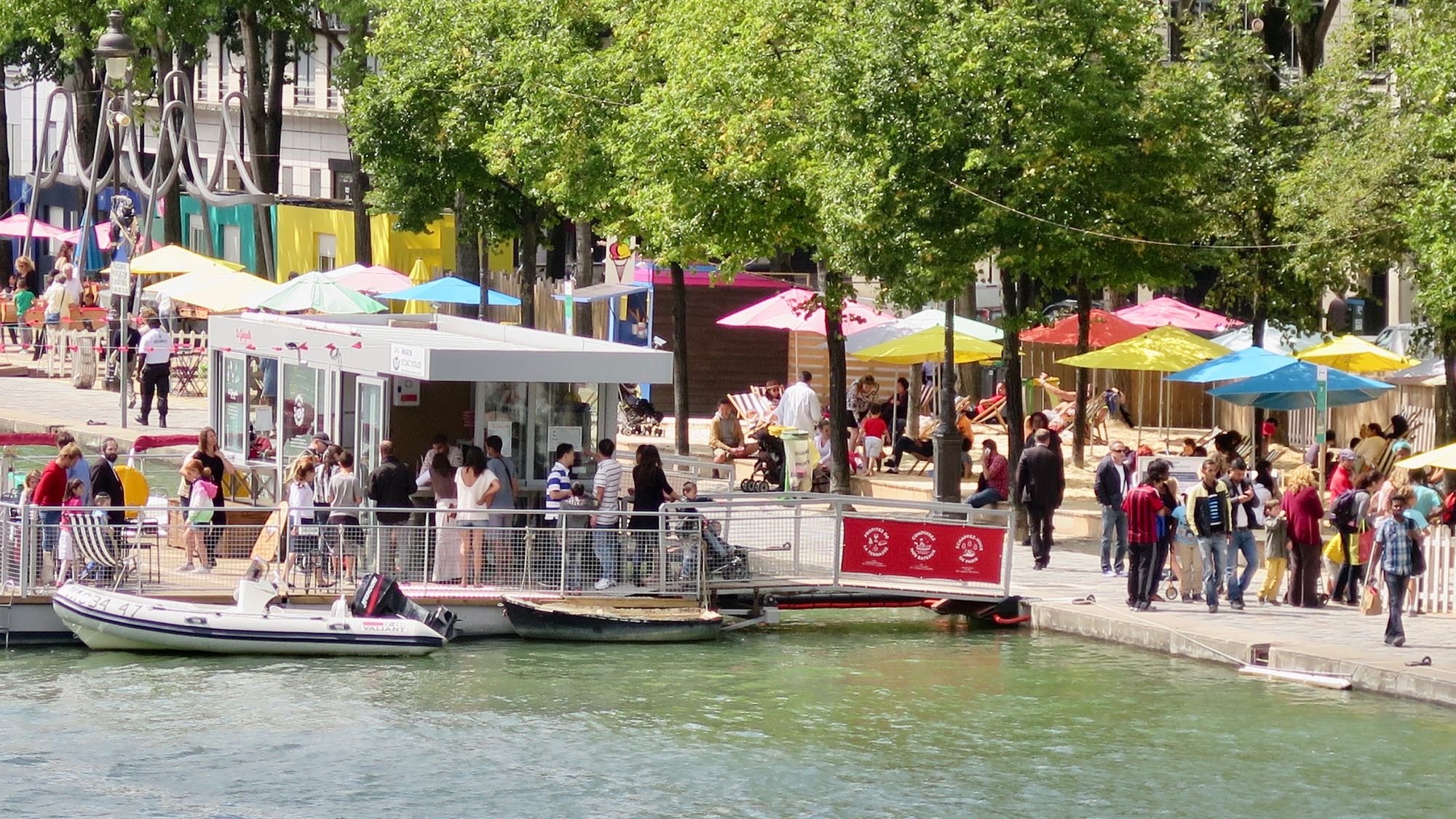
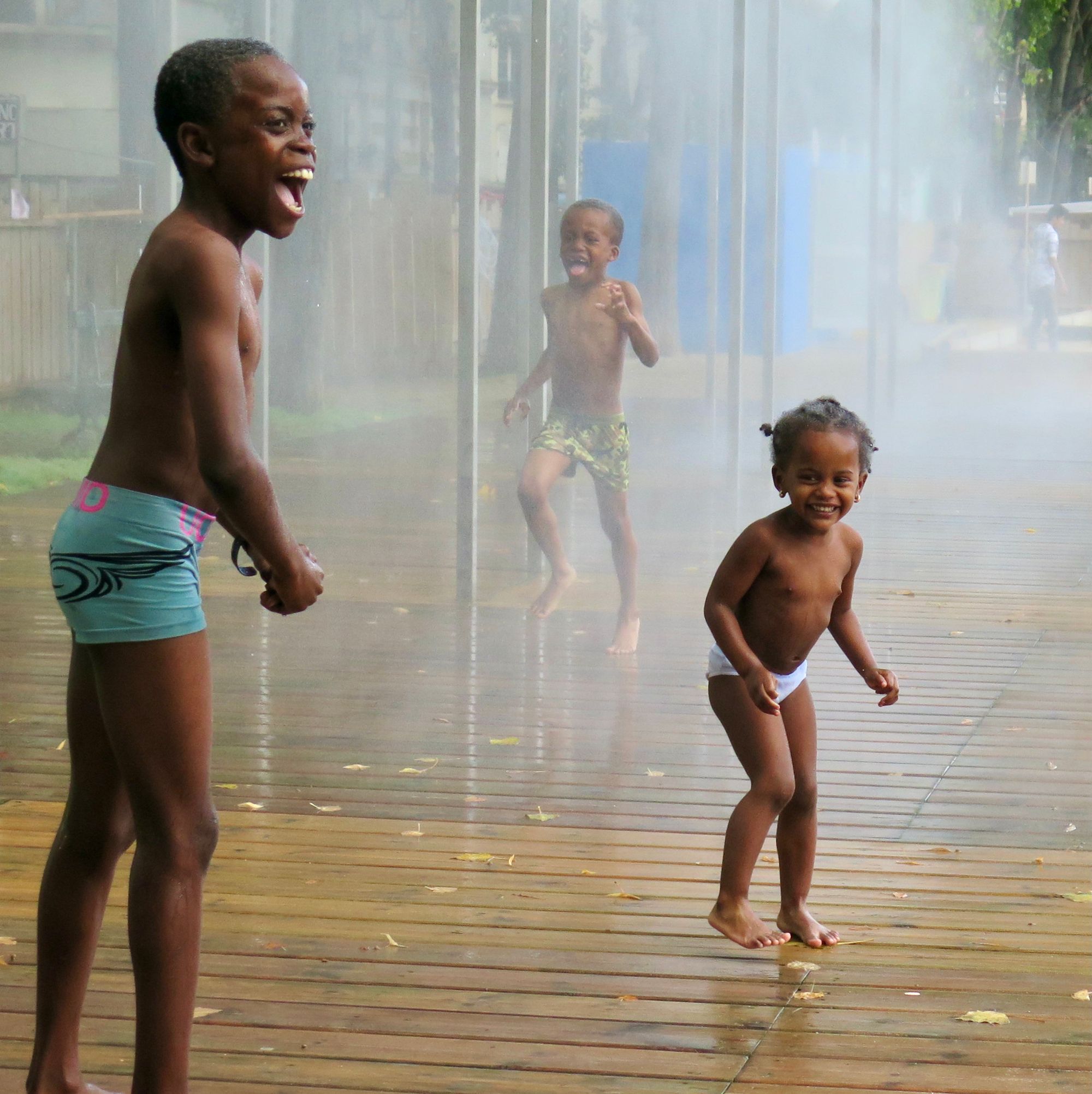
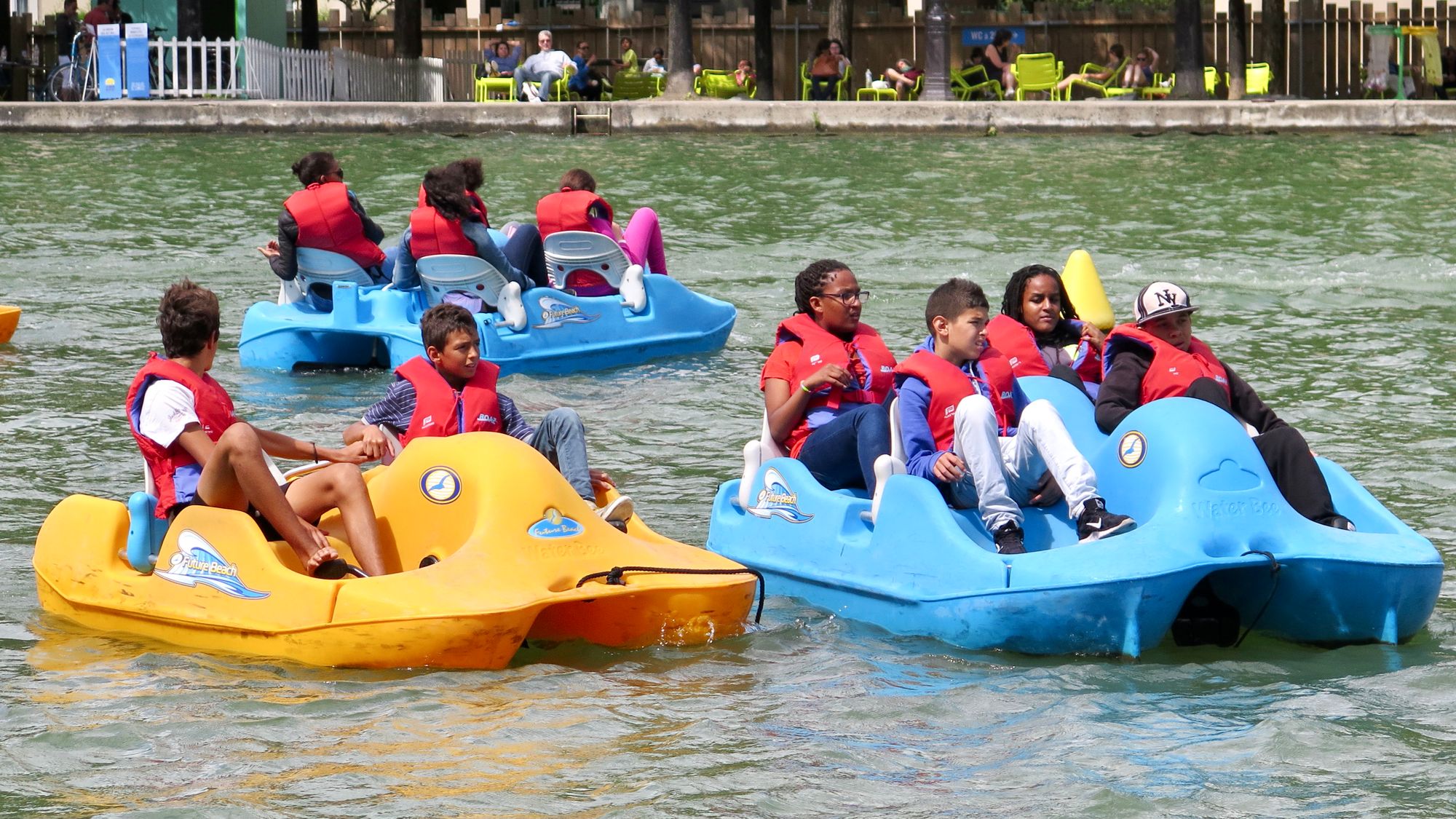
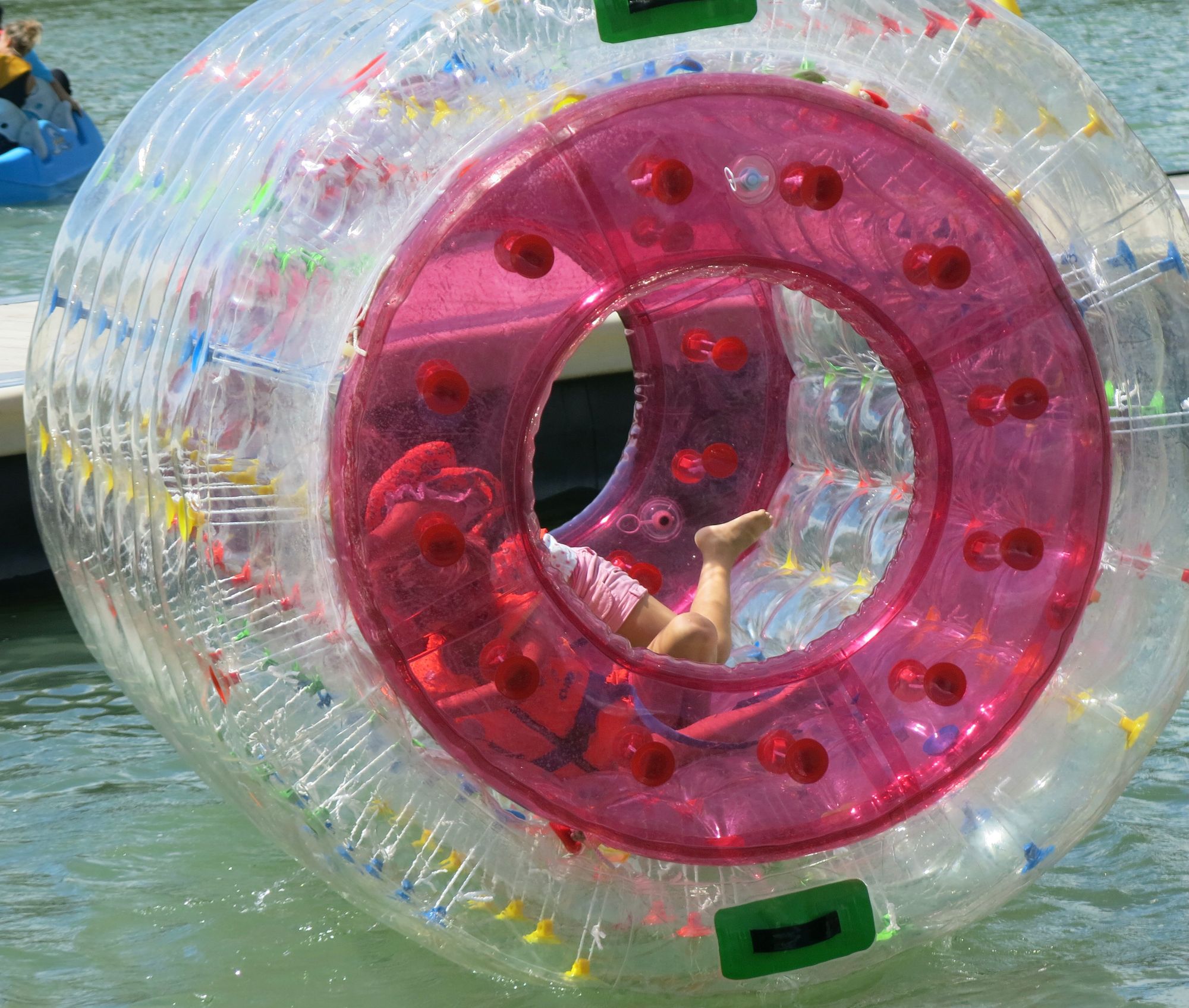
All kinds of water activities are part of the experience.
The Bassin de la Villette offers so many layered reasons to visit; from water activities to bountiful seating, eating, programming supported by local museums and other institutions... and just hanging out.
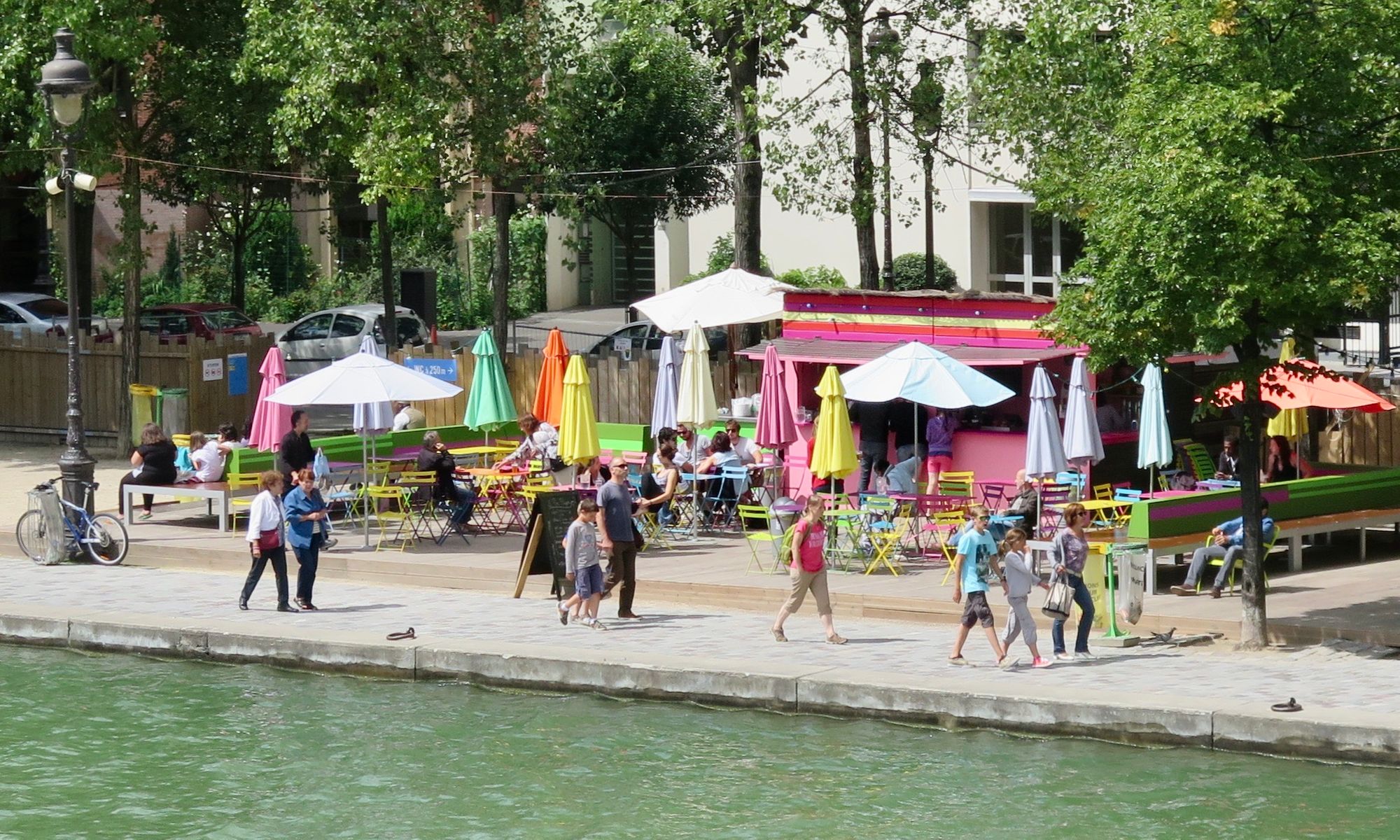
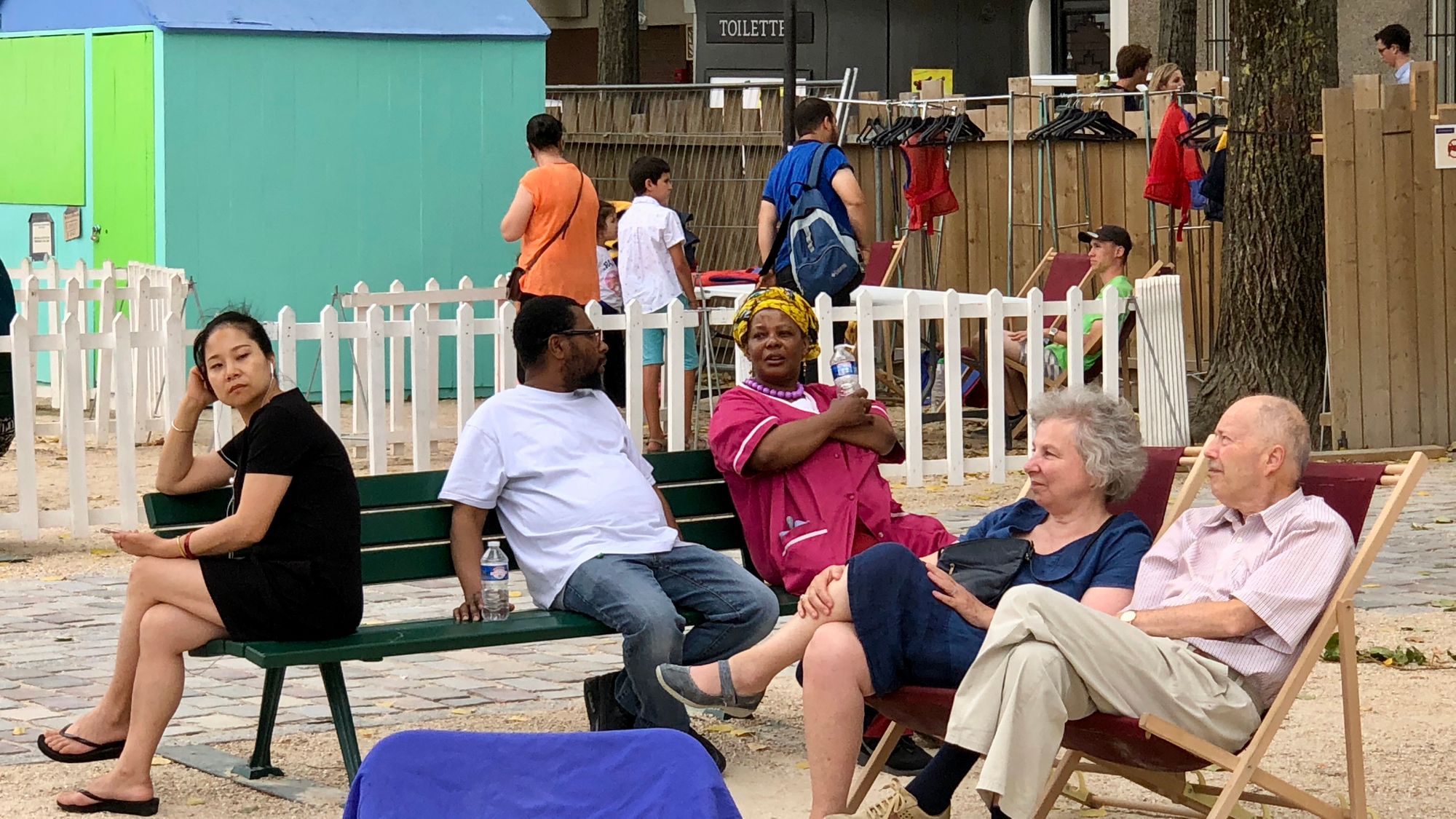
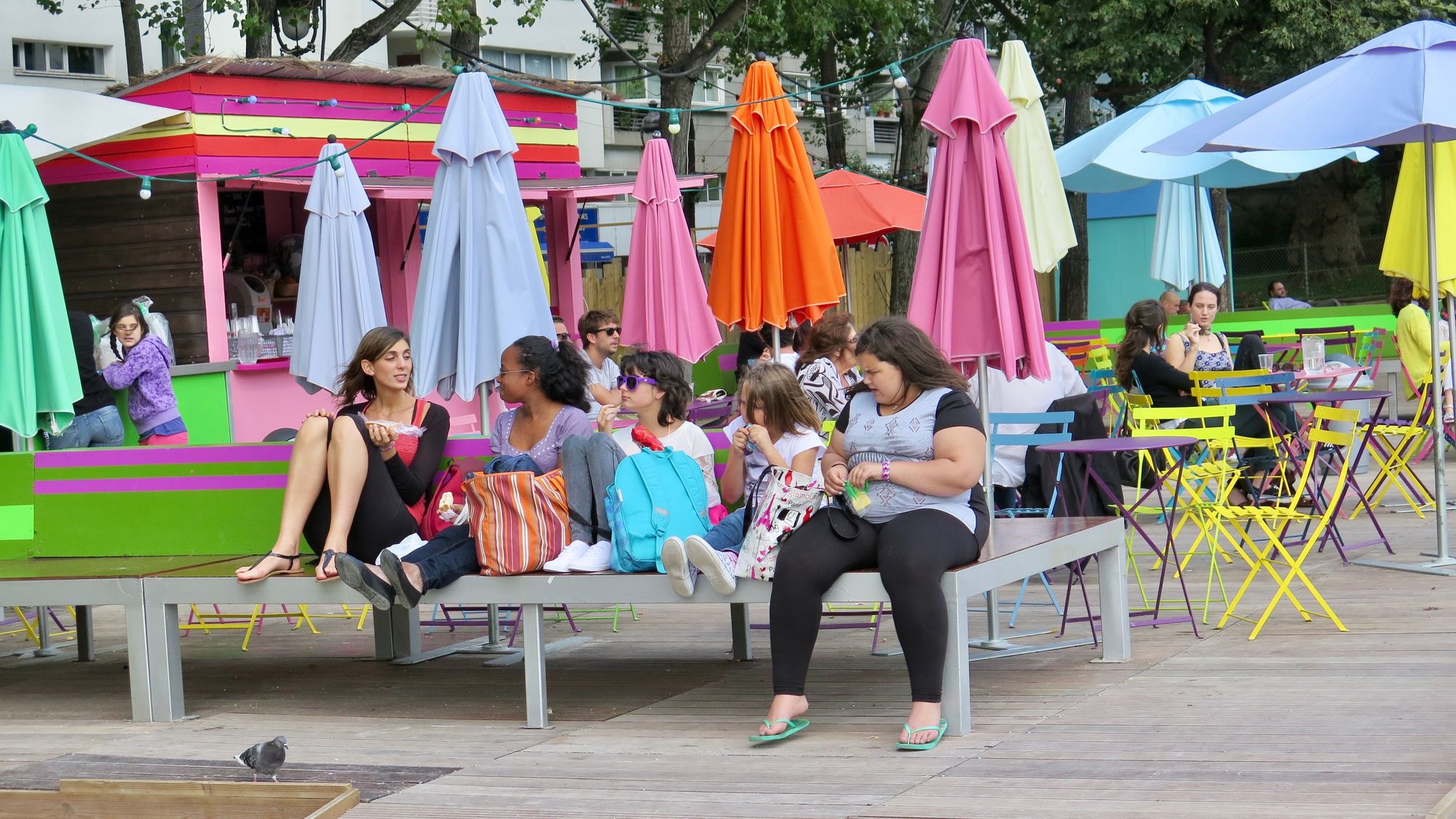
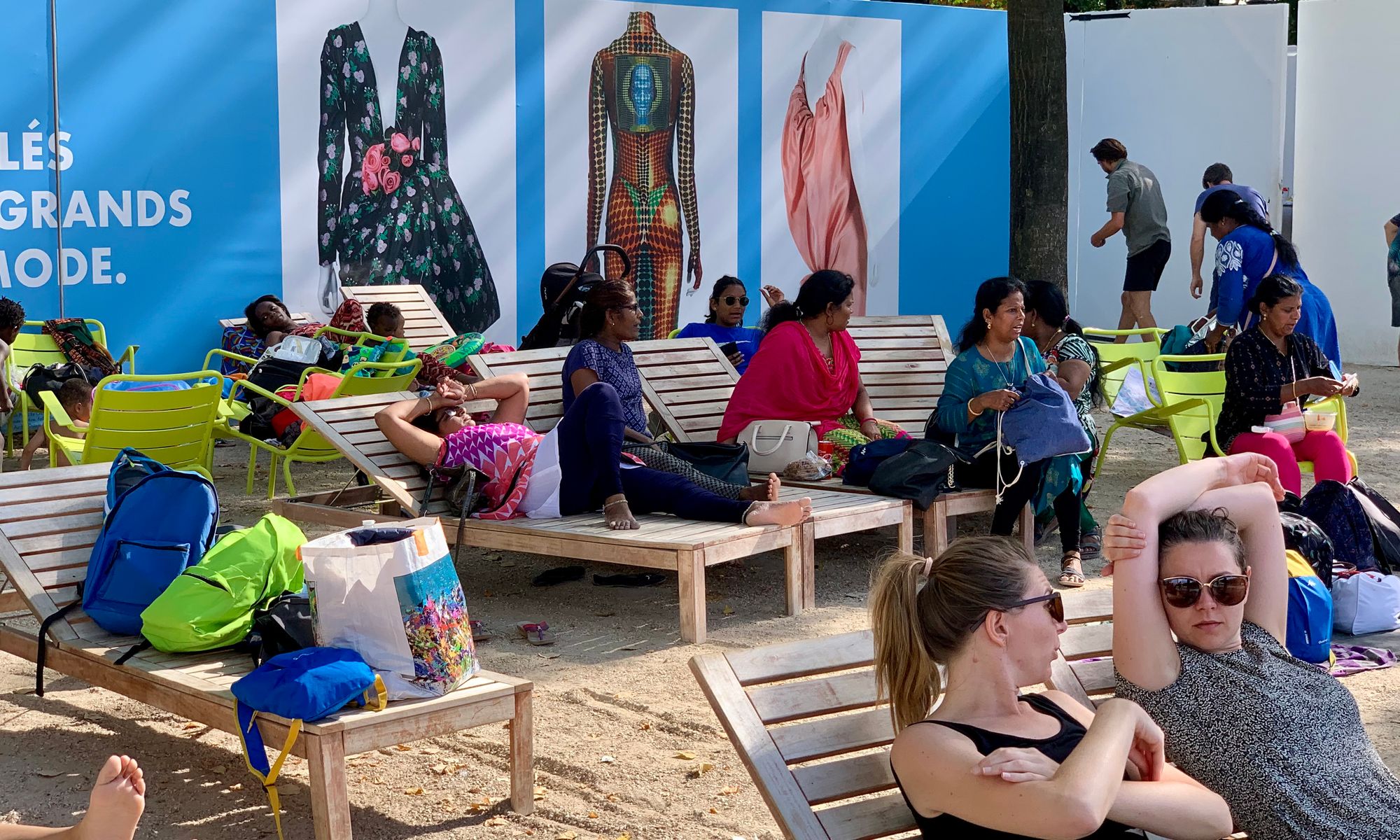
Casual seating is plentiful
The space has something for every energy level, from playful opportunities to cool off in the summer, to shady spots to lounge and chat. Visitors are made to feel welcome by the sheer abundance of ways to enjoy all of the social life taking place in the Bassin de la Villette.
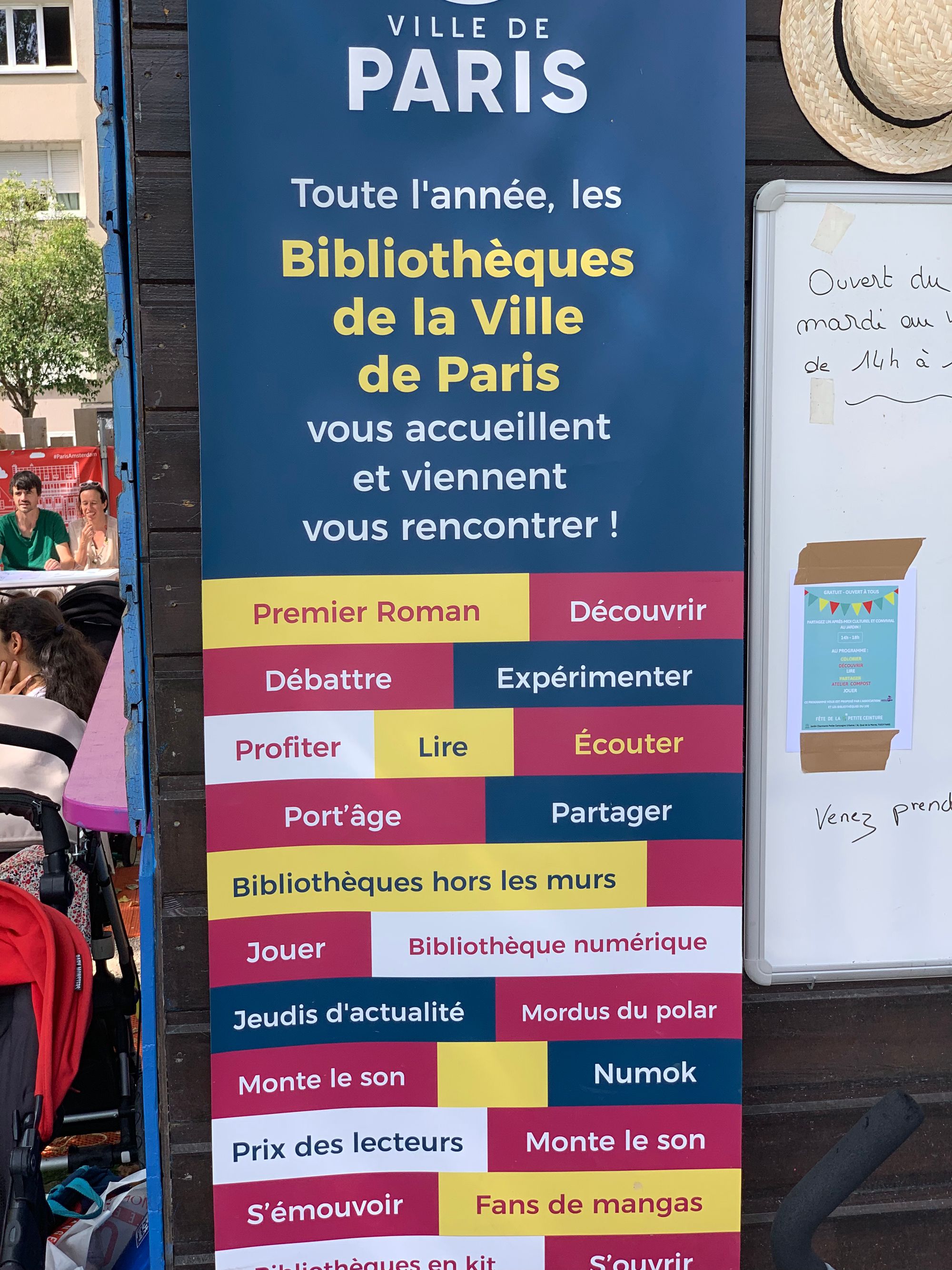
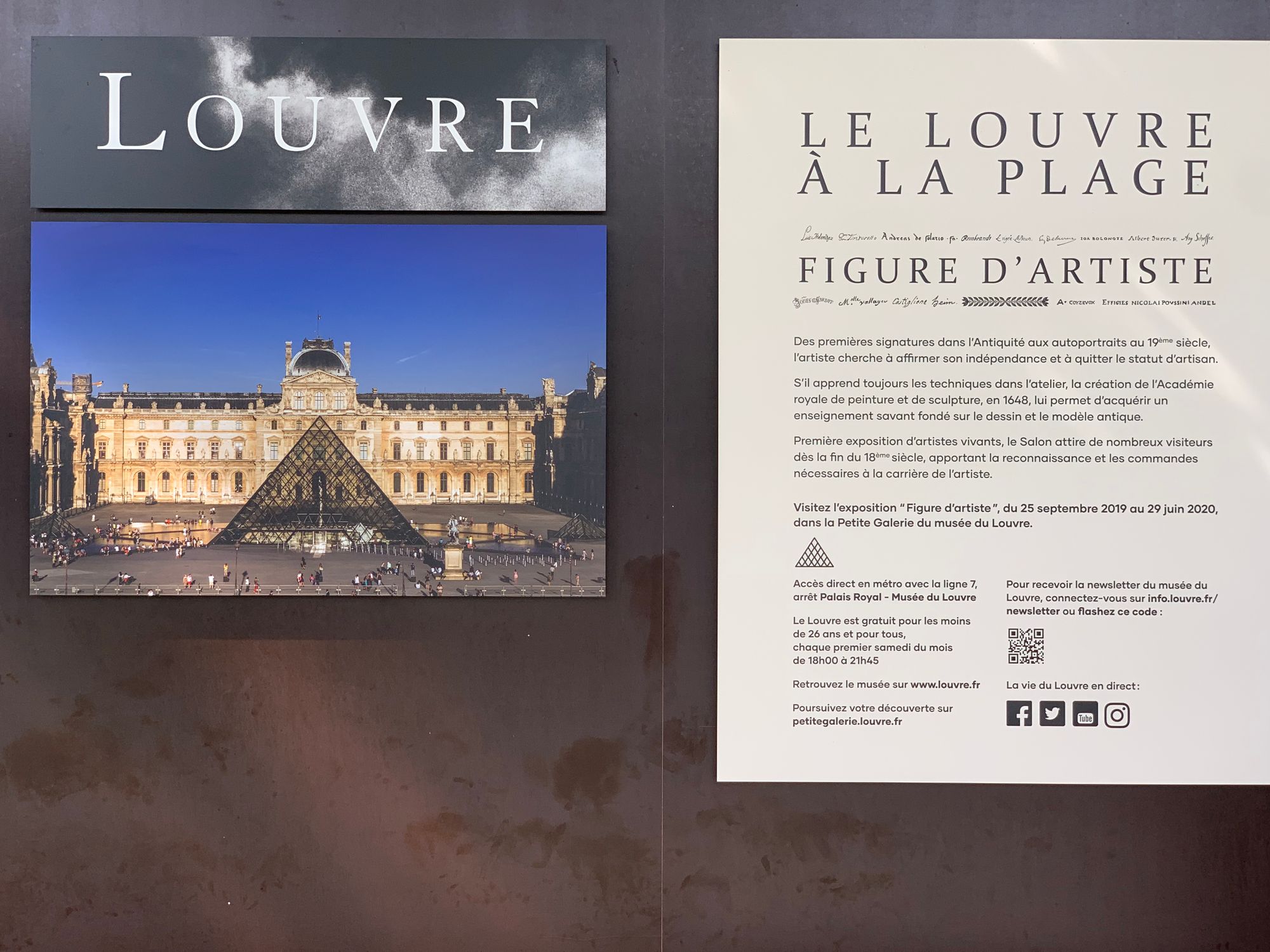
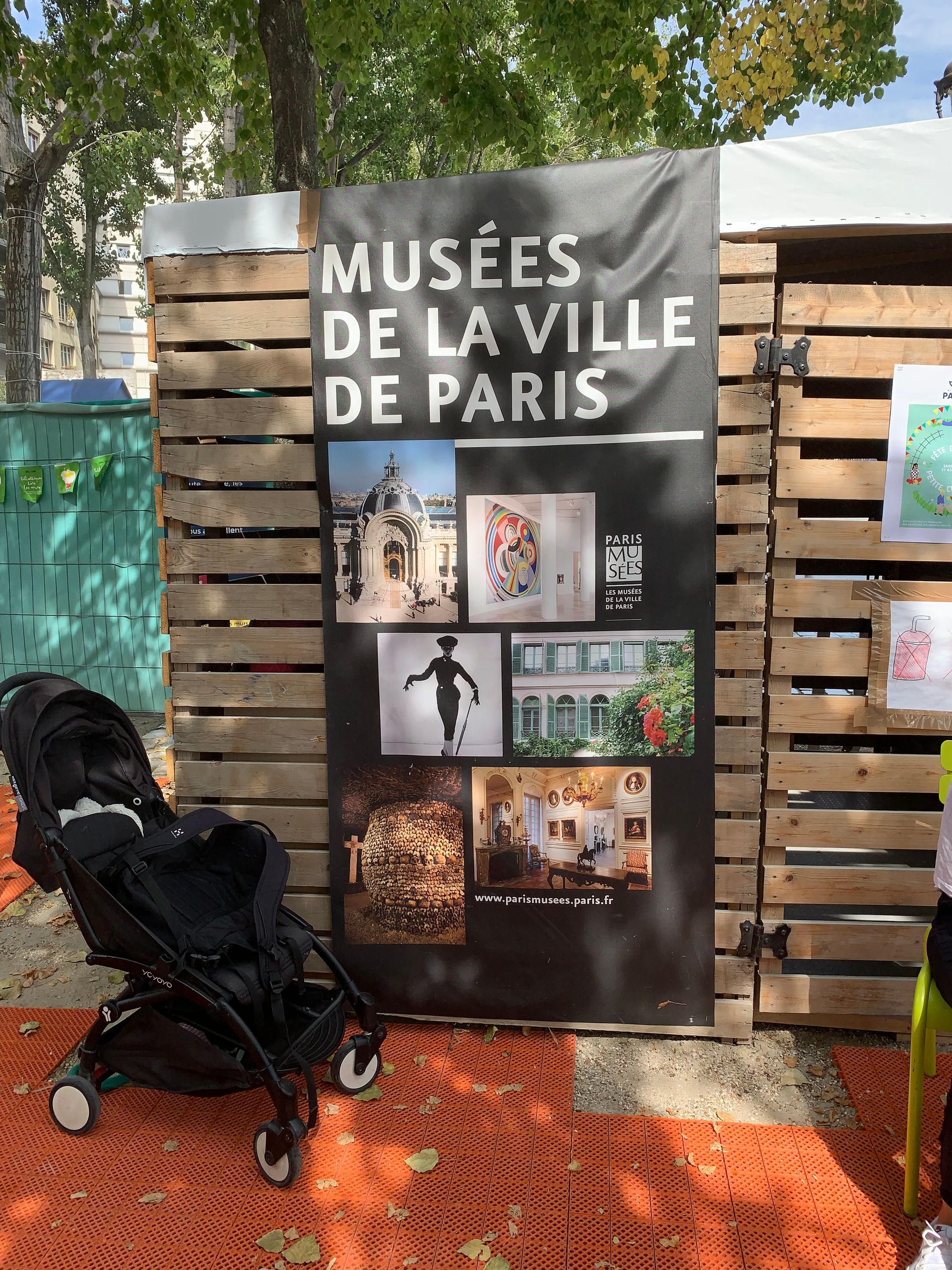
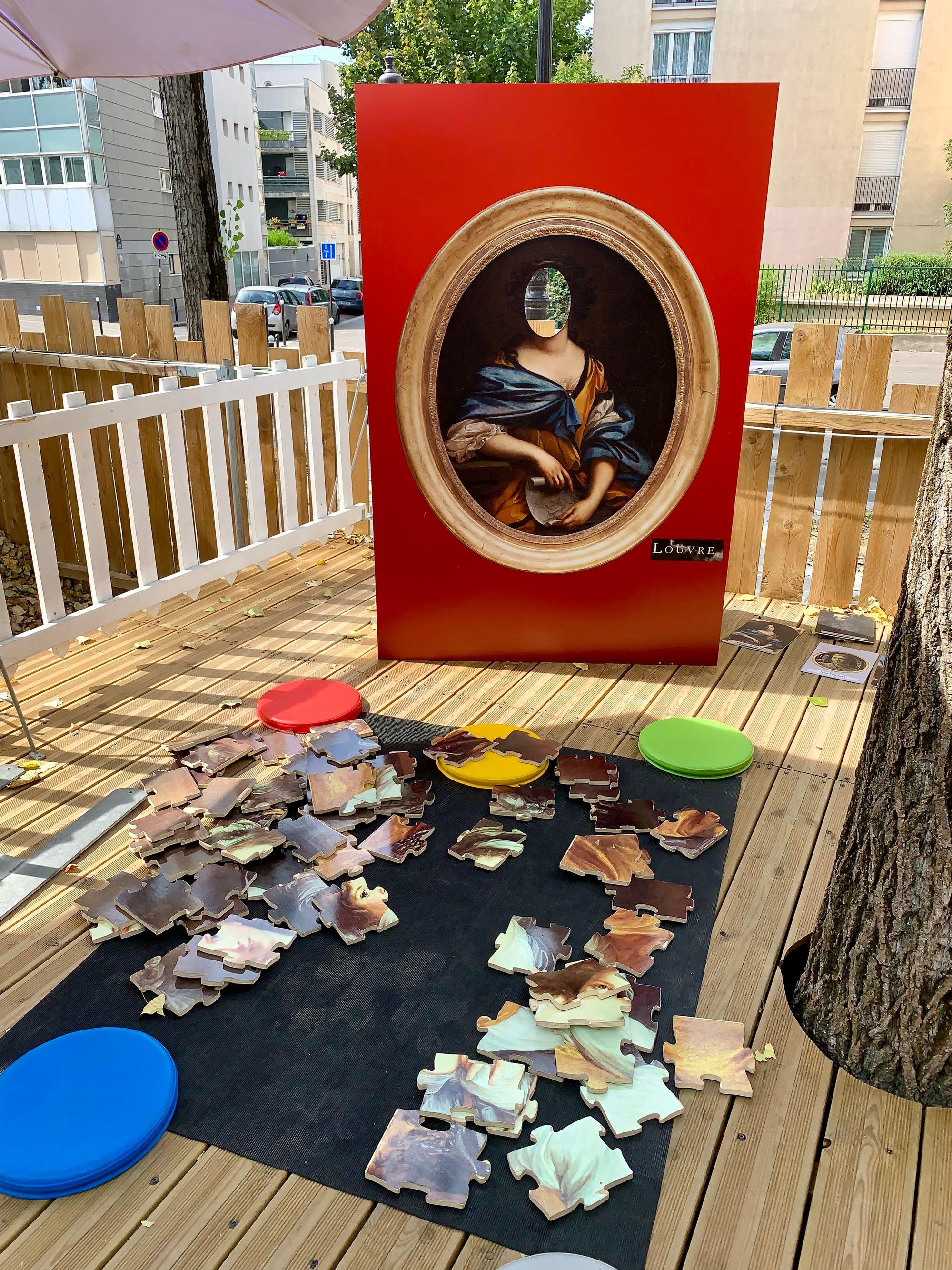
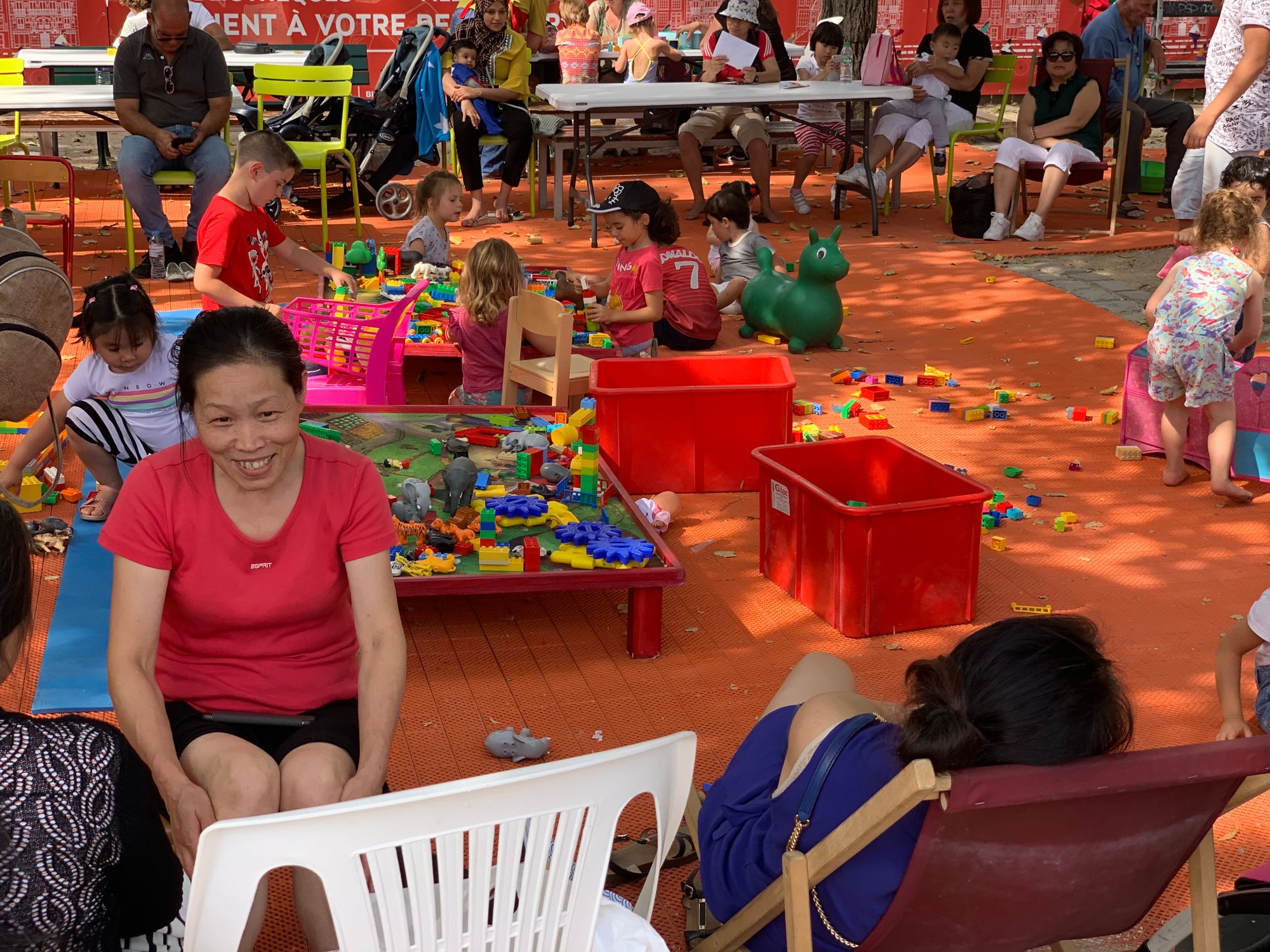
City institutions are present and play an important role
Takeaways: Elements of Success
Paris Plage sets a high standard for other cities around the world to emulate. But why? What makes this waterfront so special, and why does Paris come up again and again as a leader in creating great places?
- These Paris Plage interventions challenge the idea of iconic design as a way for cities to show off, by instead centering the creation of iconic places.
- It also shows how programming done with thoughtful designs can elicit a joyous result for everyone.
- These activations can be done (or emulated) quickly and adapted to attain the best results.
- Improvisation is a dynamic part of each area and creates results that are unique for each section of each waterfront.
- As a temporary annual event, the Paris Plage is refreshed every year. The best parts are repeated and improved, based on the year before.
- People of all ages and backgrounds are comfortable and engage with one another in these spaces.
- Nearby bridges and street spaces meaningfully support the social life that happens along the waterfront.
These waterfront spaces in Paris feel as though they have become a basic part of Parisian life; all because for the last 20 years Paris has been determined to provide a bountiful social life for visitors and residents. Since beginning with the Paris Plage, the City has continued on a trajectory that keeps building on and exceeding previous successes — we remain excited to see where this journey goes next.
Share with others, comment, add to the discussion. This post will continue to evolve. hello@placemakingfund.org
Related Articles
- Capitalizing on the Appeal of Waterfronts: 11 of the Best
- Three Iconic Waterfronts—Two of World's Best, and One that Fails Miserably
- A Great European Waterfront Few People Know About
- Passeggiata: An Exuberant Italian Custom We Should All Adopt
- Is Vancouver Losing Its Soul?



